1888
Albert Ramminger (1851-1898), a vocational school teacher in Tauberbischofsheim since 1876, set up his own business.
From 1890, Ramminger & Stetter, a predecessor of VS, was manufacturing the patented Columbus school bench in Tauberbischofsheim – a robust item of furniture with cast iron side pieces and movable pendulum seats.
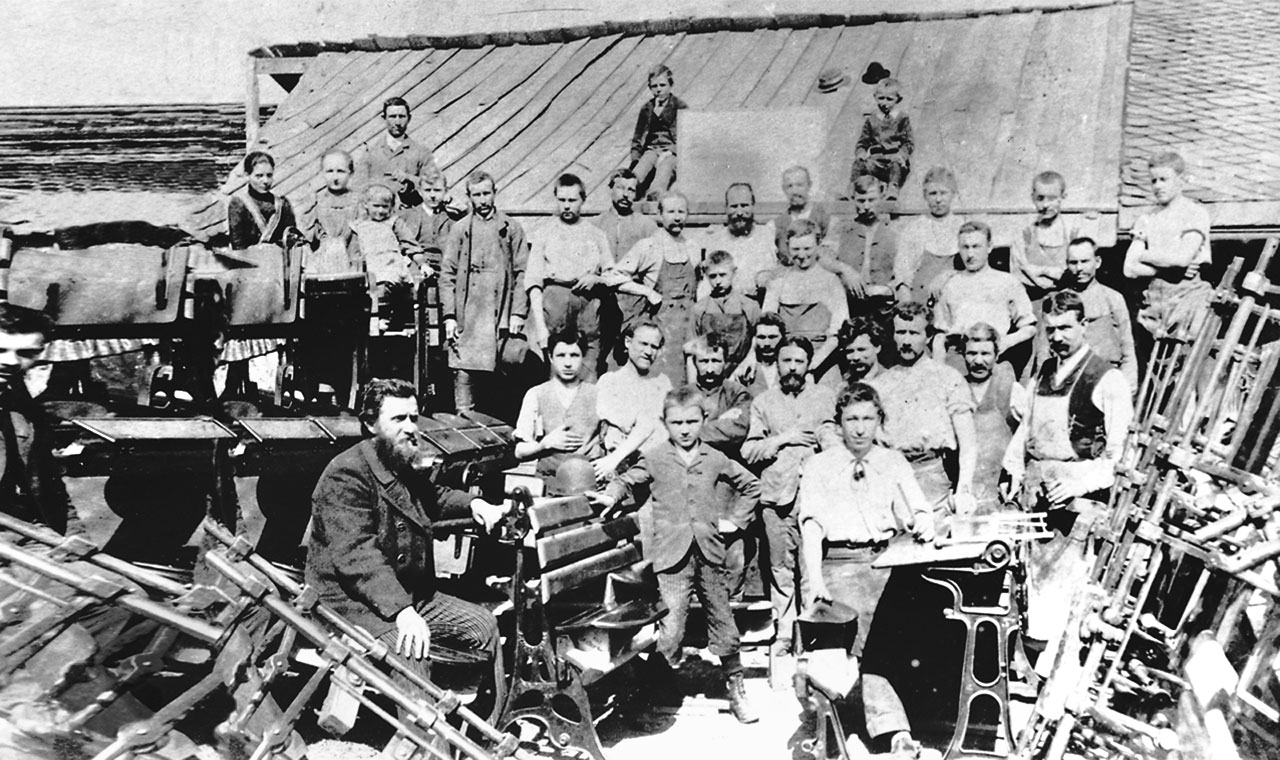
Albert Ramminger (1851-1898), a vocational school teacher in Tauberbischofsheim since 1876, set up his own business.
Ramminger and his brother-in-law, Konrad Stetter, operated a steam joinery in a newly erected factory. This was the beginning of the Columbus school bench production.
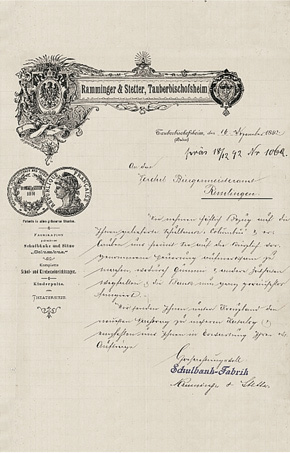
The Columbus school bench was awarded a gold medal at the inventors’ fair in Paris.
Ramminger & Stetter opened a branch in Stuttgart. The firm’s administration was moved to Stuttgart, the manufacture of school benches remained in Tauberbischofsheim.
A large order received from the Tauberbischofsheim evangelical church meant that Ramminger & Stetter were employing many more people. The firm carried out all the joinery and installation work and manufactured the benches for the church.
By far the most successful school bench in Germany: the Rettig bench, conceived by architect Wilhelm Rettig. The heightened footrest made getting into and out of the school bench much simpler. Thus space was saved and folding seats no longer needed. The Berlin firm of P. Johannes Müller & Co, workshops for school equipment, held the patent.
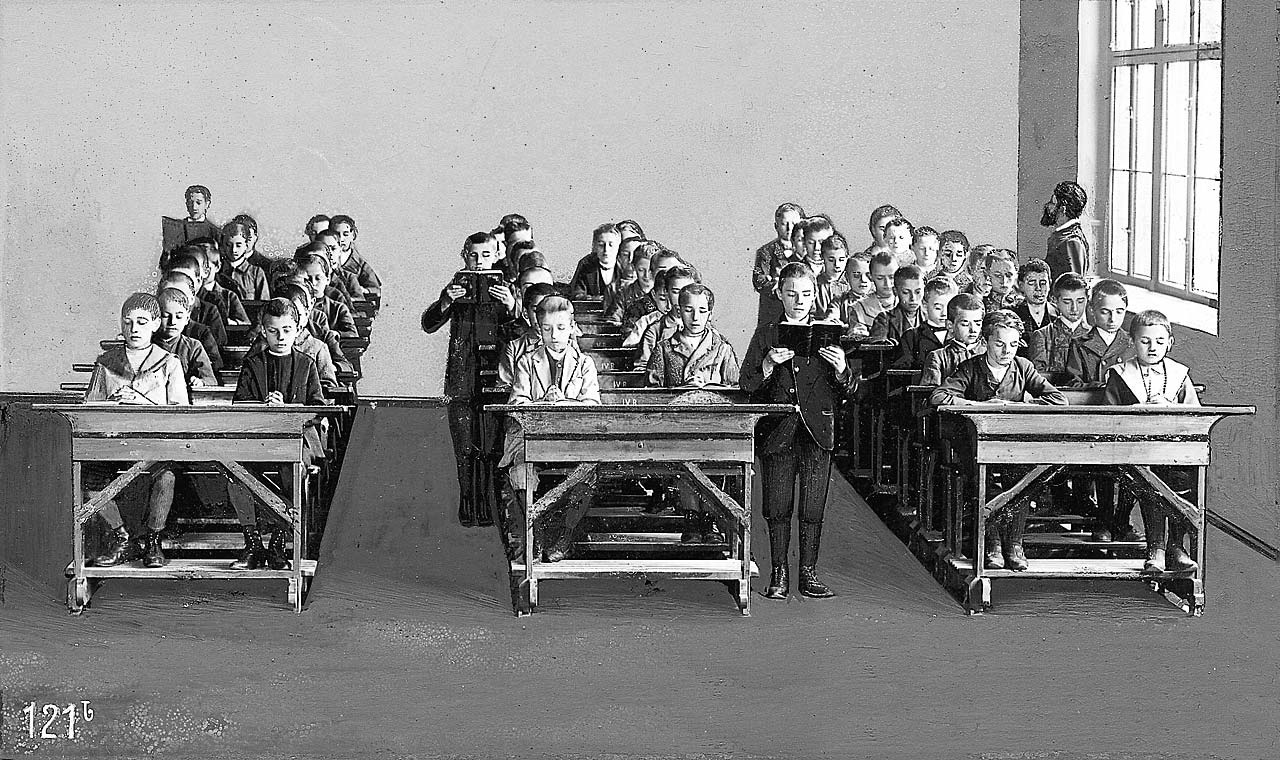
The Rettig school bench was patented. P. Johannes Müller & Co, located in Charlottenburg, and later in Berlin was the manufacturer or licensor.
Negotiations were carried out for the amalgamation of various school furniture manufacturers with Ramminger & Stetter in Tauberbischofsheim. Müller was interested in being able to spread distribution of the Rettig school bench in Southern Germany as well.
In order to clean the classroom, the Rettig bench could simply be turned on its side.
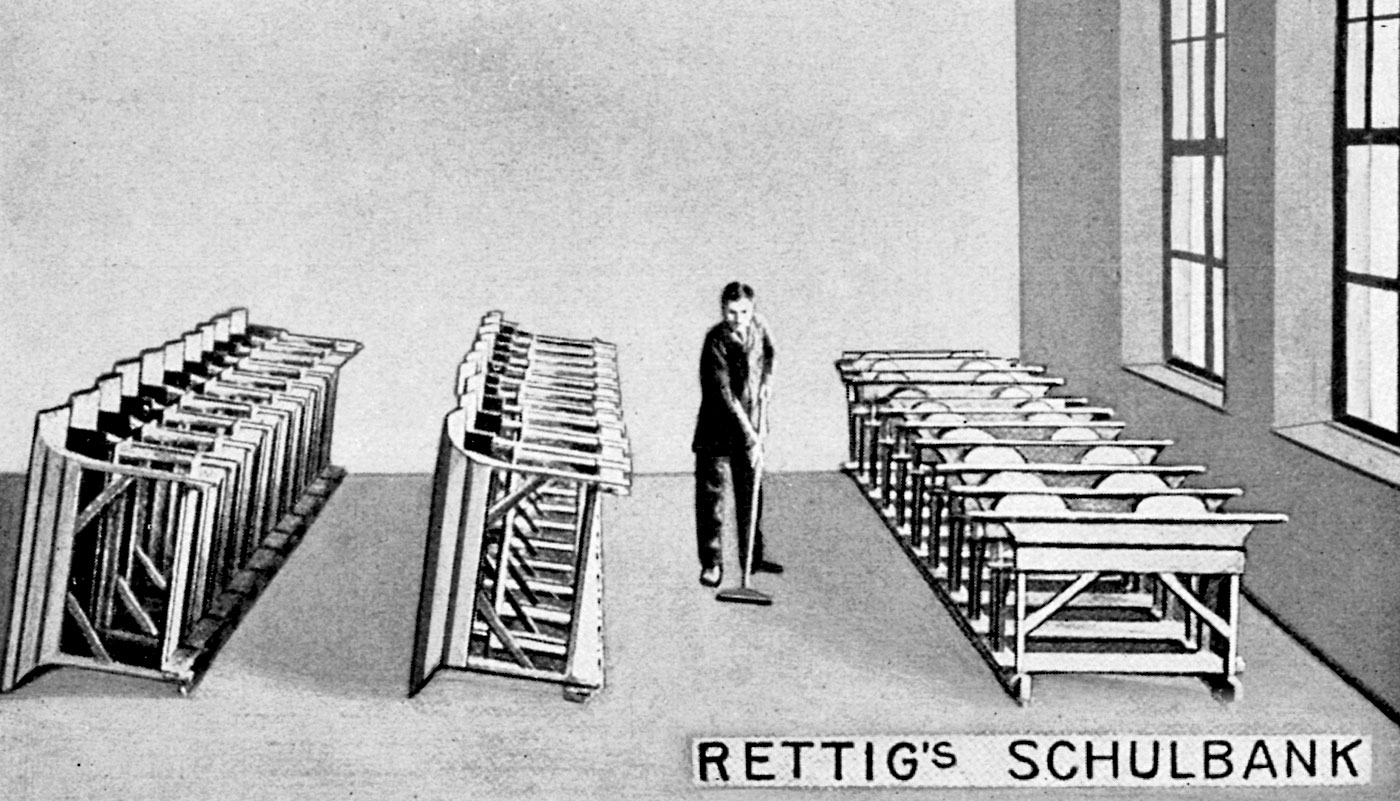
The inkwell in the Rettig bench was equipped with a swan neck so the ink would not spill when the bench was turned on its side.
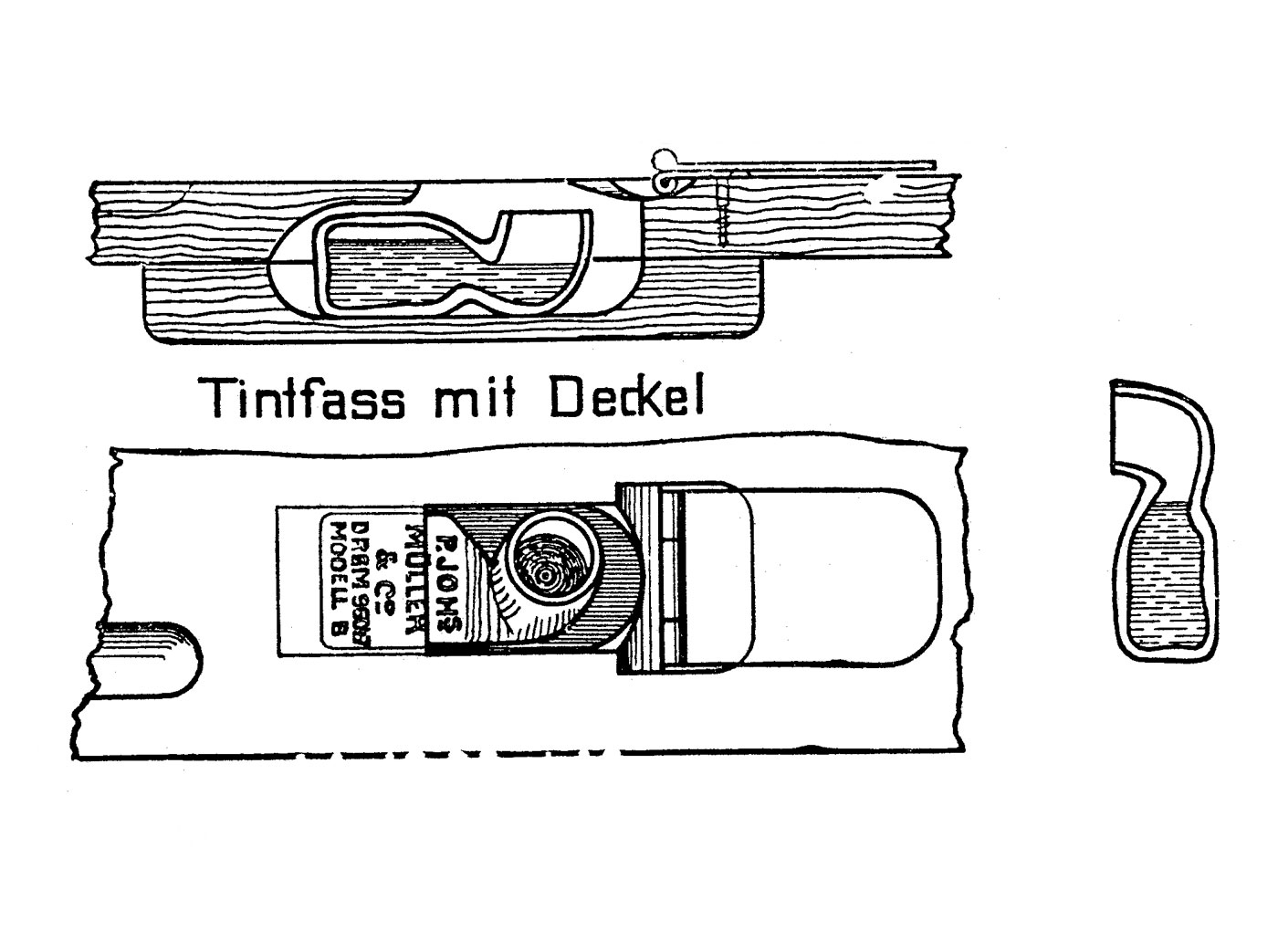
May 15, 1898 the amalgamated company started business under the name Vereinigte Schulbankfabriken. The production site was Tauberbischofsheim, the commercial side was managed by the firm’s headquarters in Stuttgart. P. Johannes Müller & Co continued to exist as an independent company in Berlin and looked after the whole of the Northern German sales area.
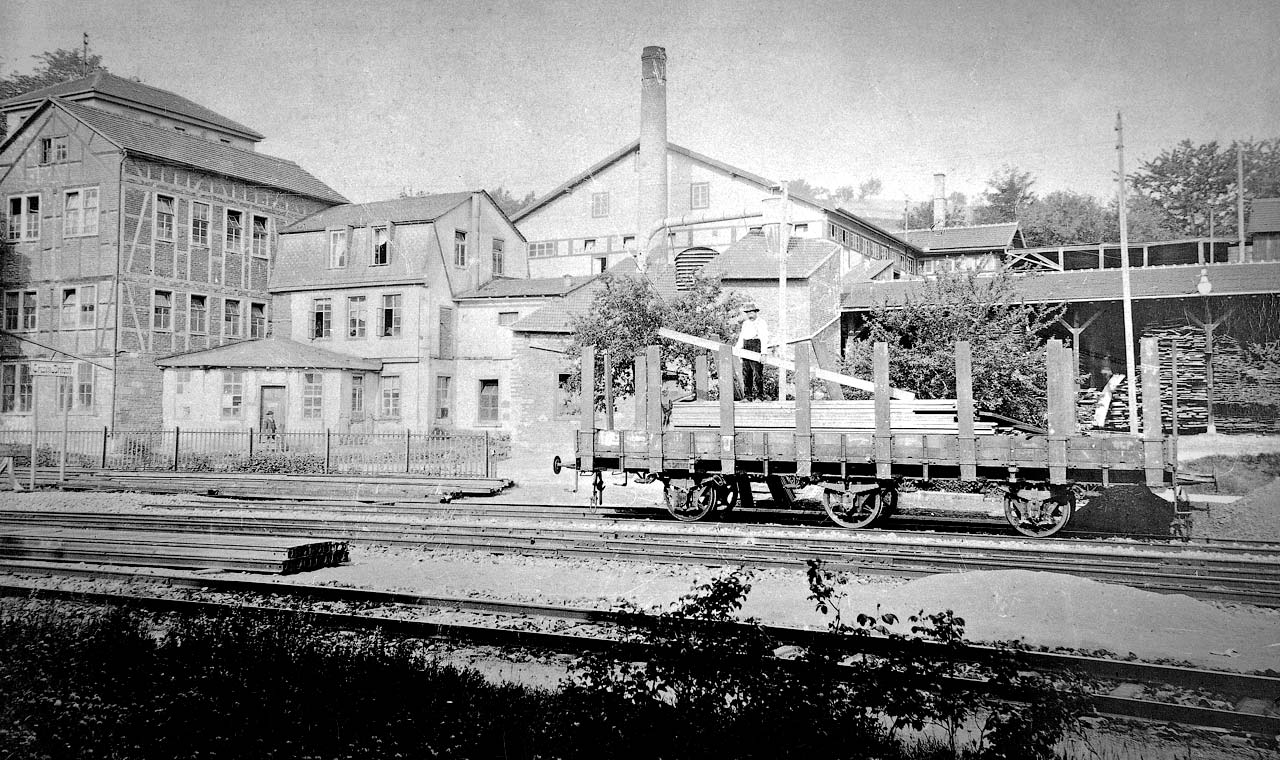
Paul Johannes Müller brought the patent for the manufacture of the Rettig bench into the new company and thus held a special position in the partnership contract.
In the year it was established, VS employed around forty staff, one year later it was already sixty-five.
The Rettig bench was showing future potential: With an almost 50% share in the entire school bench market it was by far the most important product for the new company. And it was not long before success reached beyond the borders of Germany; numerous licenses were also granted abroad.
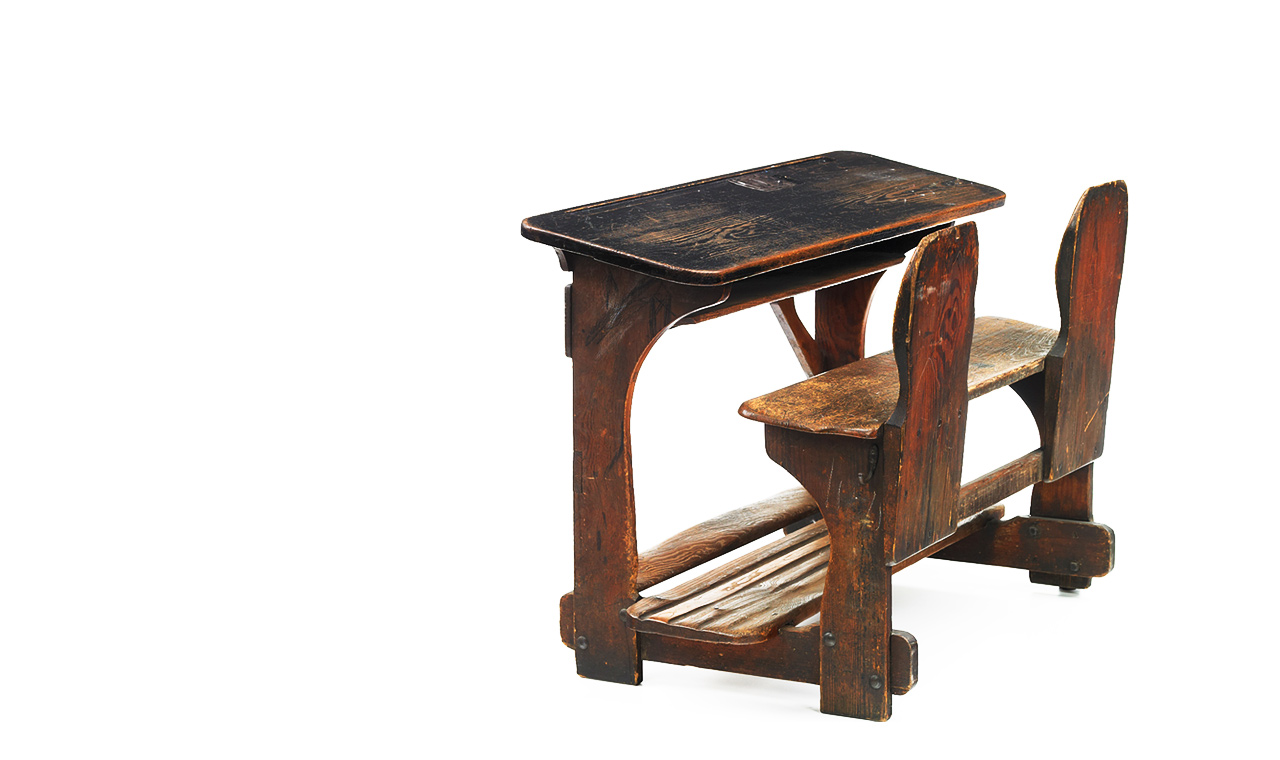
On Paul Johannes Müller’s initiative, the range was expanded to include all school equipment and VS’s image was brought up to date.
P. Johannes Müller took over the design of new advertising materials and trade fair stands. He published his own magazine Das Schulzimmer [The school room].
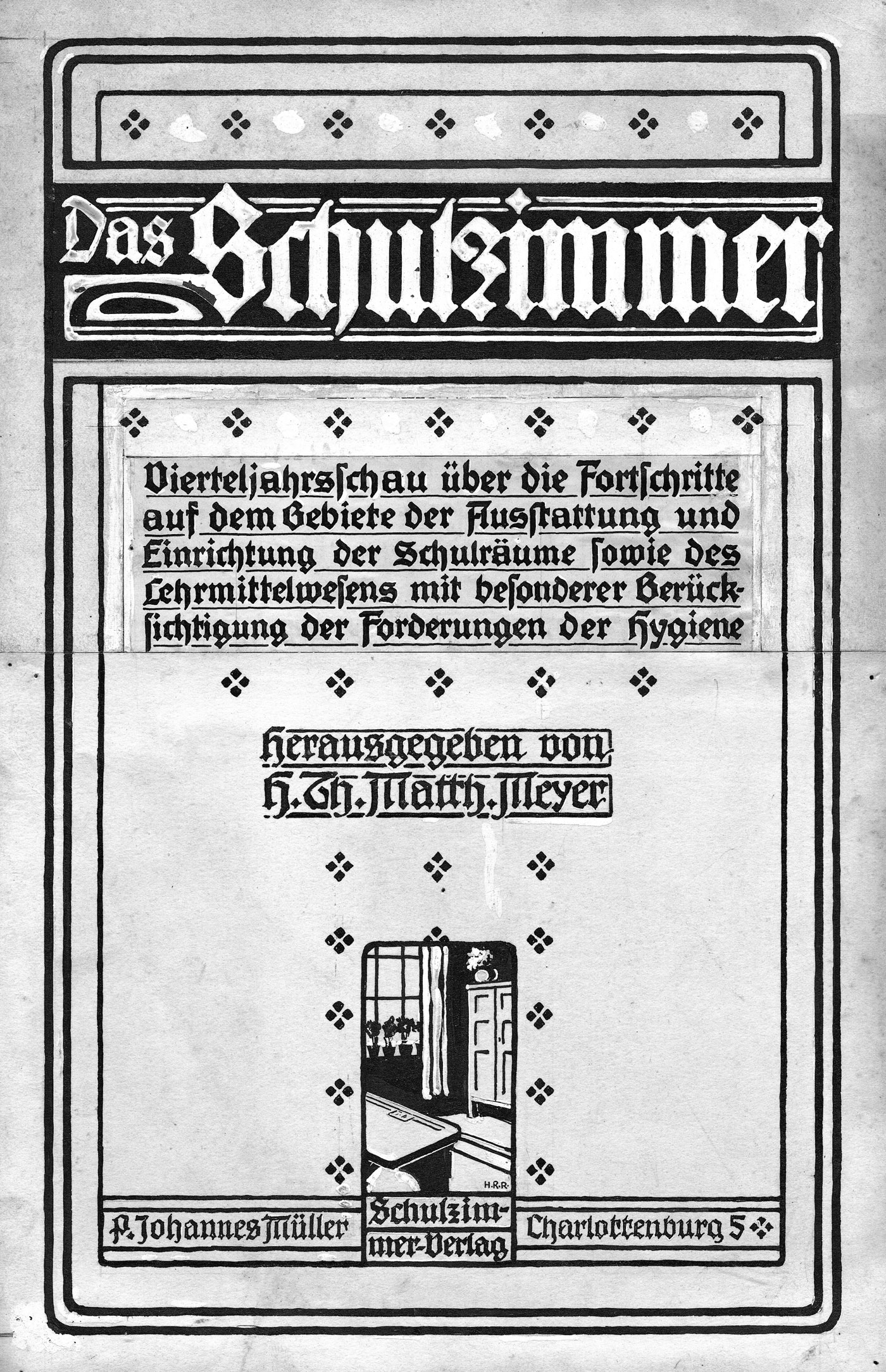
New company name: The firm’s name was changed from Vereinigte Schulbankfabriken to Vereinigte Schulmöbelfabriken.
Product overview for the company with its new name Vereinigte Schulmöbelfabriken.
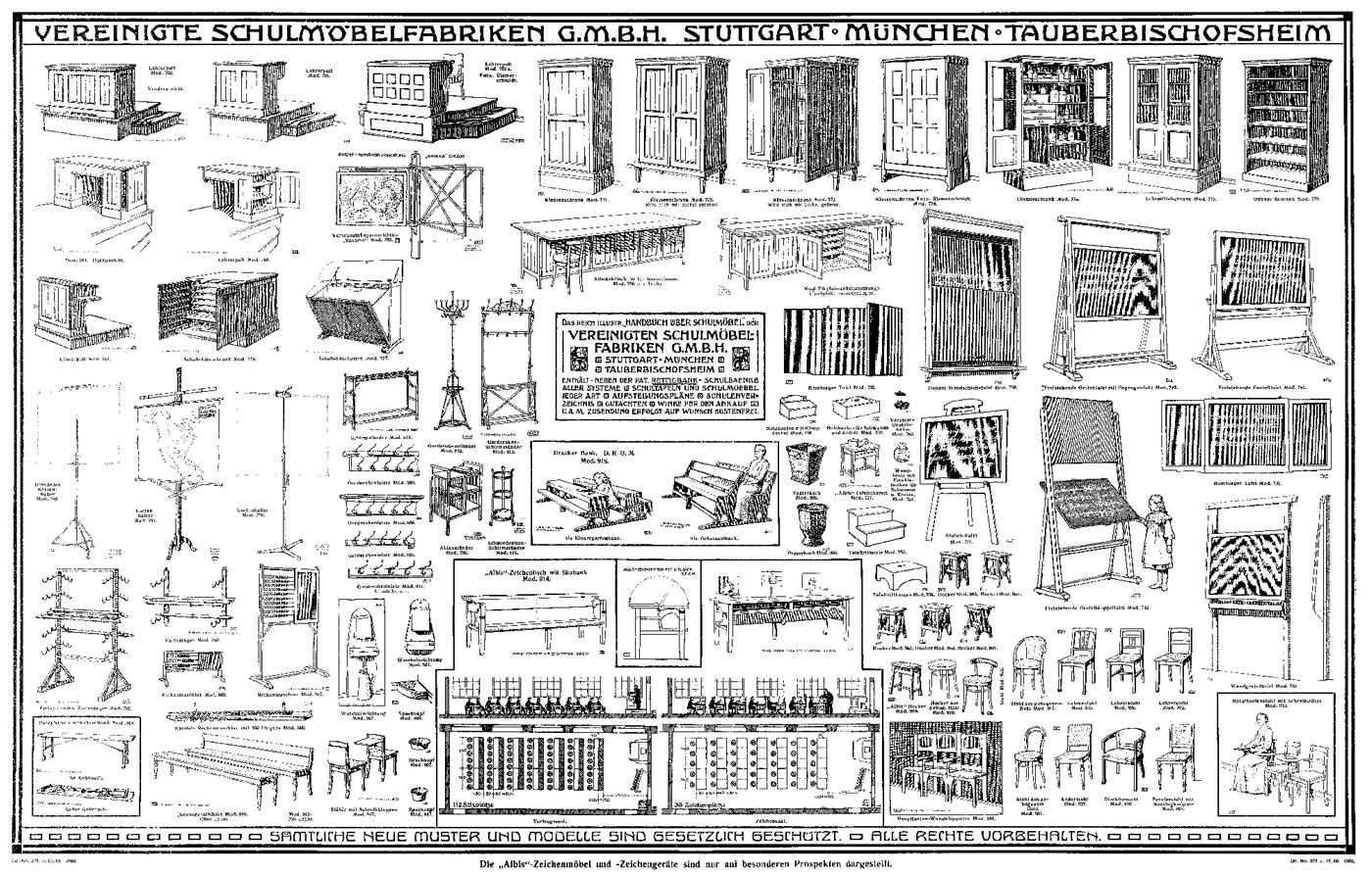
Before the start of World War I, VS was employing about one hundred people in Tauberbischofsheim.
The basis for school bench development was reliable body measurement data; a Mannheim schools doctor, Dr. Stephani, designed a body measurement device.
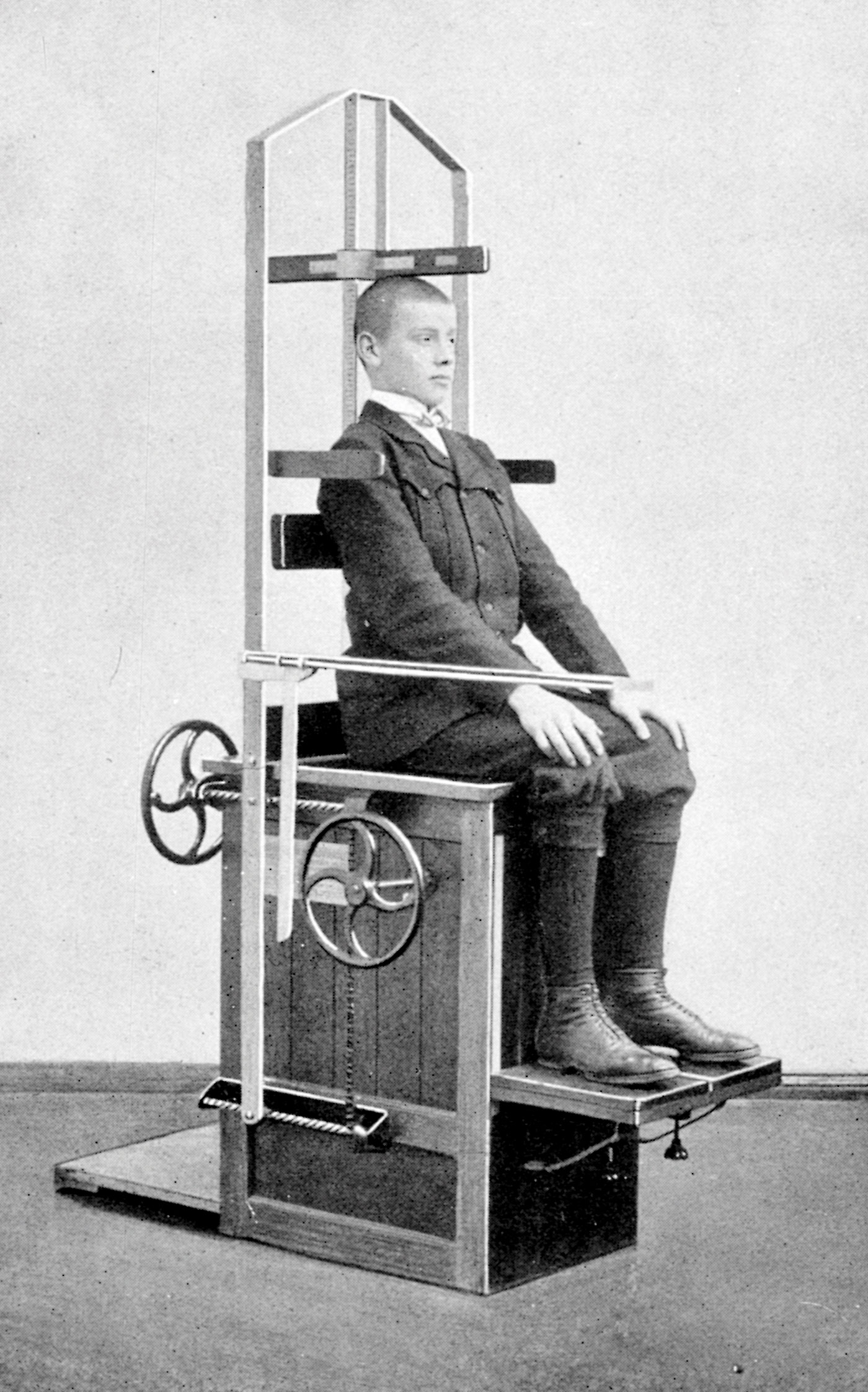
Paul Johannes Müller was commissioned by the Prussian Ministry for Cultural Affairs to present two model school rooms at the 1910 World’s Fair in Brussels. With Richard Riemerschmid and Bruno Paul a holistically-designed, modern classroom was set up with VS’s successful Rettig benches.
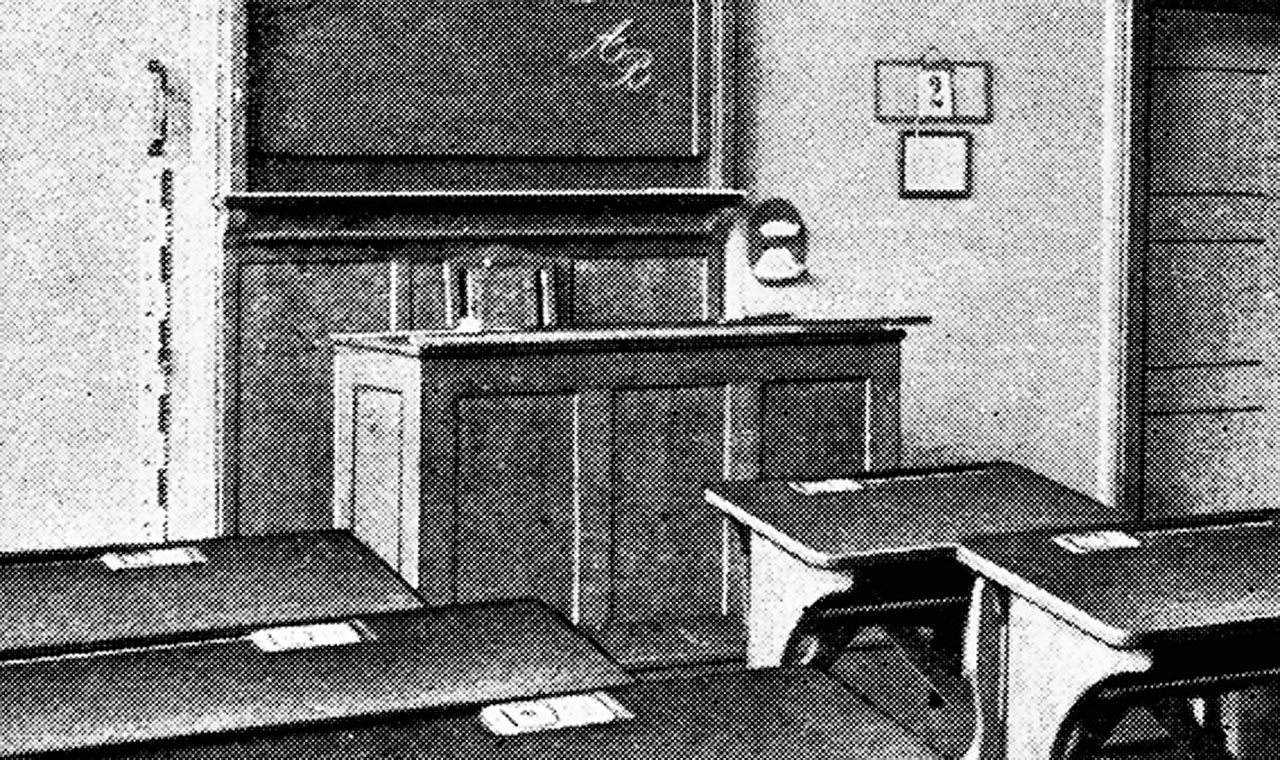
Richard Riemerschmid (1868-1957) and P. Johannes Müller & Co designed a classroom with Rettig benches in three sizes for the exhibition of the Dresden Workshops for Art Handicraft in Dresden.
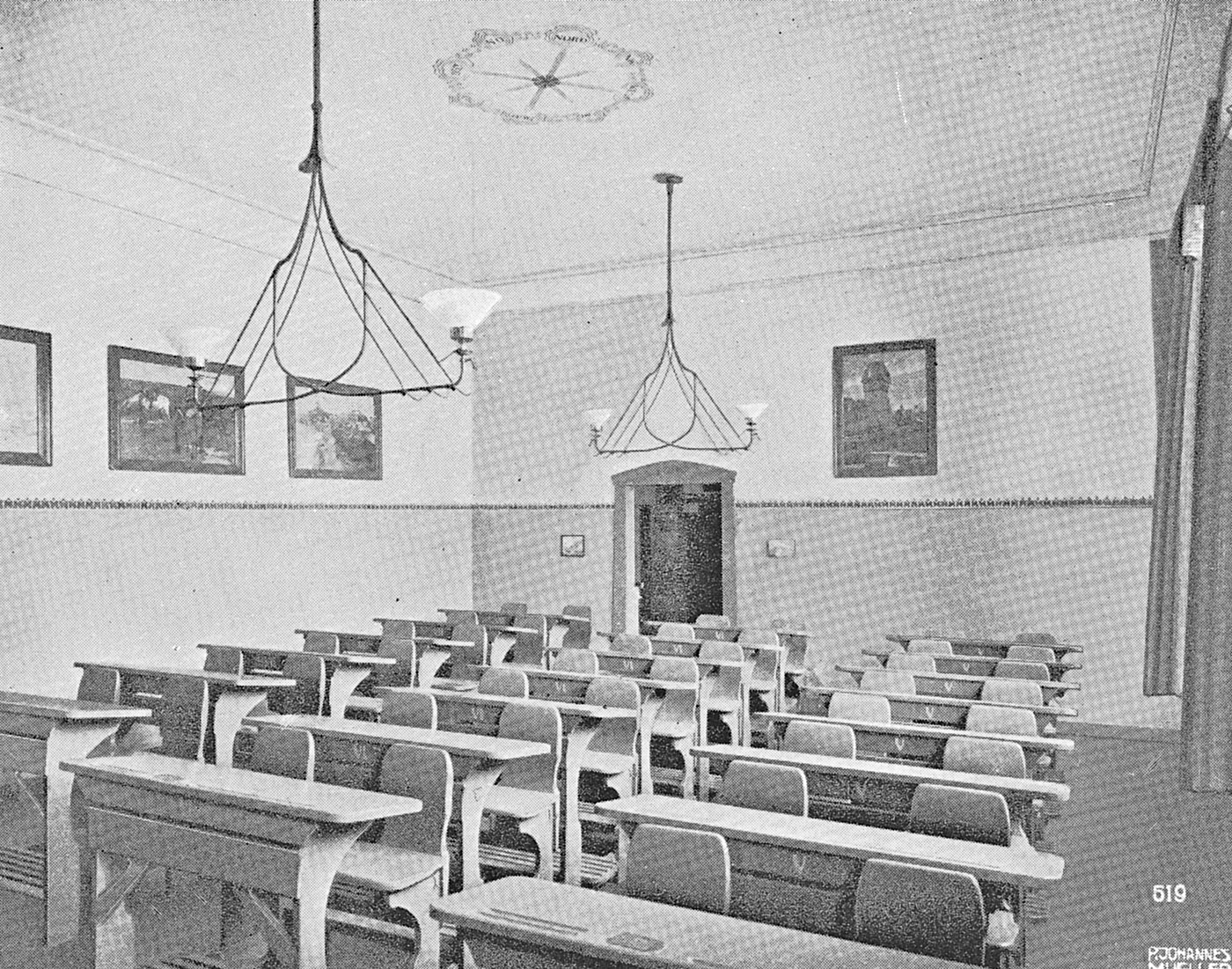
VS took part in the Bavarian Jubilee exhibition in Nuremberg.
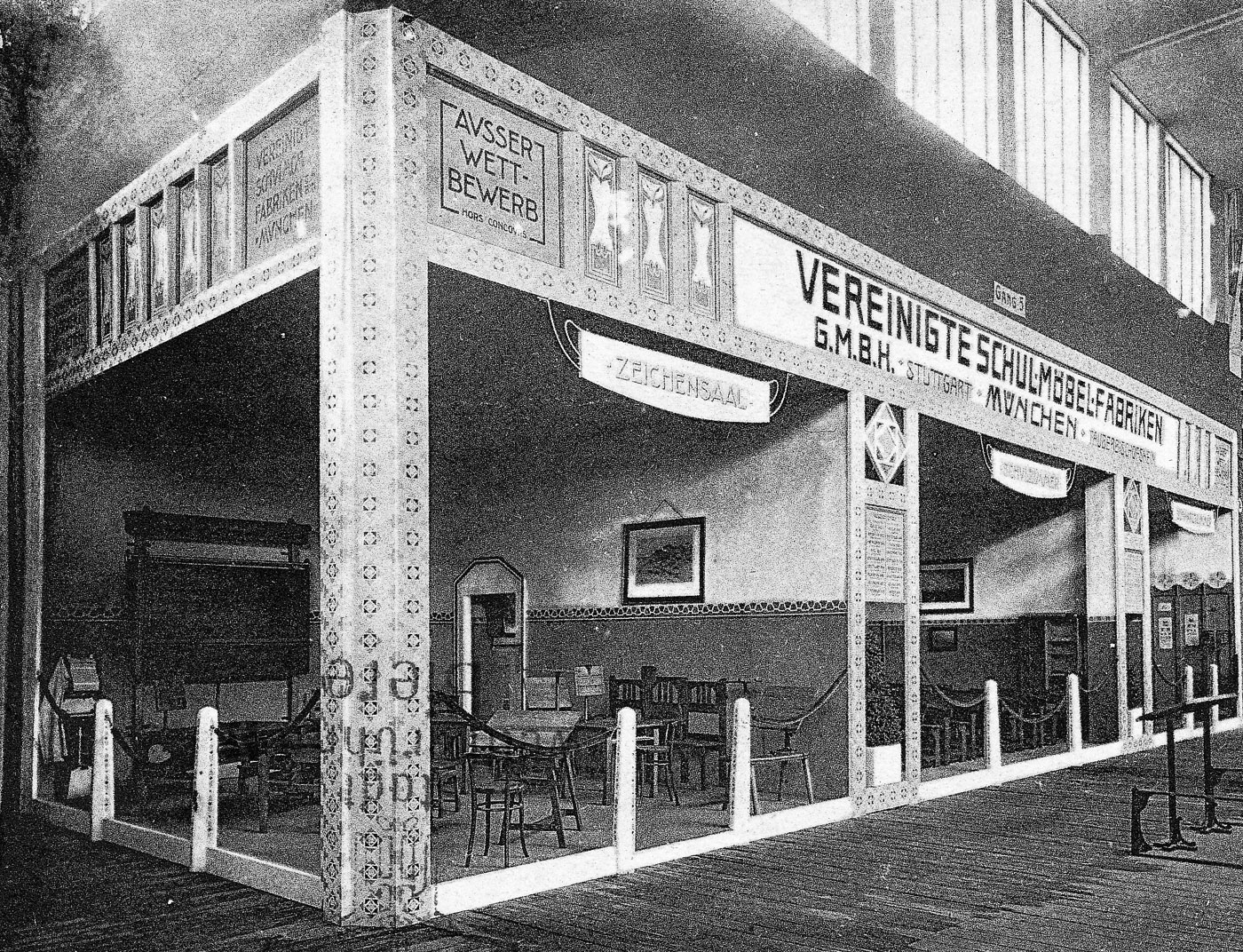
At the World’s Fair in Brussels, P. Johannes Müller & Co presented an art room designed by Bruno Paul with Reform School furniture in the Albis series.
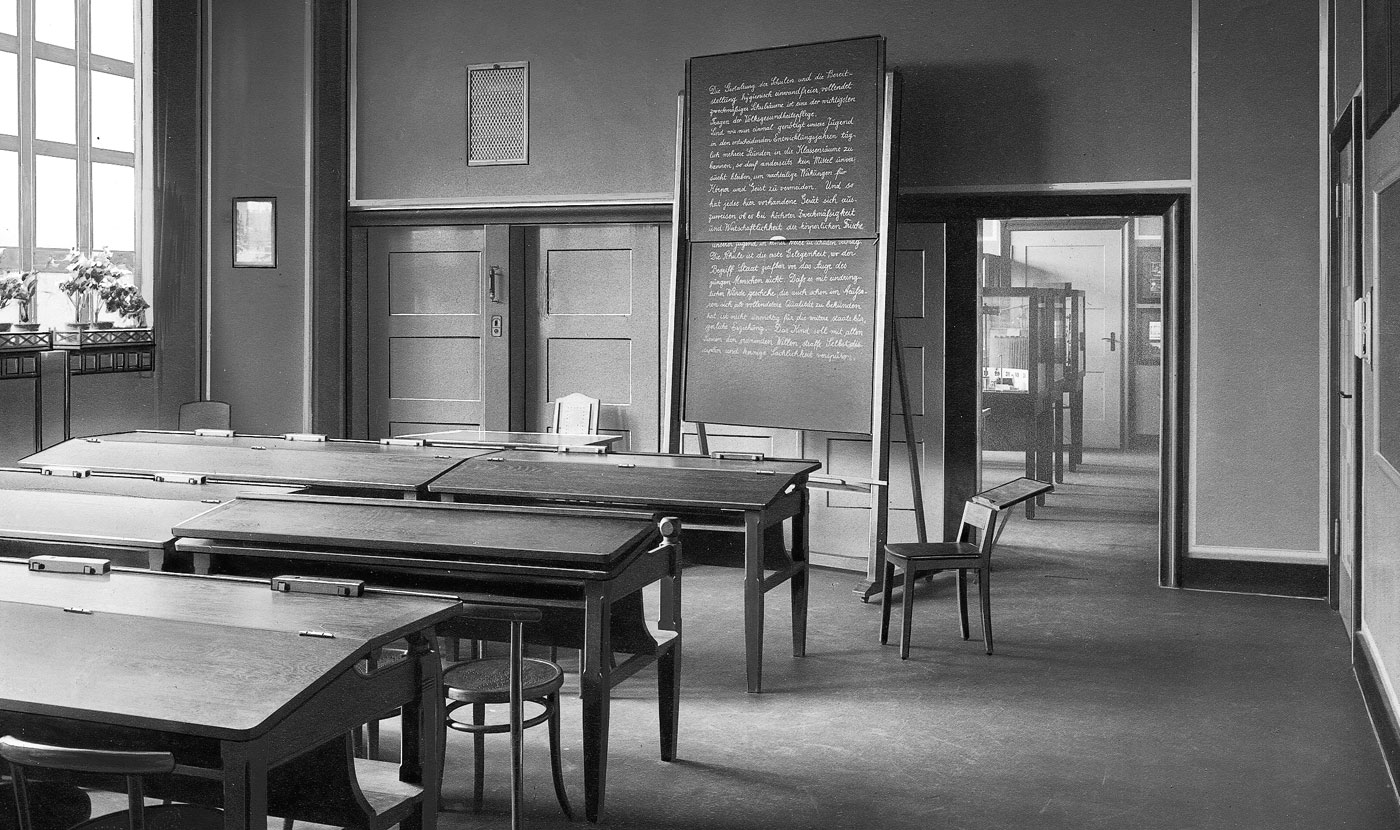
At the International Hygiene Exhibition in Dresden, P. Johannes Müller & Co received a gold medal for a classroom equipped with Rettig benches.
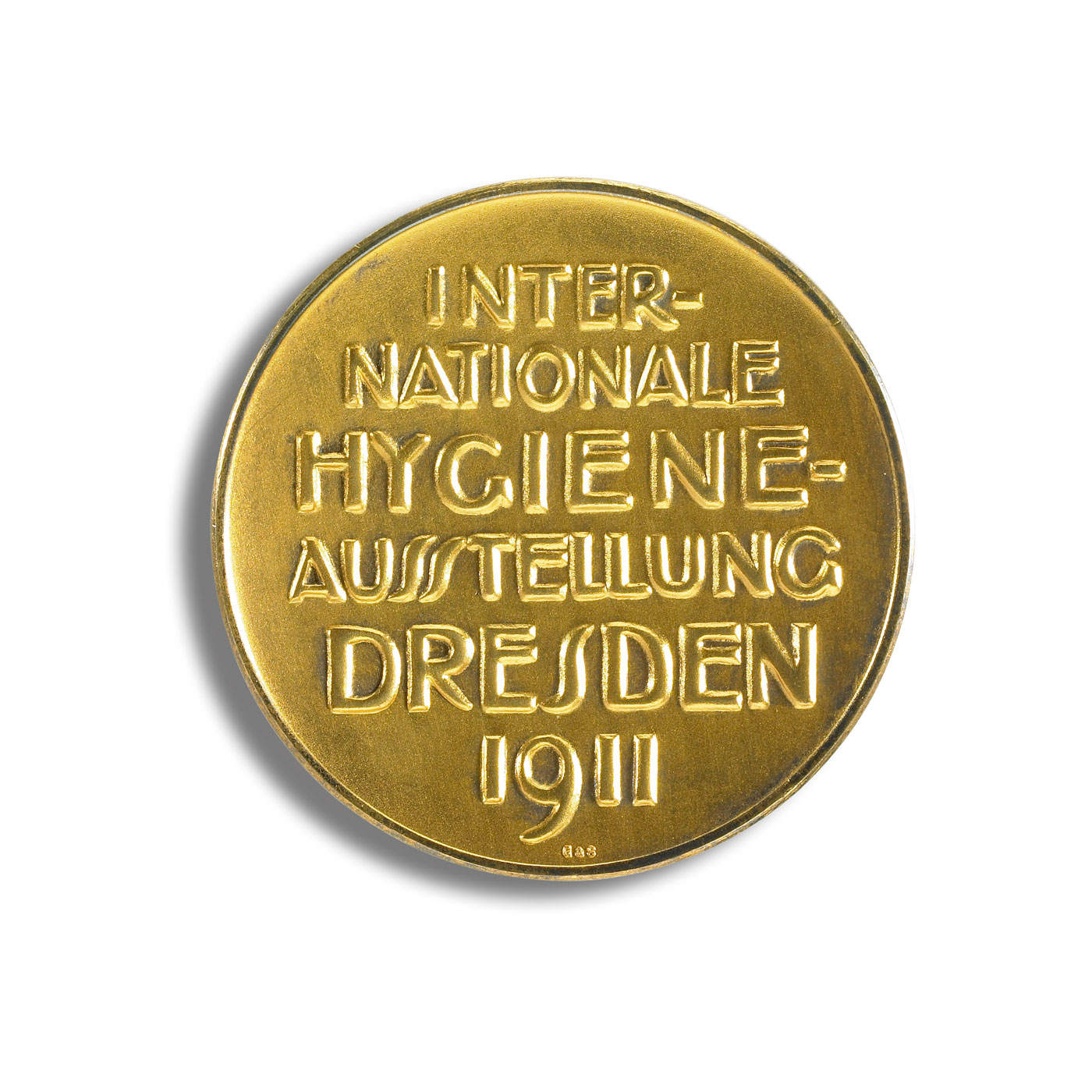
At the Werkbund Exhibition in Cologne, Paul Johannes Müller & Co presented a Montessori classroom.
P. Johannes Müller & Co.: sole manufacturer and distributor of Montessori teaching aids in Germany.

Material for Montessori teaching aids from distributor P. Johannes Müller & Co.
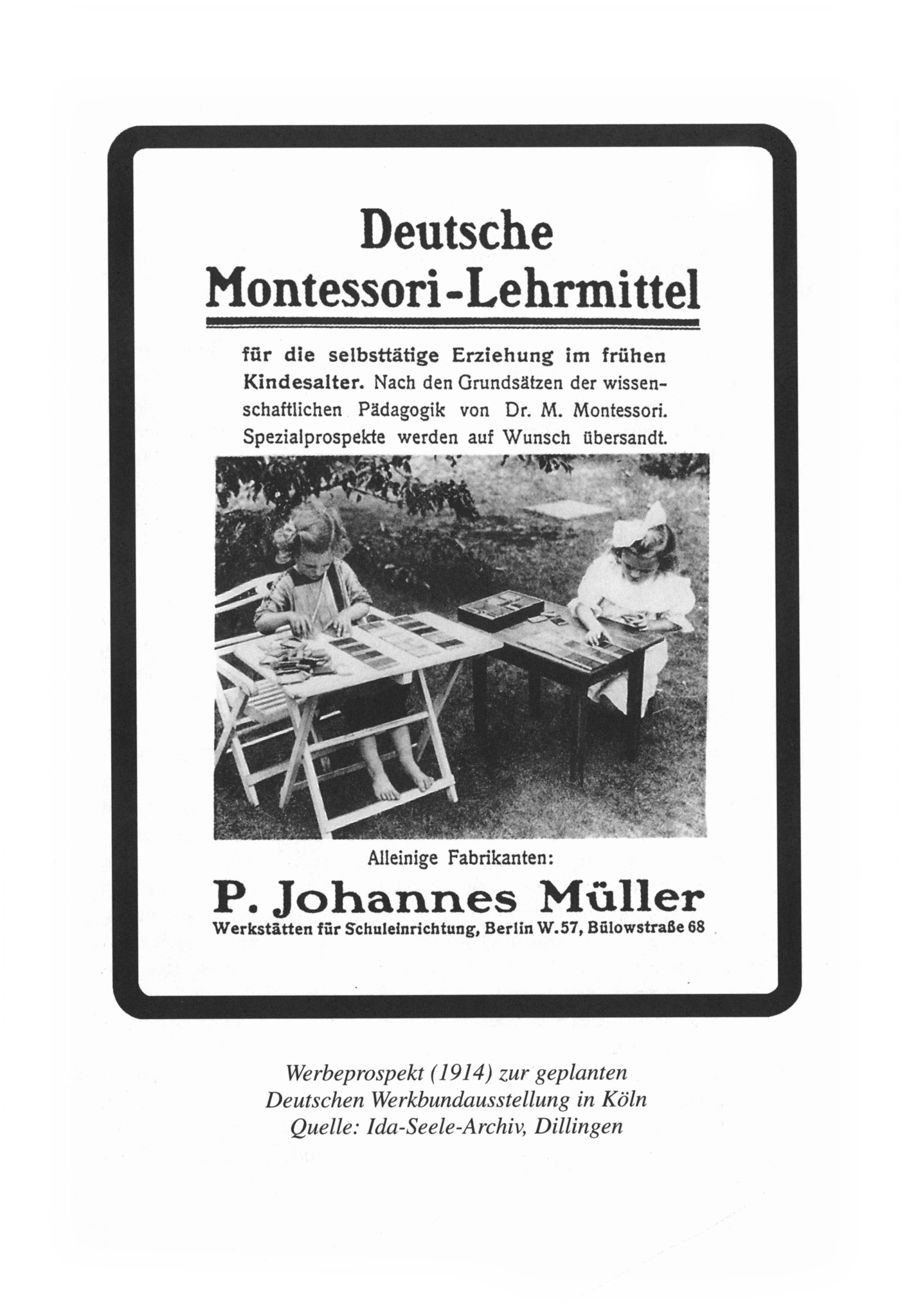
Because the railway during World War I was largely reserved for troops transport, delivery of VS furniture mostly came to a standstill. Production fell significantly: In 1918 they sold only 15 per cent of the number of items sold before the war. Production was shifted to transport crates for the infantry, parts for army horse-drawn wagons and furniture for prisoner-of-war camps.
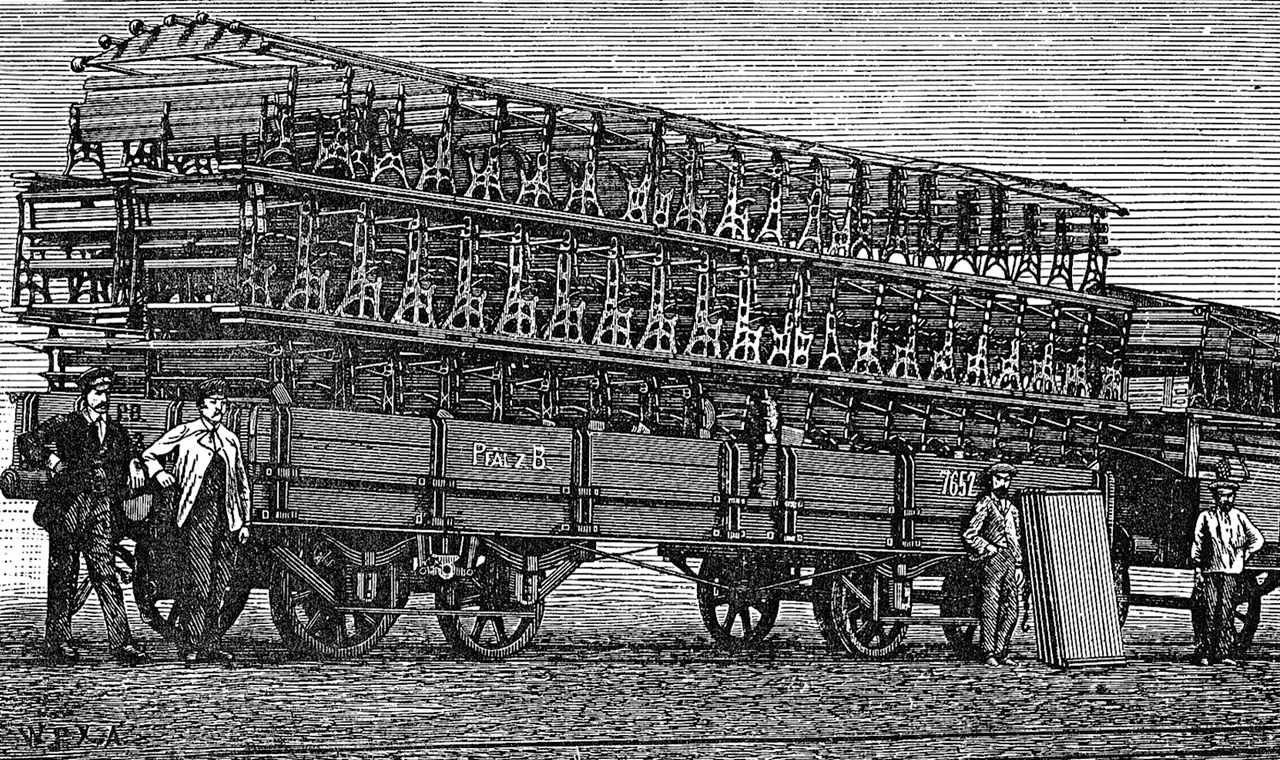
As a result of the economic crisis and loss of tax revenue by towns and municipalities, VS sales were reduced by about 15 per cent.
Thanks to investment in the factory and advertising, after 1902 sales increased yearly by approximately ten per cent. Within the schools furniture industry, VS was earning ever increasing respect: Konrad Stetter became chairman of the trade association.
Paul Johannes Müller represented the German Werkbund negotiating at the chambers of skilled crafts and commerce.
The demand for school furniture rose gradually and reached about one third of the pre-war level. VS was in search of alternatives to school furniture and, commissioned by the Republic’s property administration, the firm became involved in manufacturing inexpensive bedroom and kitchen furniture for homes for refugees and evacuees. Inflation was rife and the business outlook became more and more bleak.
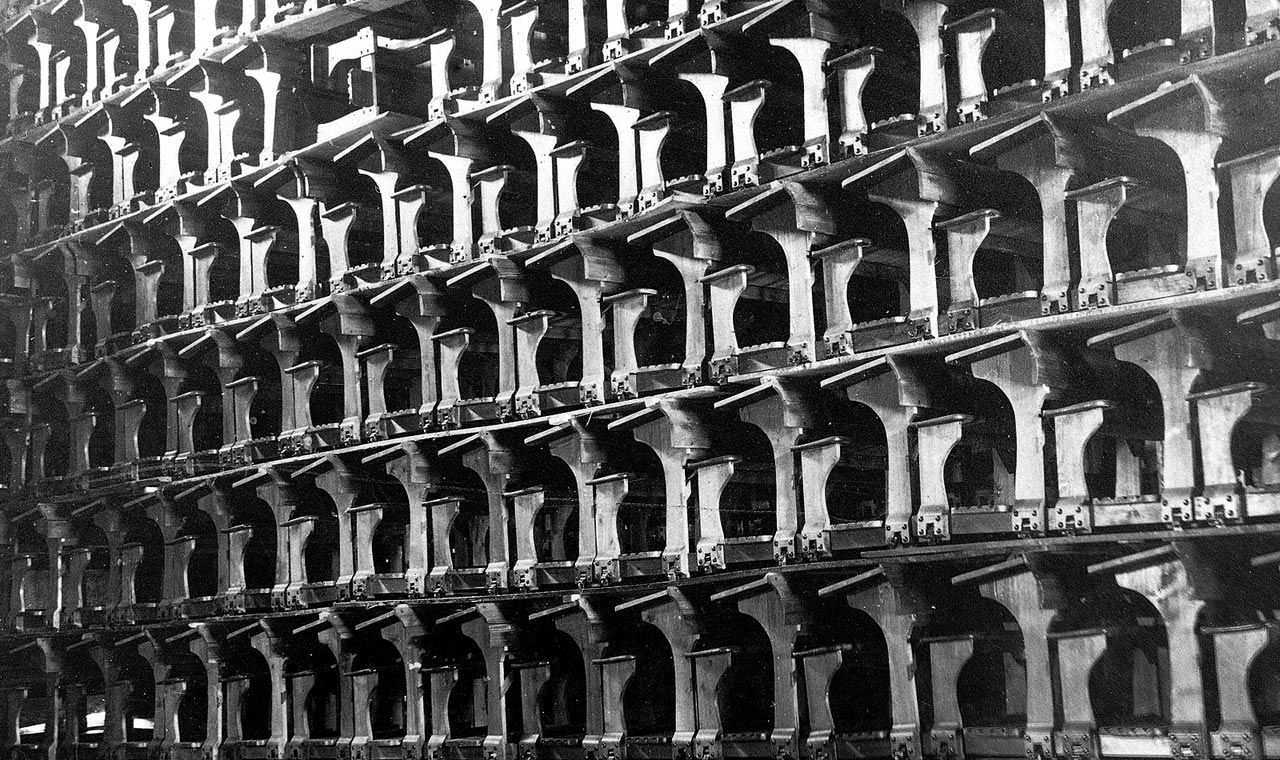
Employees at VS elected their first workers’ and employees’ committee. Negotiations included those for working hours and wages.
VS won contracts in the Netherlands, paid in stable cash. This capital was used largely to invest in new machinery and factory modernization.
August 30, a fire destroyed the VS factory building. School benches ready for delivery to the Netherlands were burnt to a cinder.
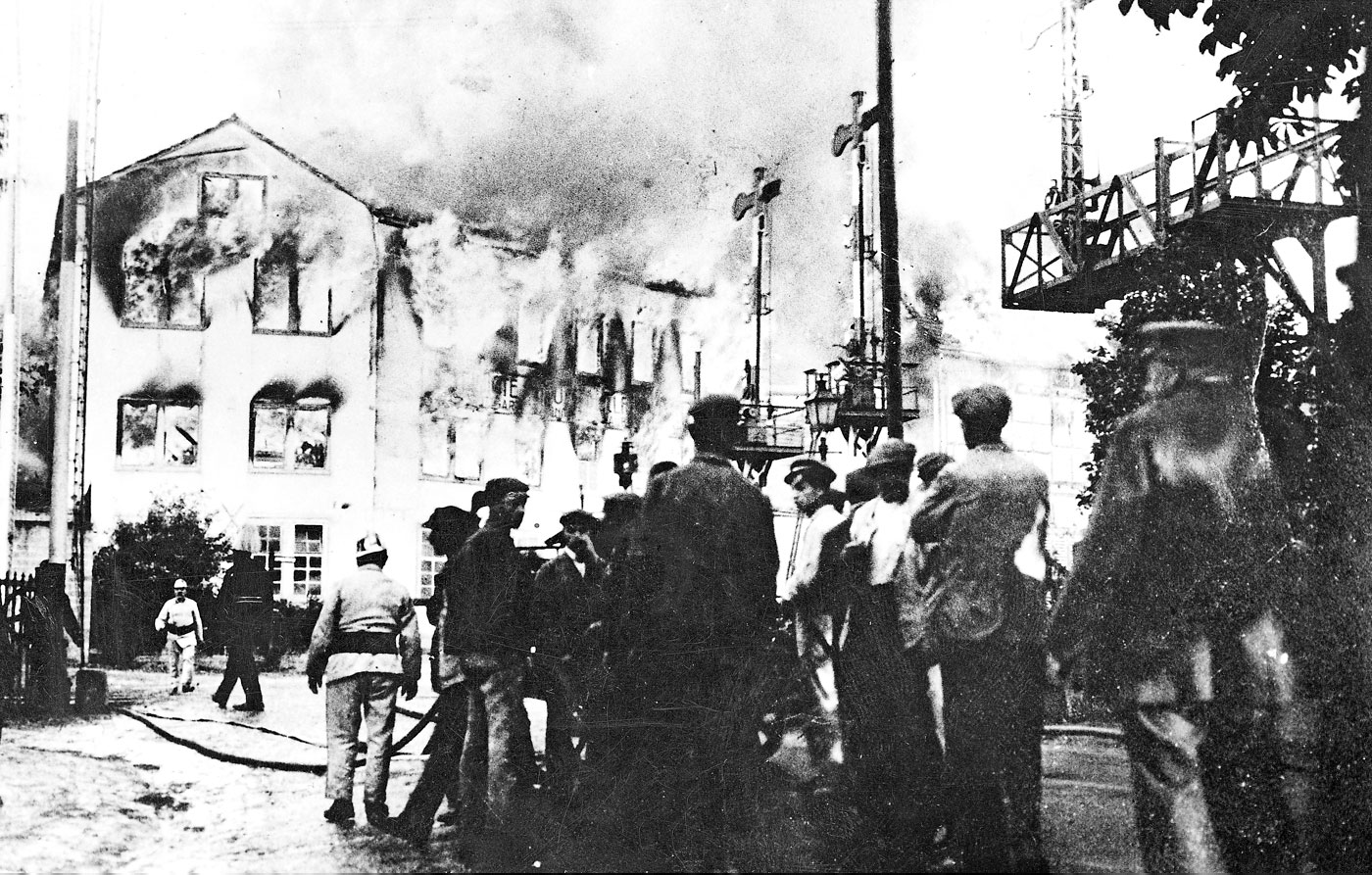
After inflation they were able to begin the new construction of the factory areas. These were finally completed in 1935.
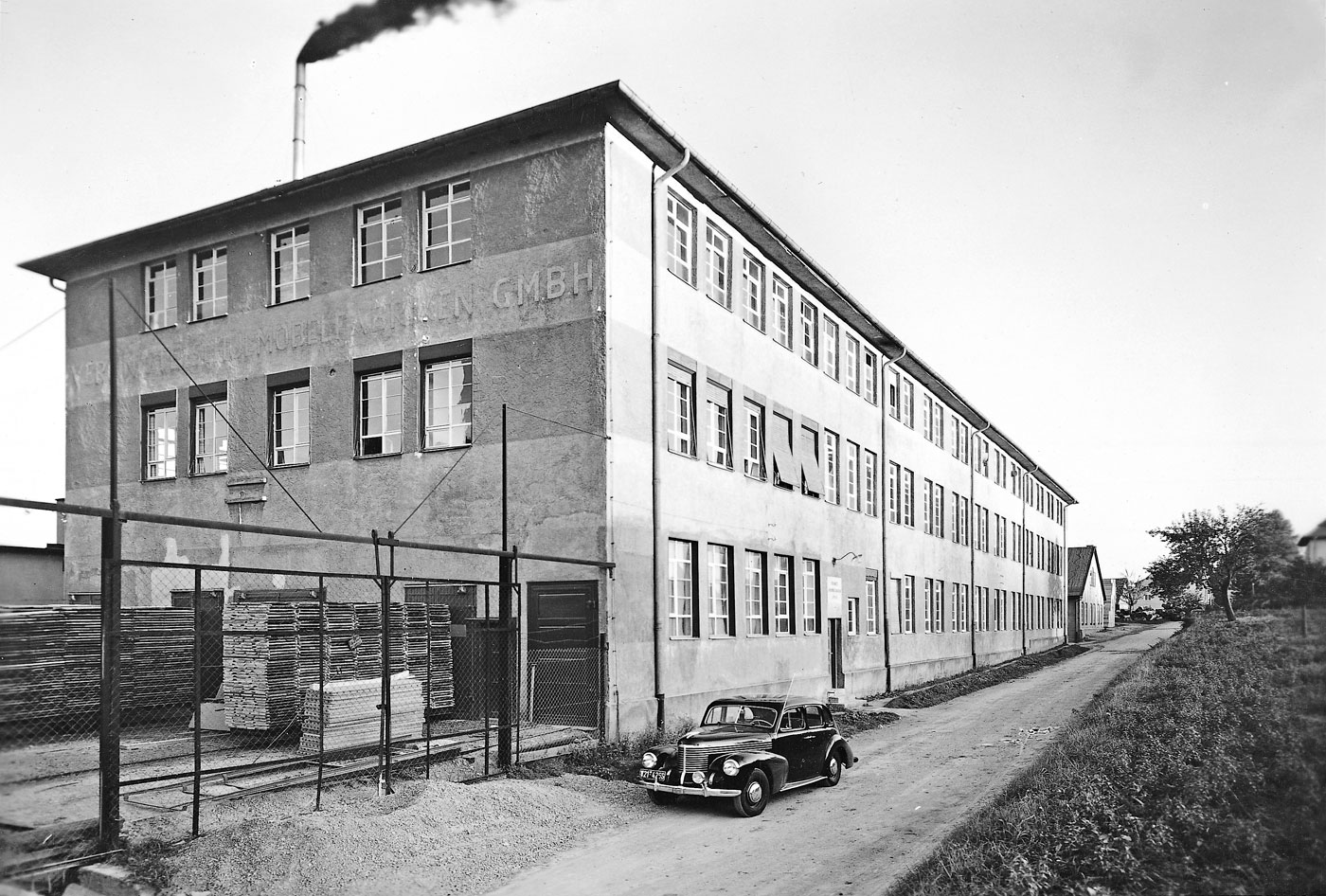
A VS offer prospectus: This development documented the proximity to the School Reform movement.
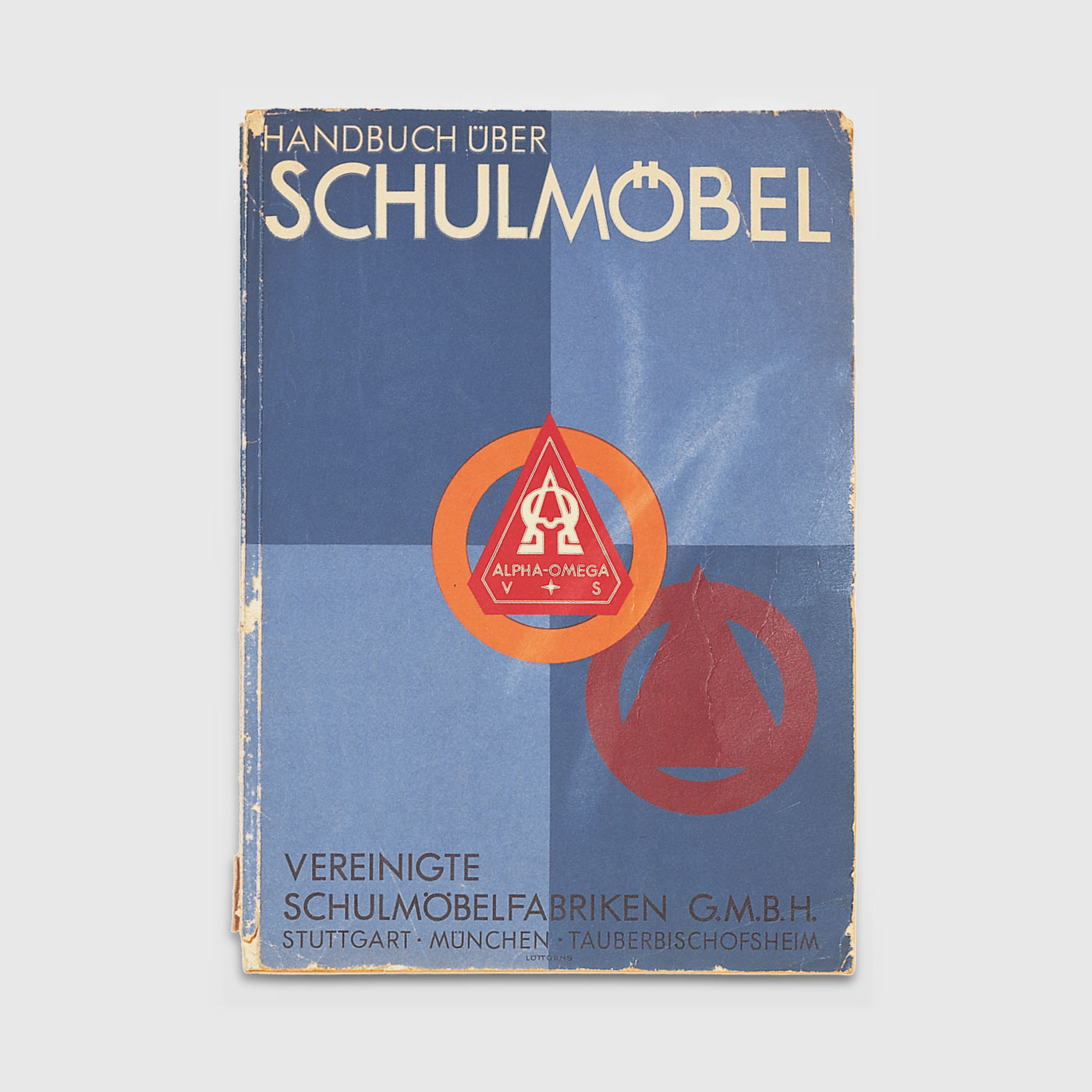
In the 1920s, VS began designs for what was known as free-standing school seating. Table and chair were separated; the frames were manufactured entirely from tubular steel. This construction enabled the weight of a pupil’s workplace to be significantly reduced in comparison with the traditional school bench.
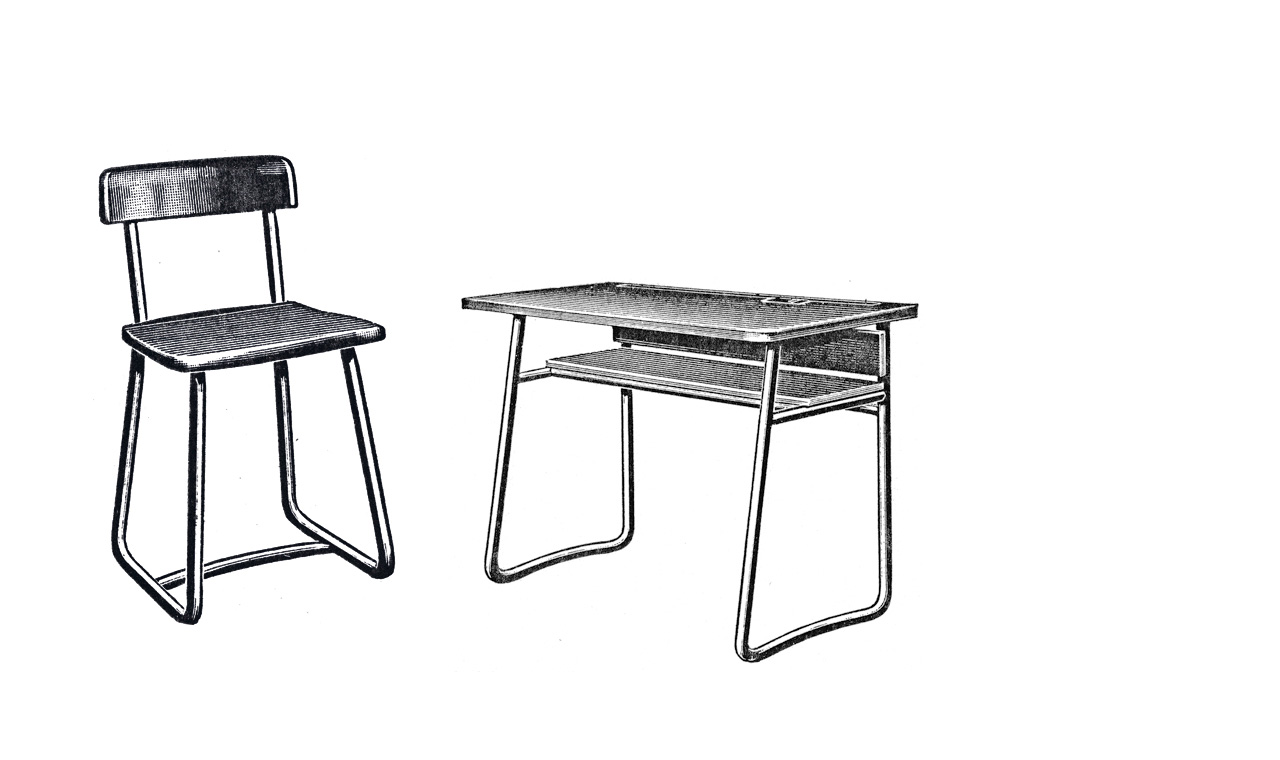
A statistic issued by the association of German schools furniture and blackboard makers showed VS to be the largest school furniture manufacturer in Germany.
The world economic crisis meant that sales declined to only 35 per cent of the 1928 level. Half of the workforce of 120 had to be dismissed.
Between November 1931 and February 1932 production had to be discontinued. The business was kept going with distressed sales.
Diverse options with movable, free school furniture.

Modern VS pupil’s workplace from 1930: significantly lighter than traditional furniture and thus suitable for flexible use.
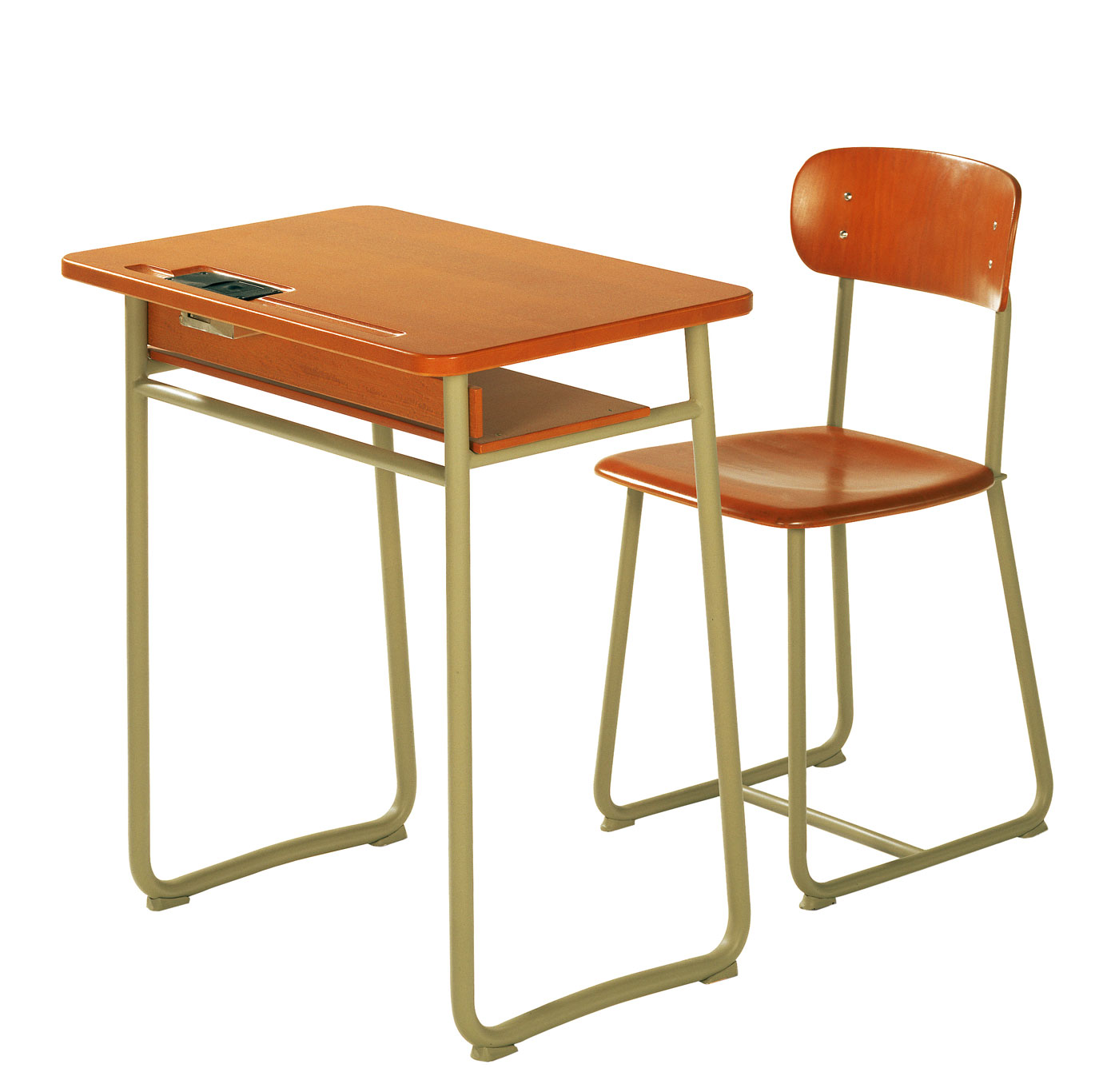
In 1942 the manufacture of furniture was prohibited. VS was working to arm Germany. In 1944 the factory in Tauberbischofsheim was requisitioned by order of the army administration and cleared. Three operations, for airplane engines, communications apparatus and radio equipment were brought on to the factory floors. VS machinery was put into storage, workers redeployed by arms operations.
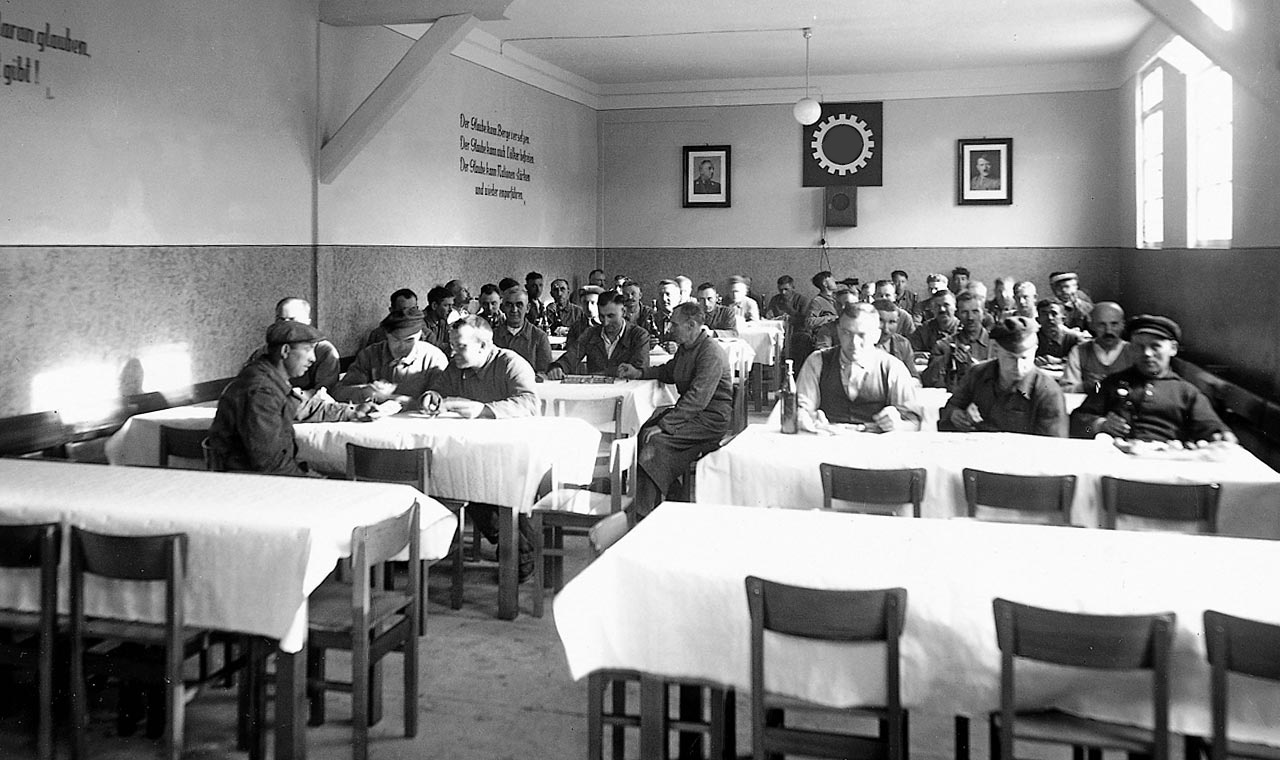
At first the business situation deteriorated as in order to fight unemployment, public contracts were only awarded to firms located in the relevant area.
The sale of school furniture started to rise. In addition, VS was equipping different party institutions and German armed forces establishments.
Typing lesson in the 1930s
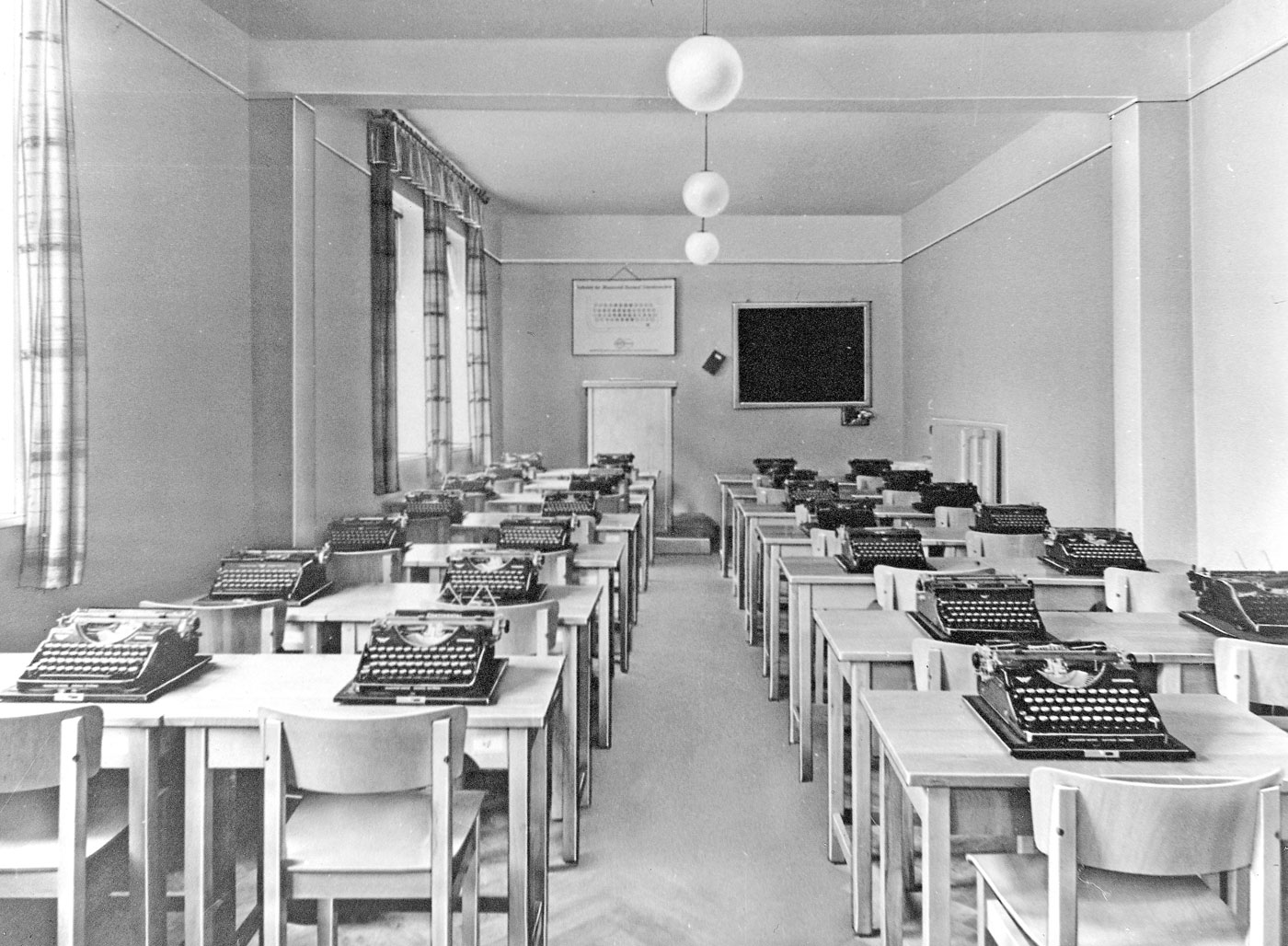
For the first time there were bottlenecks in the raw materials supply of iron and plywood.
The only wood available was beech. Other materials were only to be used for arms purposes.
After the annexations of Sudetenland and Austria there were massive troop movements combined with transport delays and closures on the railway. VS’s most important means of transport was not available and production had to be cut back temporarily.
At the beginning of World War II, VS was obliged to start their own industrial fire service and erect an air-raid shelter.
VS became an armaments business producing munitions packaging. Up till then military orders had amounted to only twenty per cent of sales.
Bombing destroyed VS’s central office in Stuttgart. The Munich branch was also wiped out.
On March 31 the factory was occupied by US soldiers.
Sixty per cent of school rooms in Germany were destroyed. At the same time, because of refugee movements and displaced persons coming from the eastern territories, the number of pupils rose to 7.2 million compared to 5.1 million in 1935. But municipalities still had little in the way of tax revenue with which to purchase new school furniture.
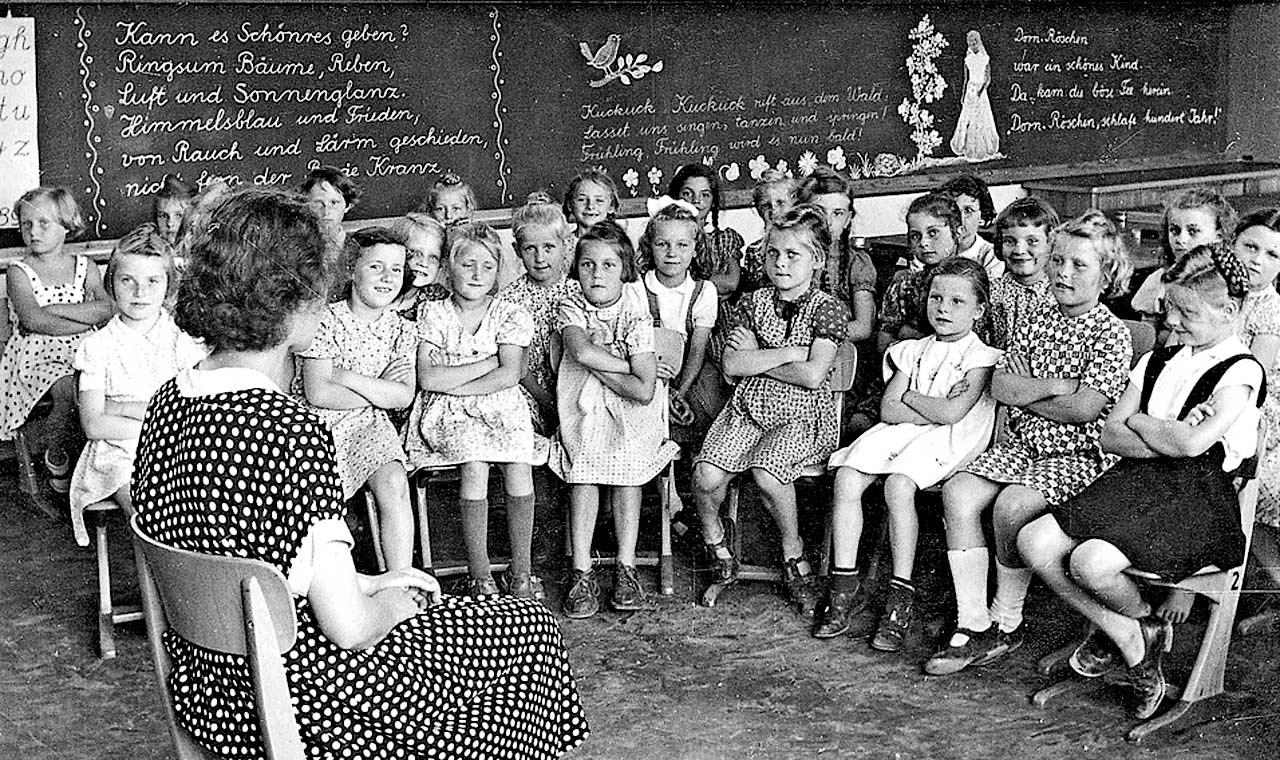
In January, schools furniture production revived. By June VS was employing about one hundred people. But the lack of availability of raw materials remained a tiresome fact of life.
The skid chair designed by Karl Nothhelfer was patented; the patent-holder was Falk Müller, son of Paul Johannes Müller.
The VS skid chair shaped classroom arrangements in the 1950s and 1960s. By 2006 about six million had been sold – one of the most enduring products in the history of post-war Germany.
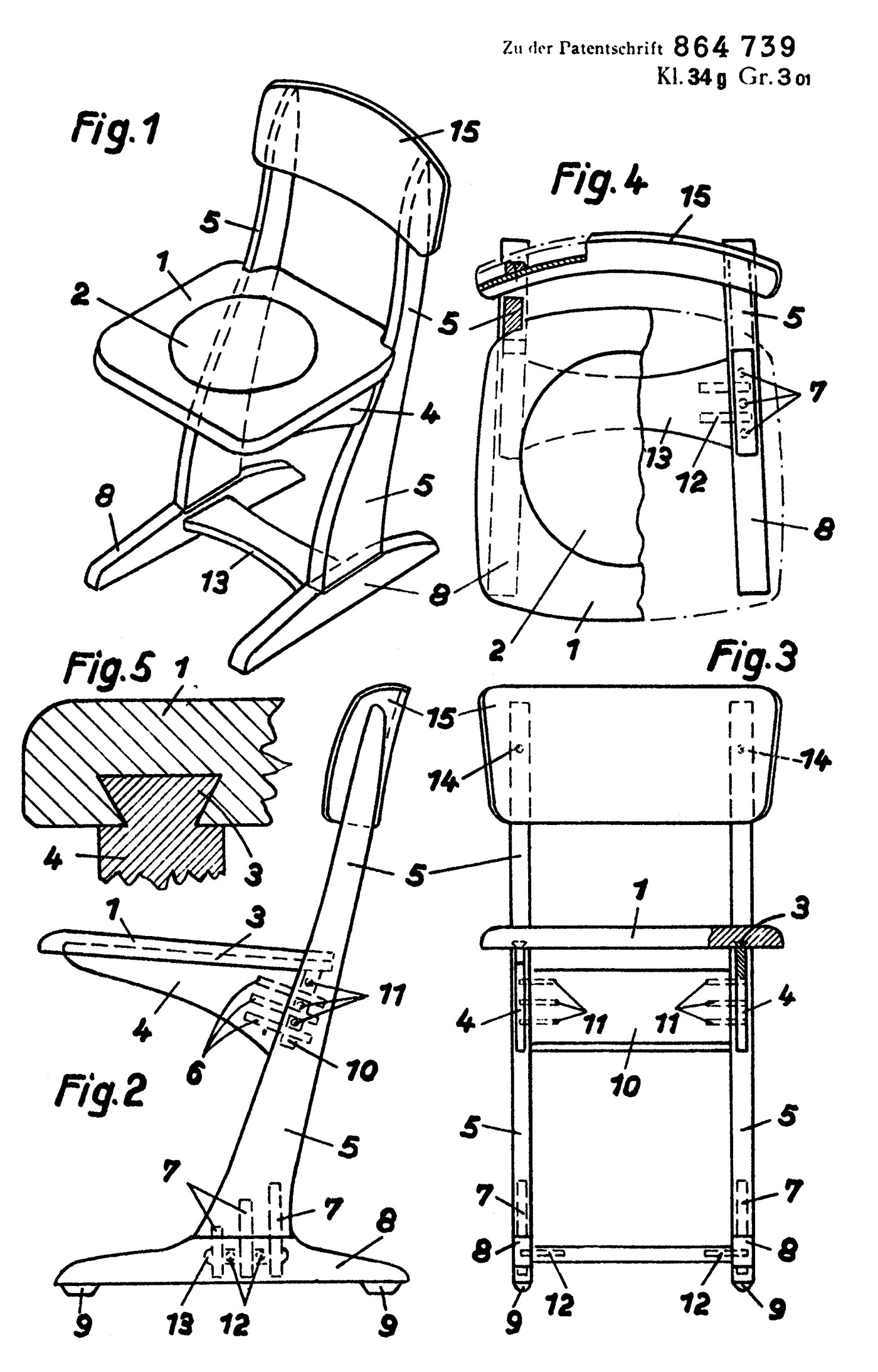
Prospectus design for a successful VS product: The skid chair offered more leg room for pupils on account of its two-legged construction.
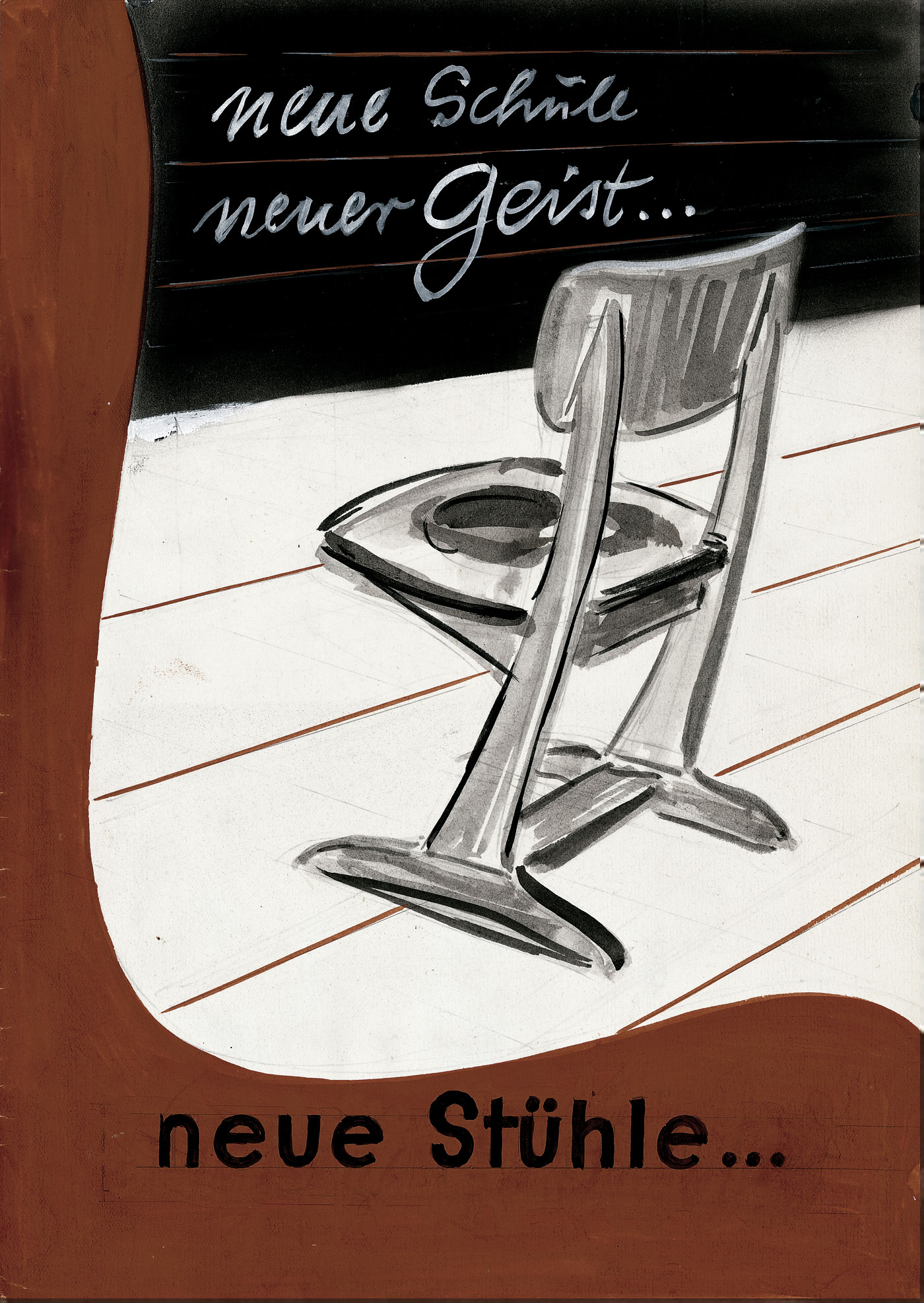
Piggyback principle patented by VS: With rubber blocks under the seat support, it was possible to get the chair carefully on to the desk top to facilitate classroom cleaning.
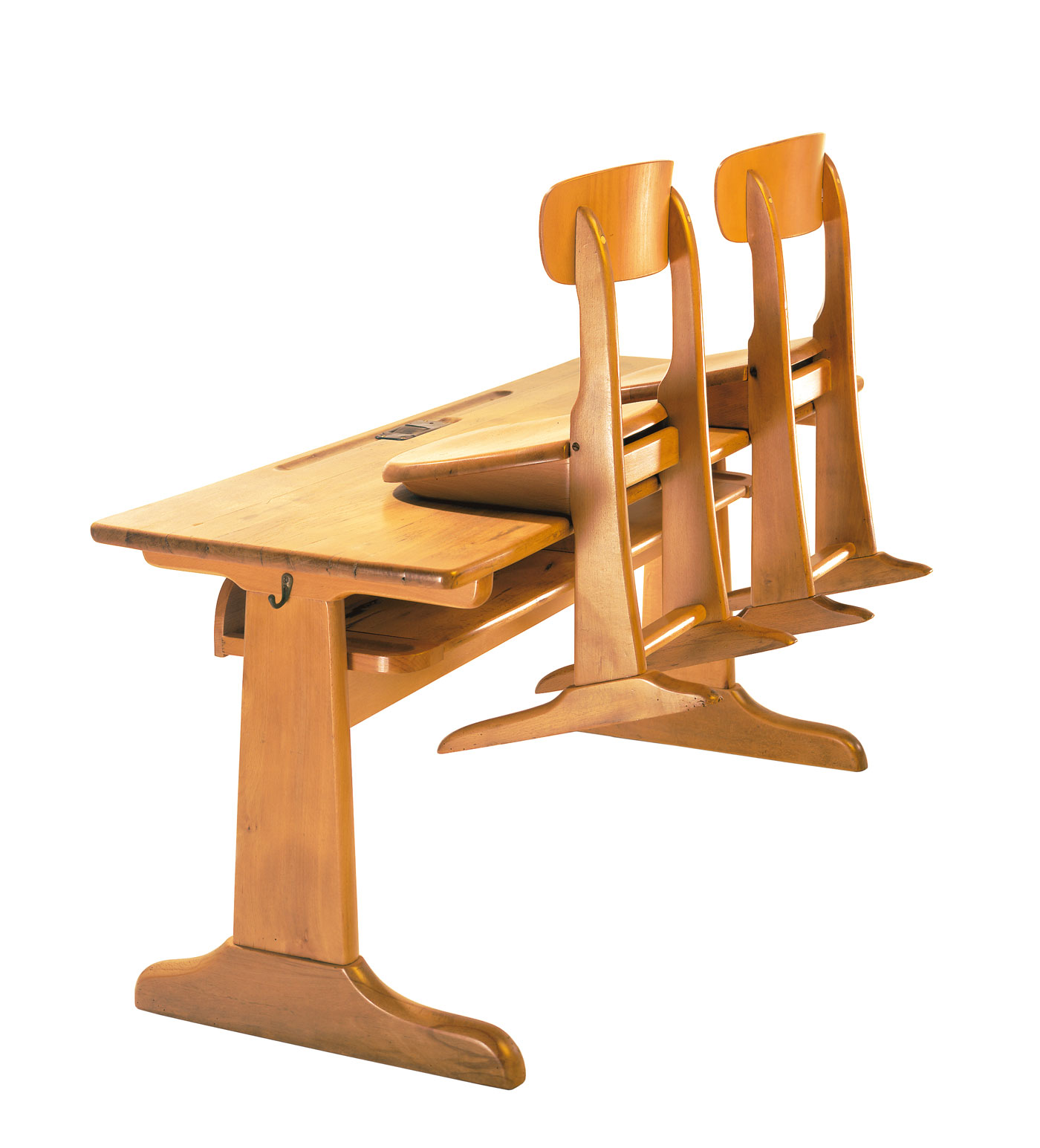
VS skid chairs were light enough to be carried by children.
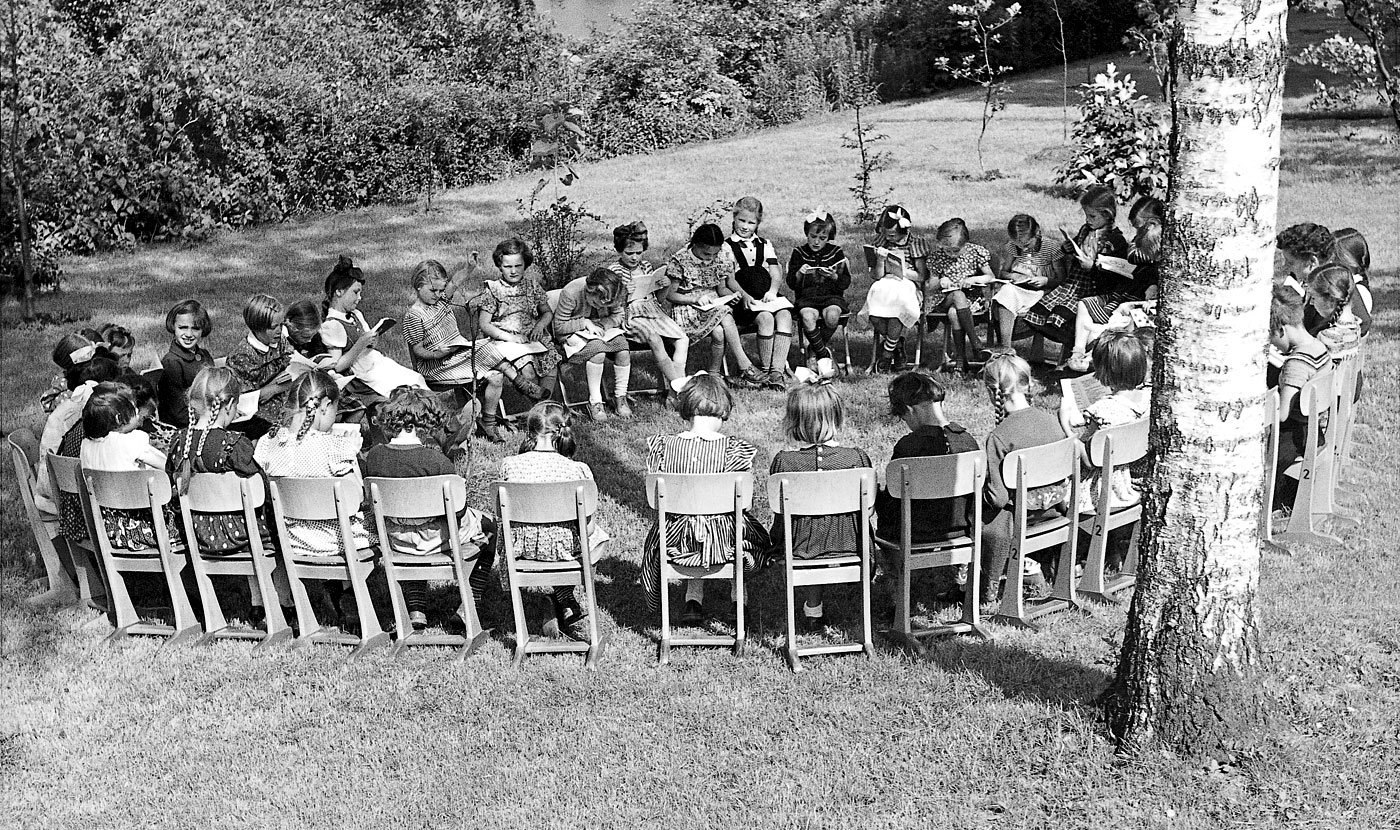
The economic upturn meant that very quickly employment levels reached 500. VS was now playing a leading role in the serial manufacture of solid wood furniture. A nearby saw mill became affiliated to the factory. At the same time, VS restarted their tubular steel fabrication.
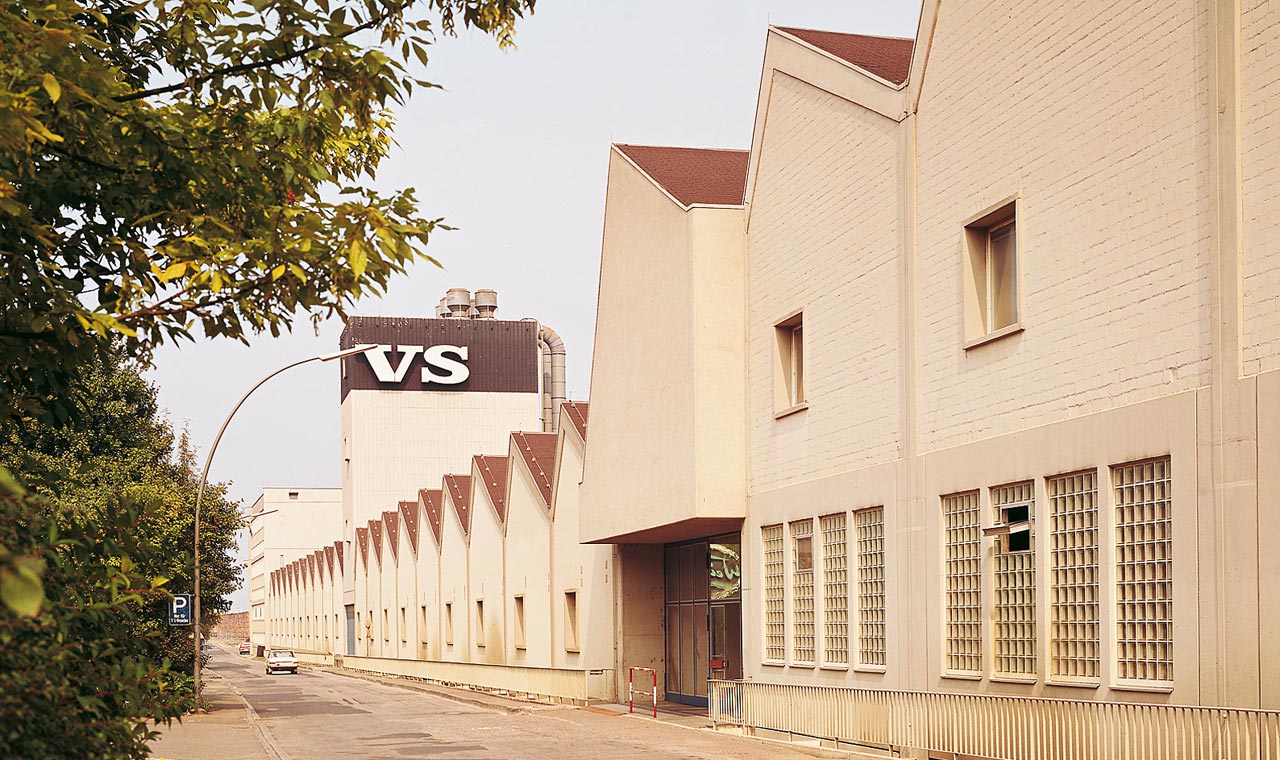
The end of the school bench: VS production switched to movable seating entirely.
VS’s first collaboration with architect and later design partner, Günter Behnisch, on his project at the Schiller Realschule, Schwäbisch Gmünd.
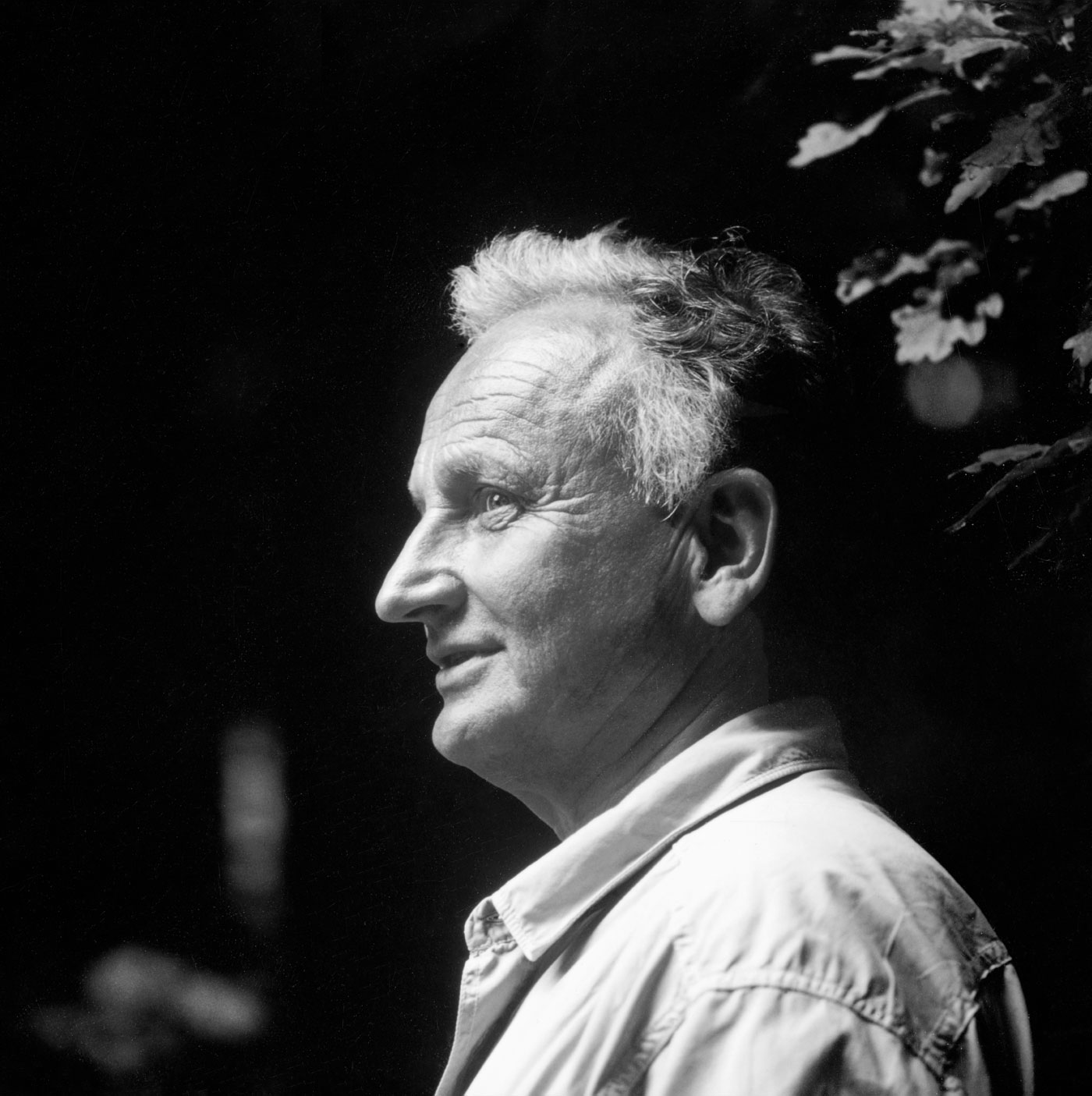
VS branches opened in a number of places including Munich, Frankfurt, Dusseldorf, Hannover and Nuremberg.
Karl Nothhelfer designed the KN 38 stackable, multipurpose chair – with its timeless, slender functionality it is still making its mark today.
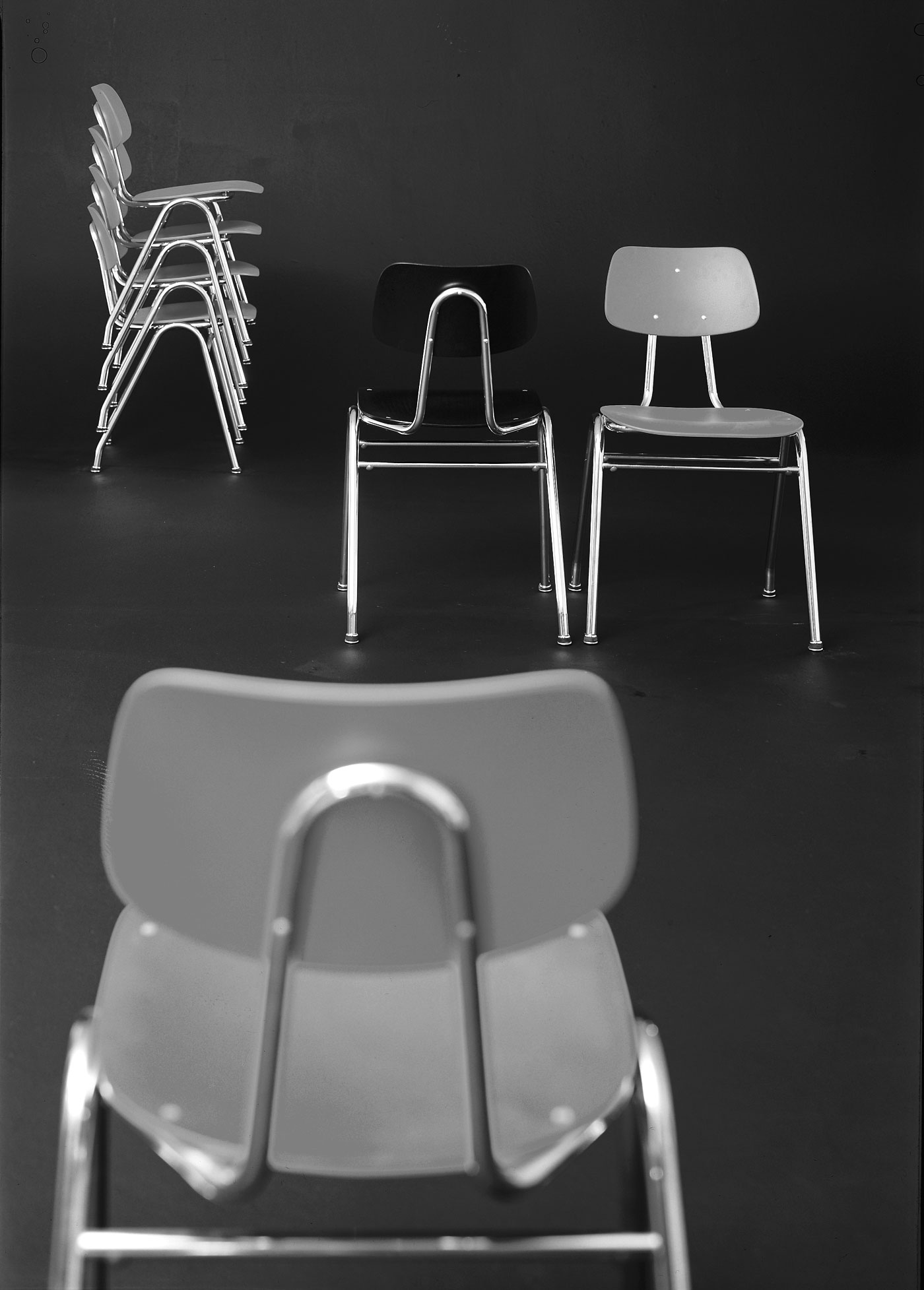
The new VS administration building designed by Karl Nothhelfer was completed; a show school pavilion was attached.
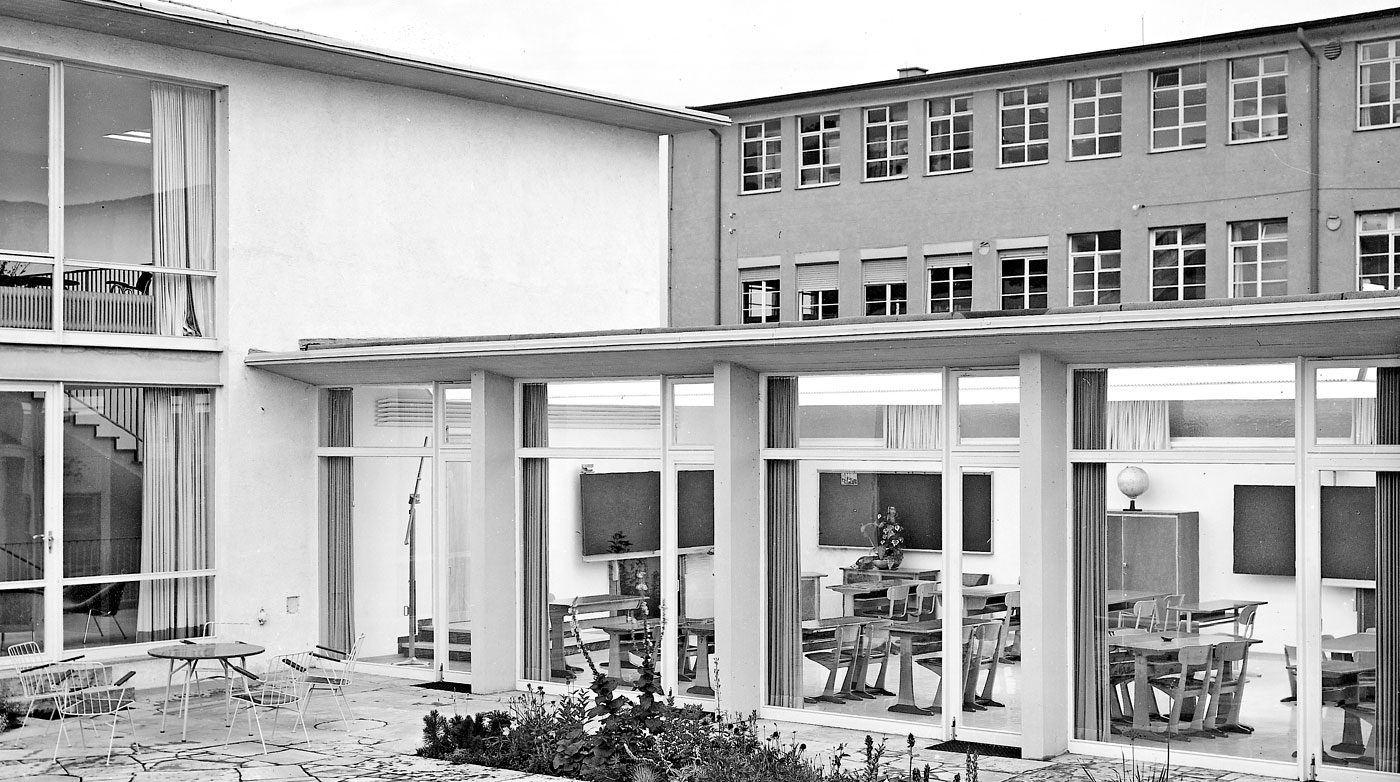
A new VS factory building with shed roof construction was started, to a design by Karl Nothhelfer.
VS was selling direct and delivering furniture with its own trucks.
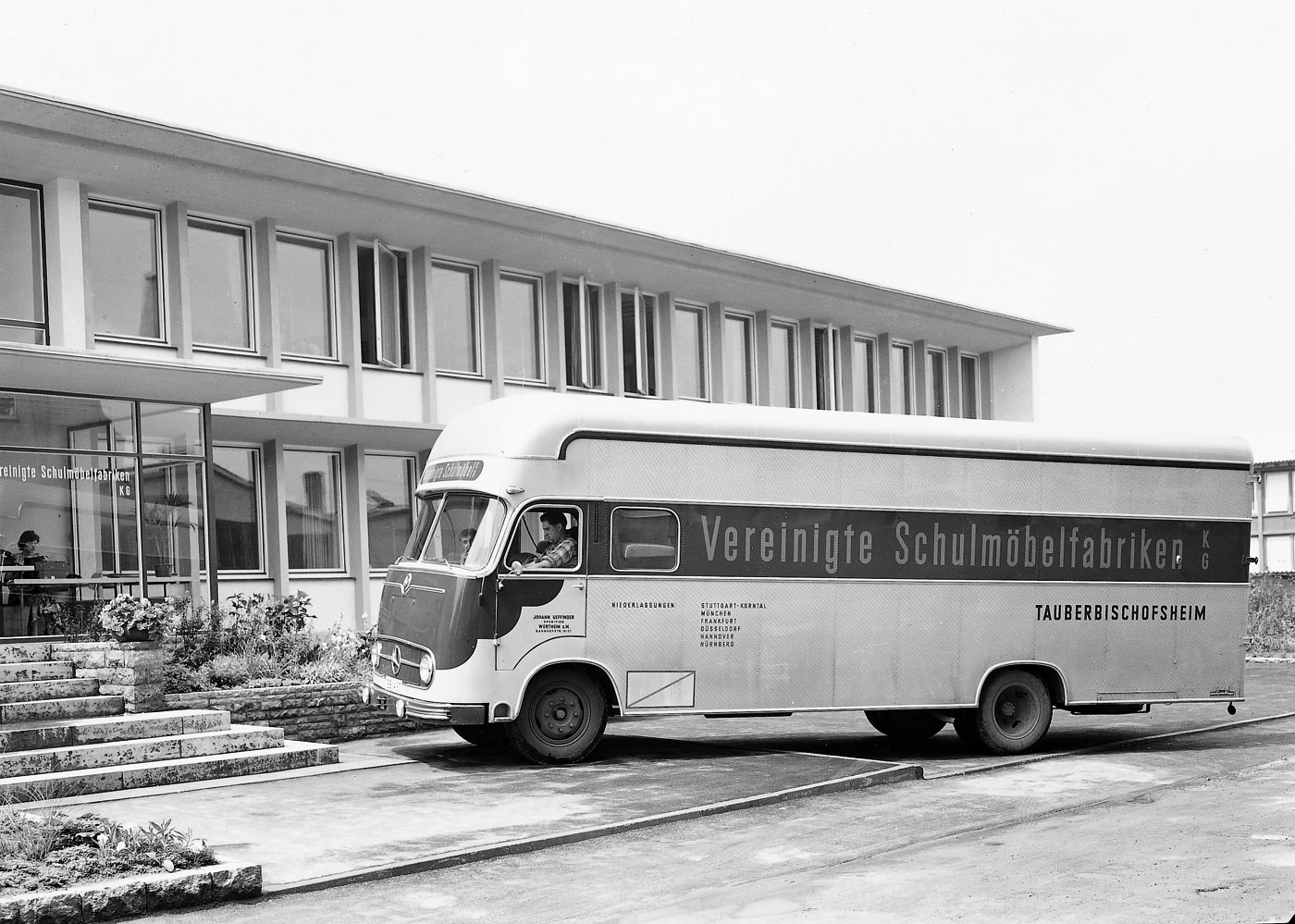
Tubular steel fabrication was integrated into the firm’s operations. This enabled VS to produce its own tubular steel constructions as well as their solid wood furniture.
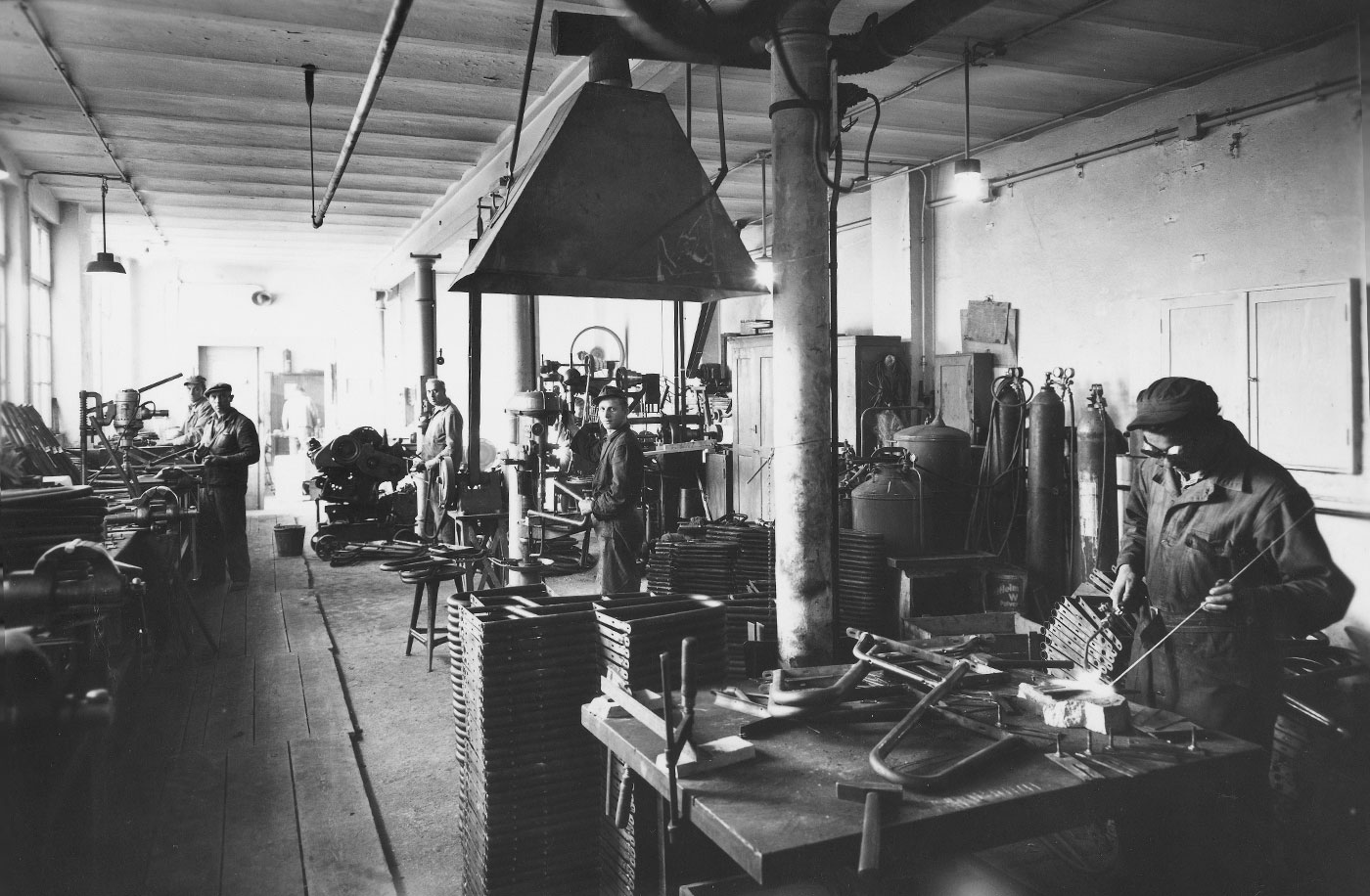
At the Brussels World’s Fair of 1958, in the German pavilion dedicated to education and learning, VS displayed a number of pupils’ workplaces consisting of tables and swivel chairs made from tubular steel after a design by Falk Müller. The frame and swivel mechanism were designed as purely metal constructions.
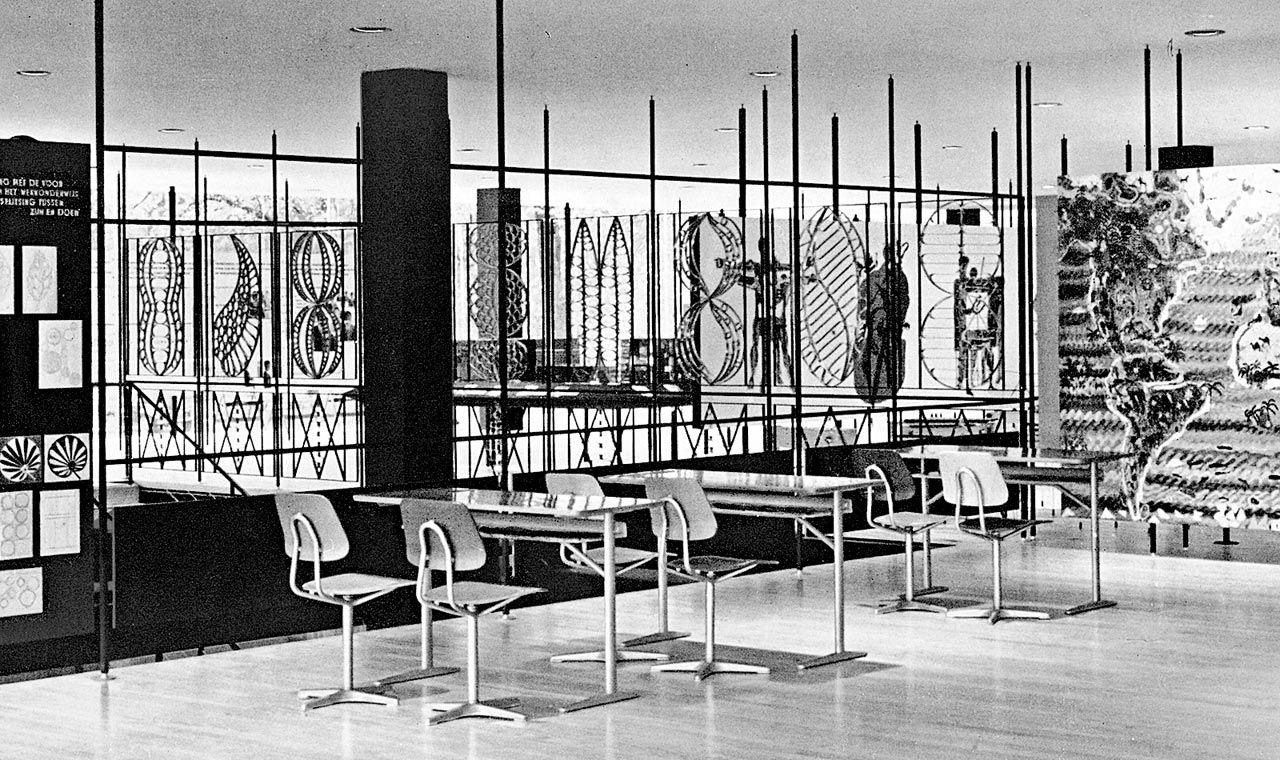
For the International Building Exhibition (Interbau) in Berlin, P. Johannes Müller & Co furnished the classroom of a model school with VS skid furniture.
A great number of companies tried to copy the successful skid chair and bypass the patent. In 1957 Falk Müller’s patent was at last upheld.
The German pavilion group for the Brussels World’s Fair was designed by architect, Egon Eiermann aided by Sep Ruf. With their Egon Eigermann Collection, VS is today still marketing furniture by the architect.
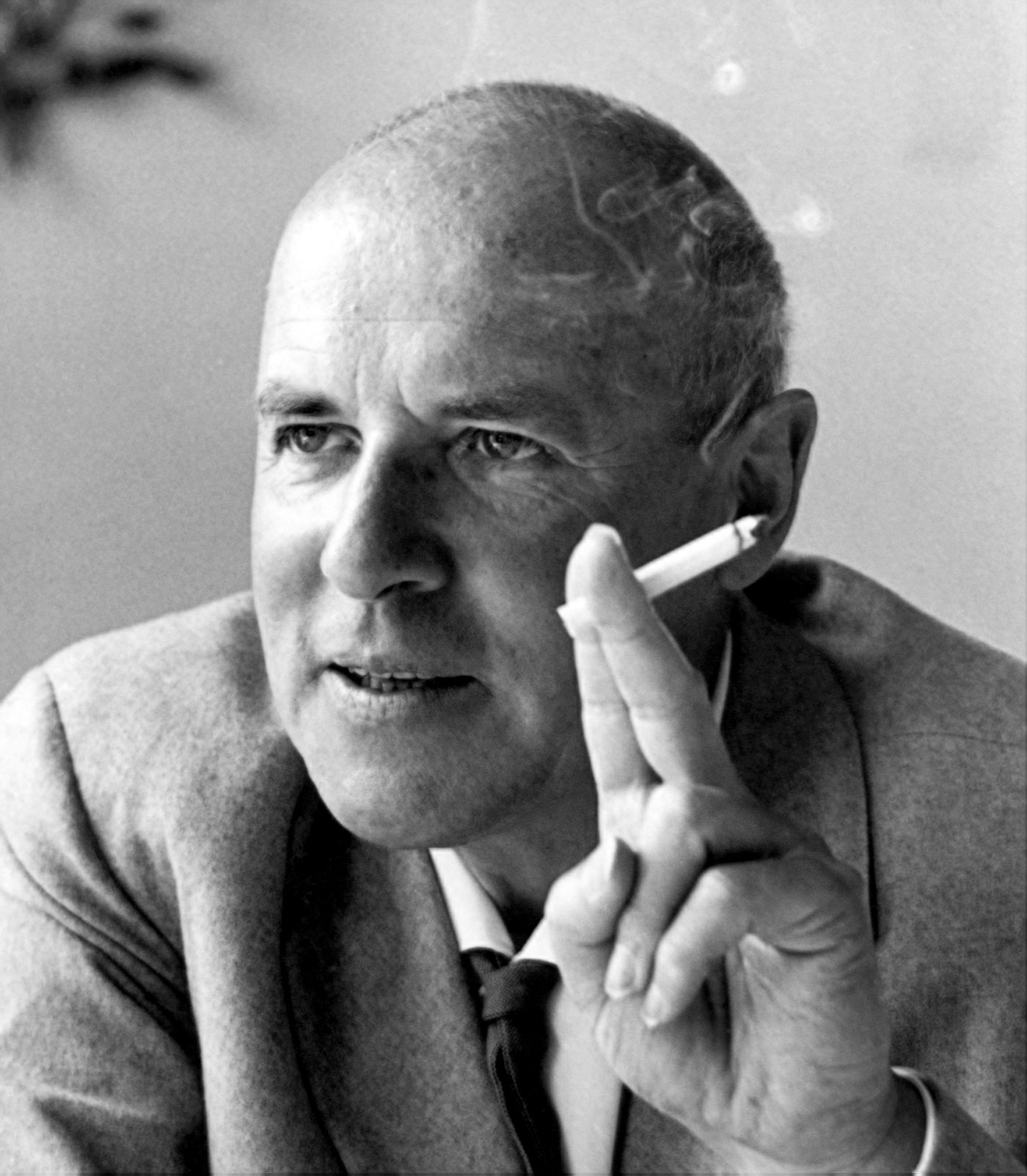
One of the main themes at the XII Triennale in Milan was the school. The VS swivel chair designed by Falk Müller was exhibited with school furniture in the German section.
Karl Nothhelfer’s reworking of the skid chair: The chair legs were designed in a trapezoid shape to improve torsional rigidity and enable lighter, more slender construction.
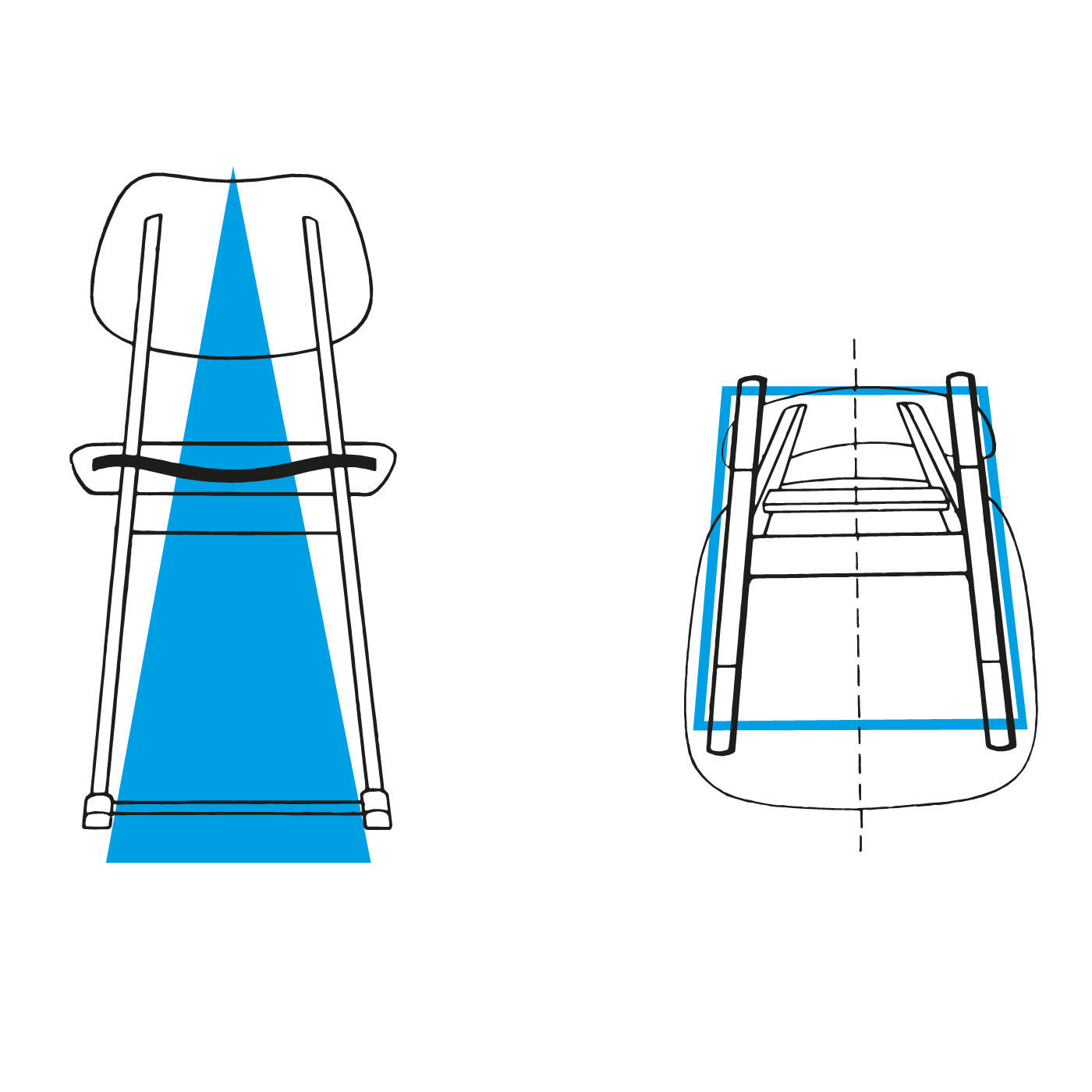
The new skid chair too, manufactured in solid beech wood, was a sales hit.
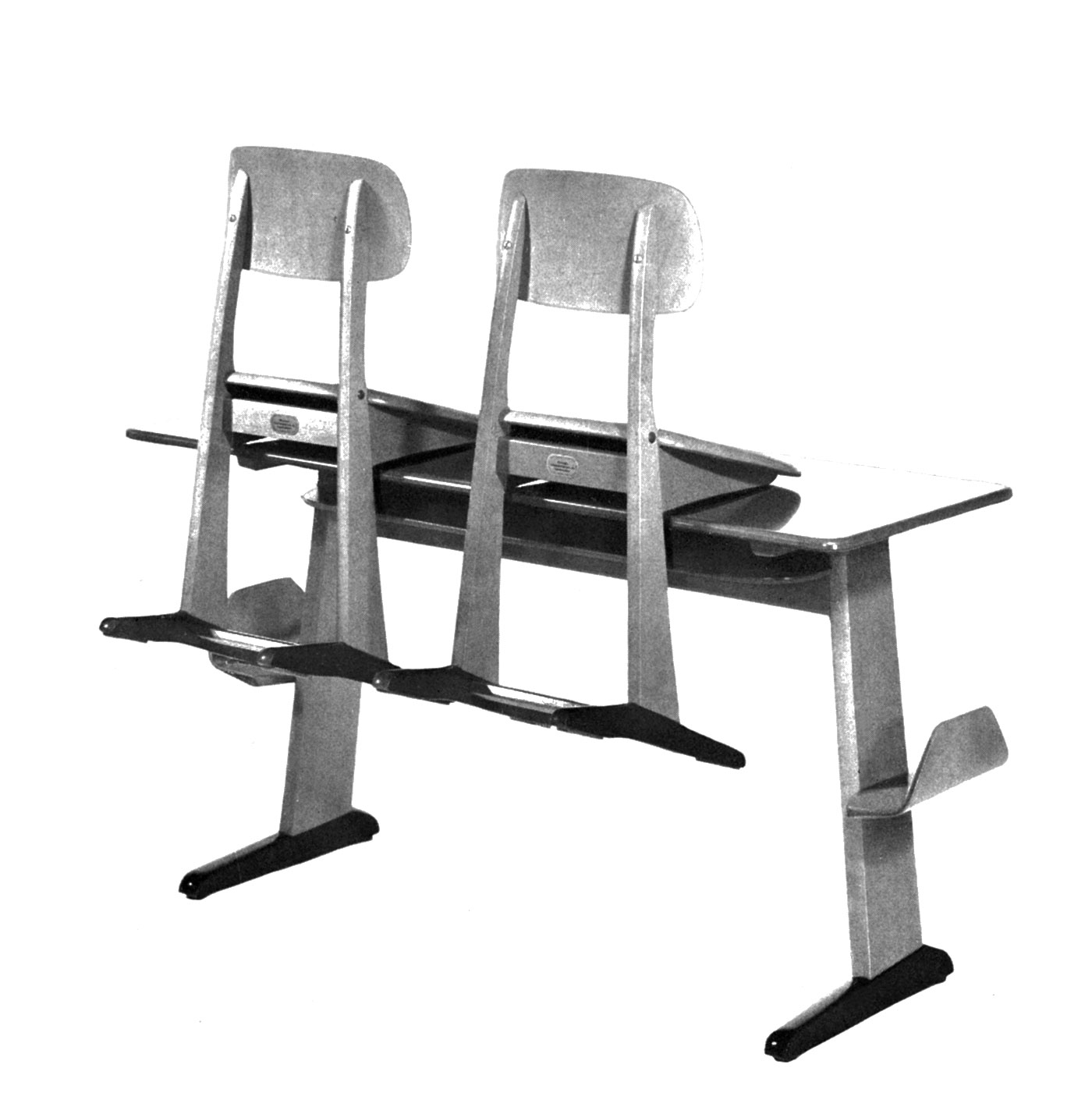
The new, lighter skid chair allowed pupils of all grades to get the chairs up off the floor after their lessons; the floor area was then clear and could be more easily cleaned.
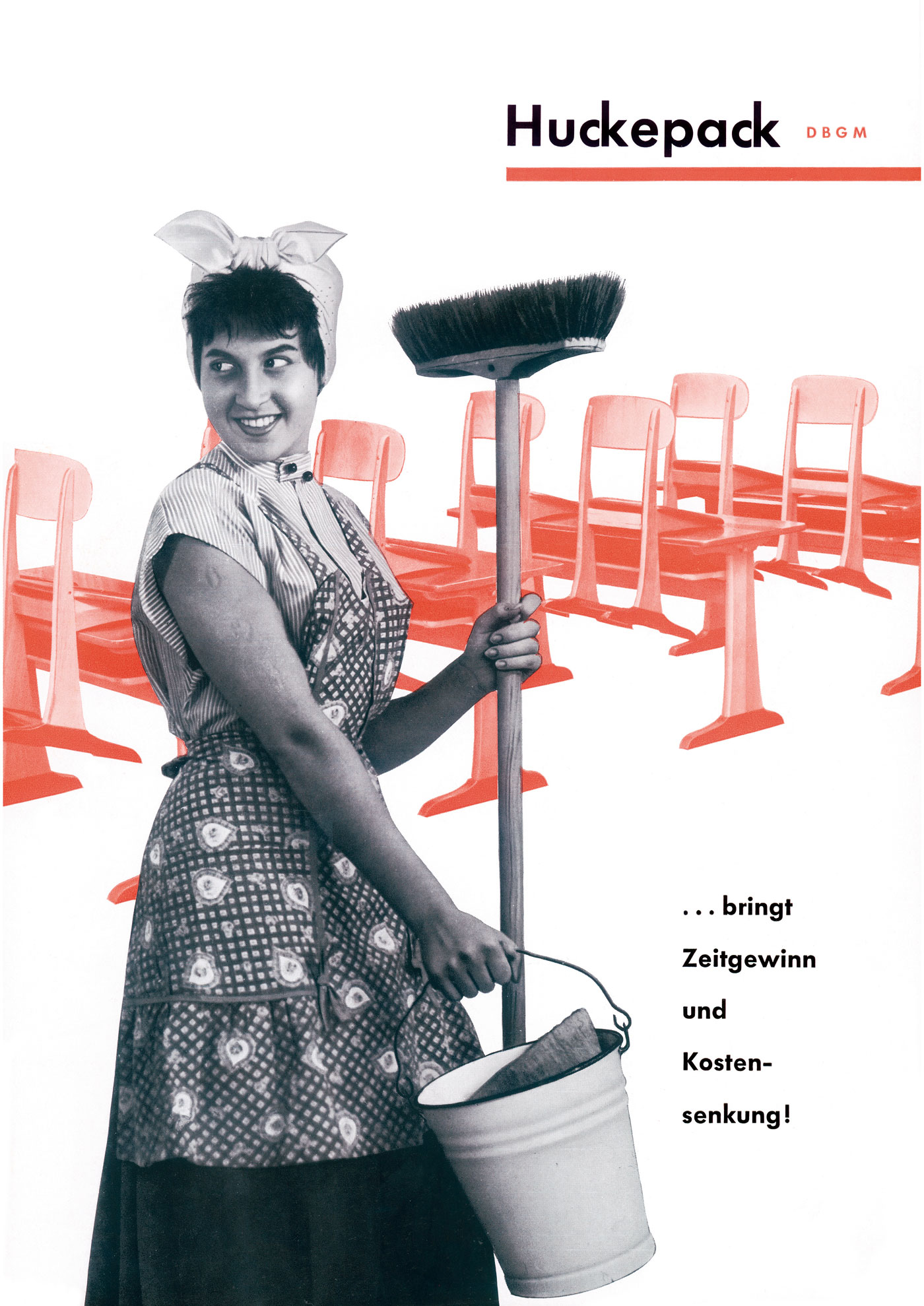
Developments in education and architecture made new demands on school furniture. It became essential for classrooms to be flexible and offer mobility. Furniture was now supposed to be light but also wear-resistant. In demand were stackable tables and chairs as well as cleat construction cupboards and shelves.
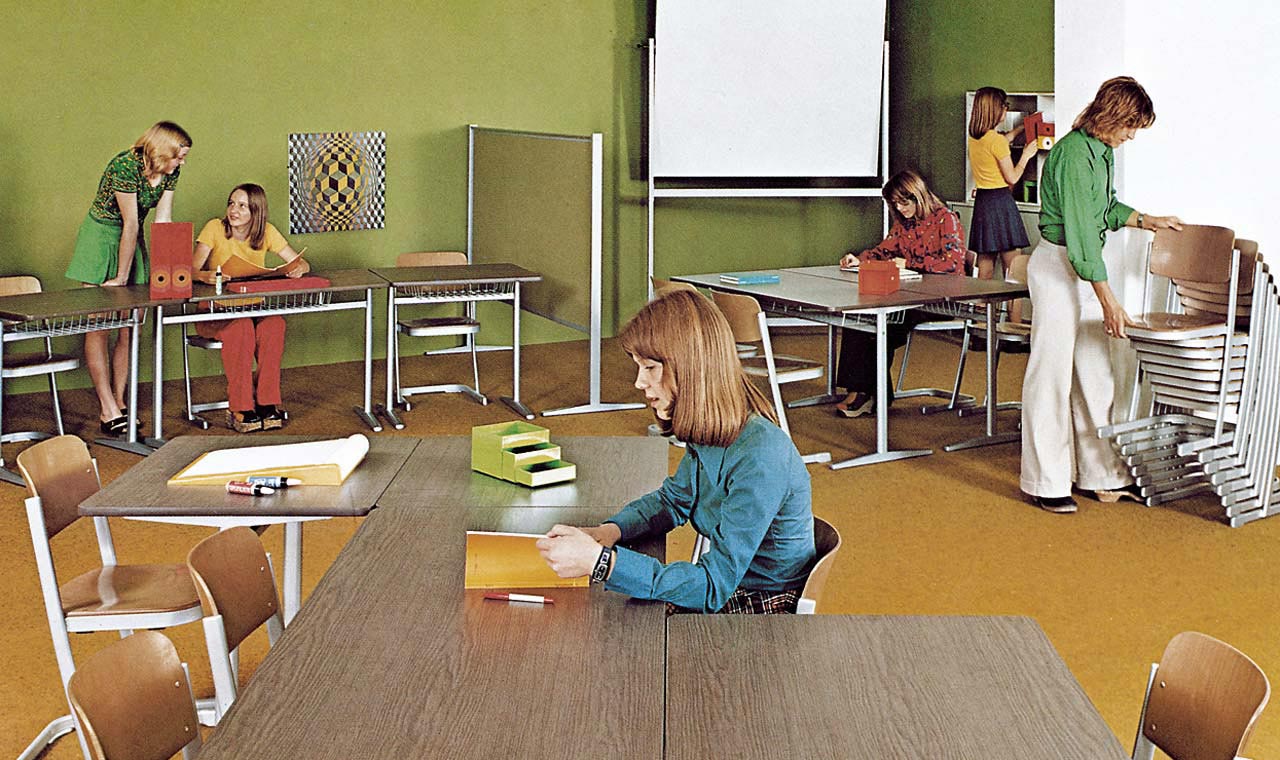
VS acquired the license for Thermodyne processing. This resulted in a pioneering product: LIGNOdur school table tops are extremely durable, robust and scratch-proof – in addition an environmentally-friendly recyclable product without the synthetic resins that, for example, chipboard has.
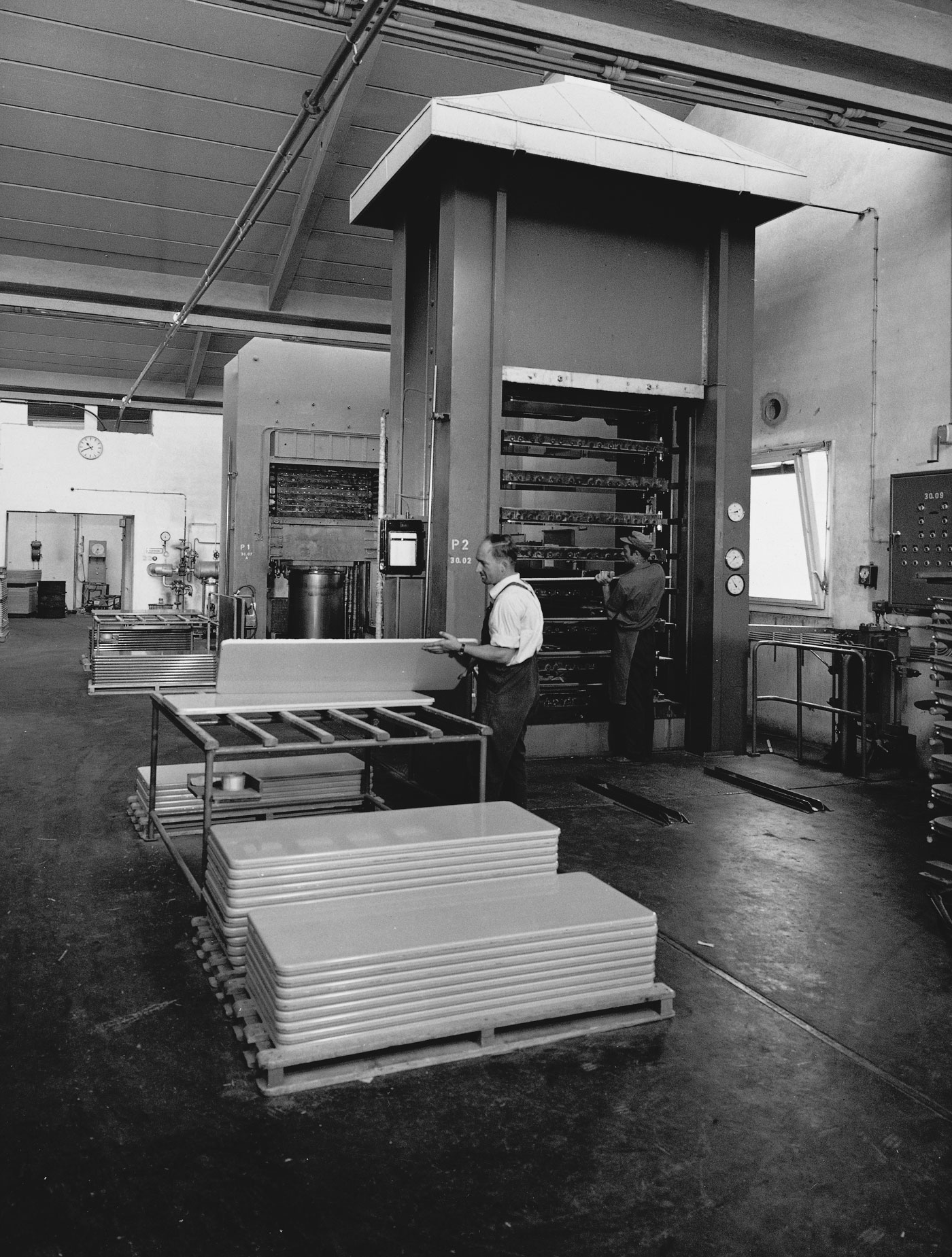
200,000 LIGNOdur table tops in different shapes were made each year by VS. They easily stand up to the toughest stress tests of all – the school day.
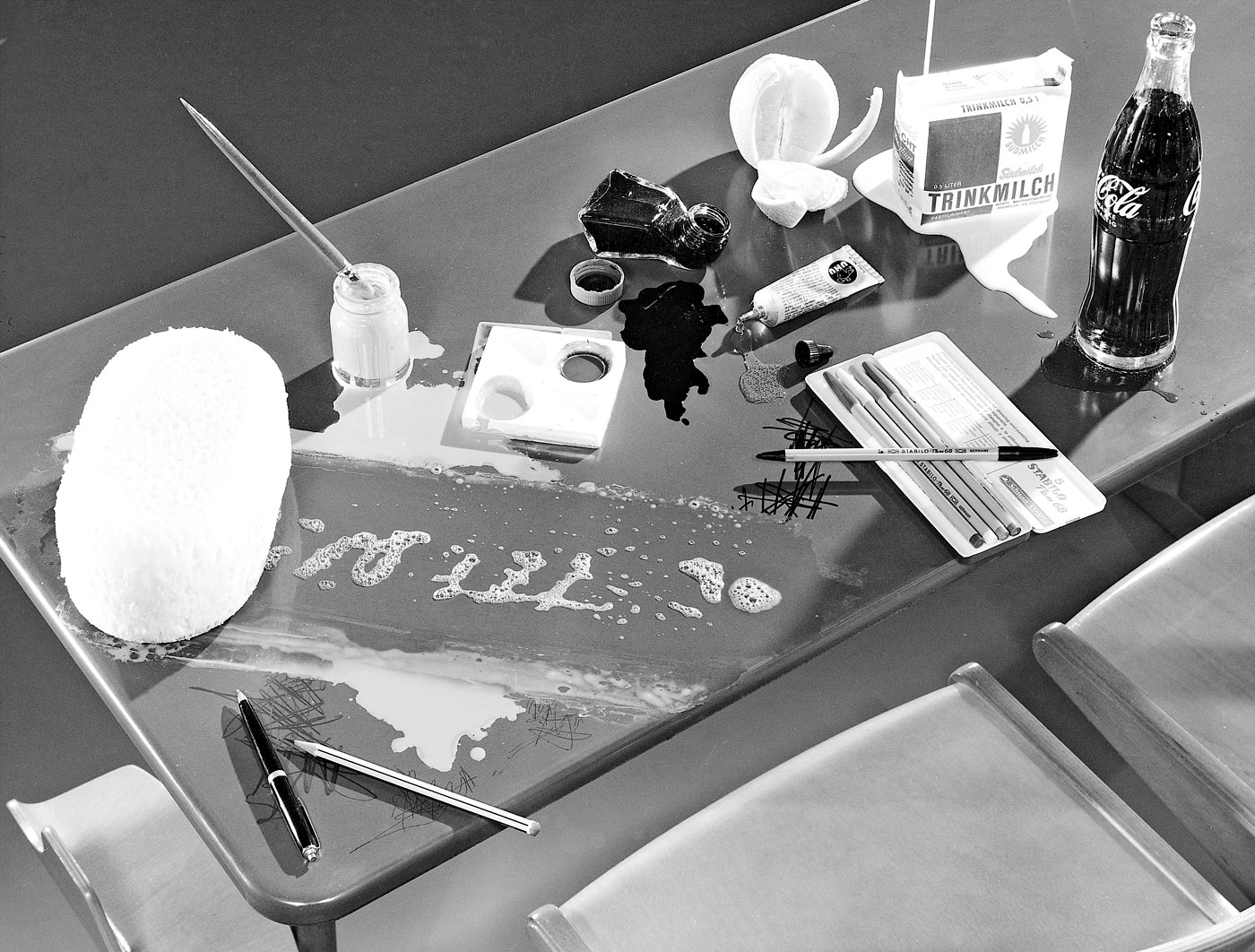
Karl Nothhelfer designed the tubular steel skid chair. The German federal “Gute Form” prize was awarded to VS in 1971 for this chair, model 1281, with its anatomically shaped ply-wood seat and back.
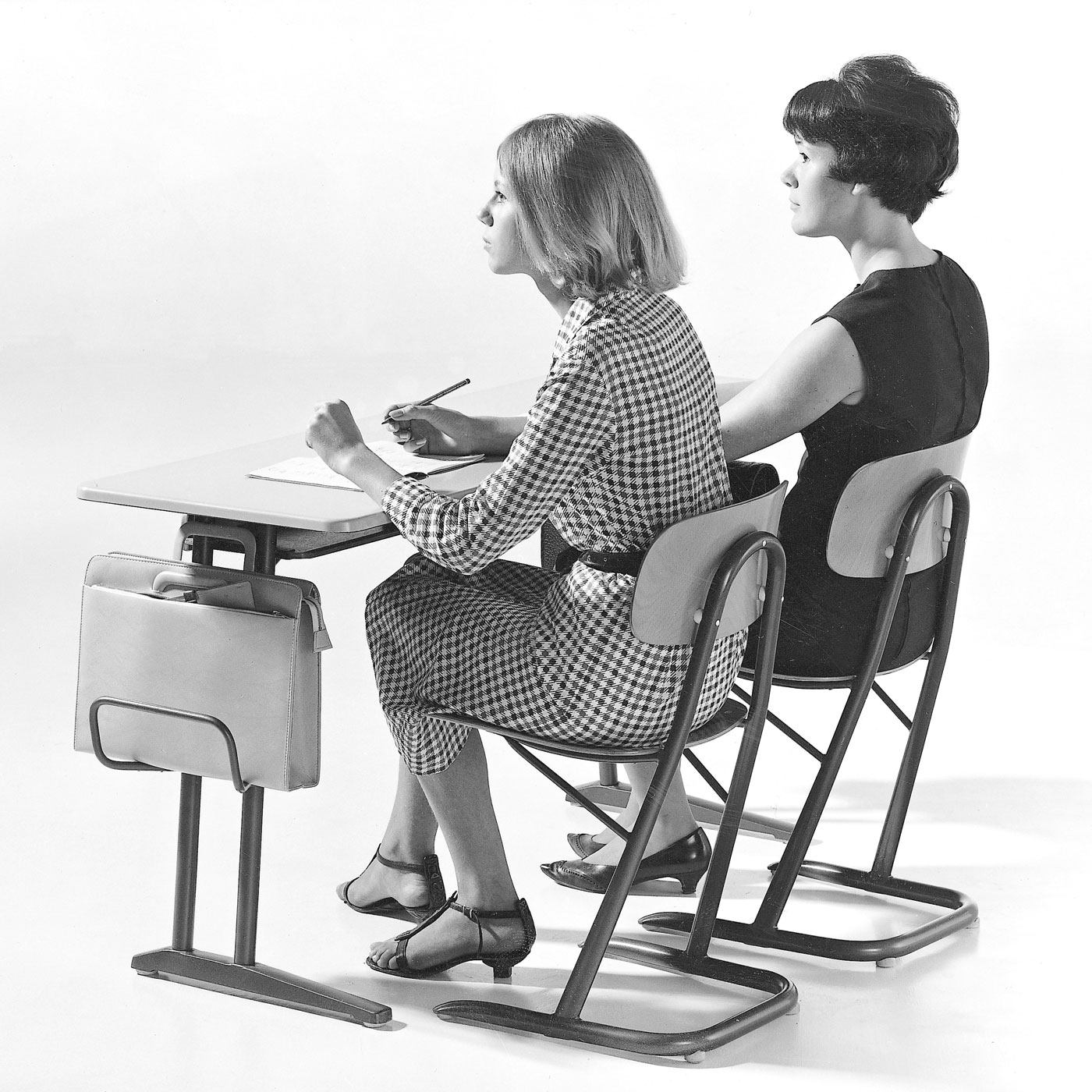
Adapta cupboard program for school administration areas. If until now the emphasis at VS had been on solid wood products, now was the time for coated and veneered chipboard.
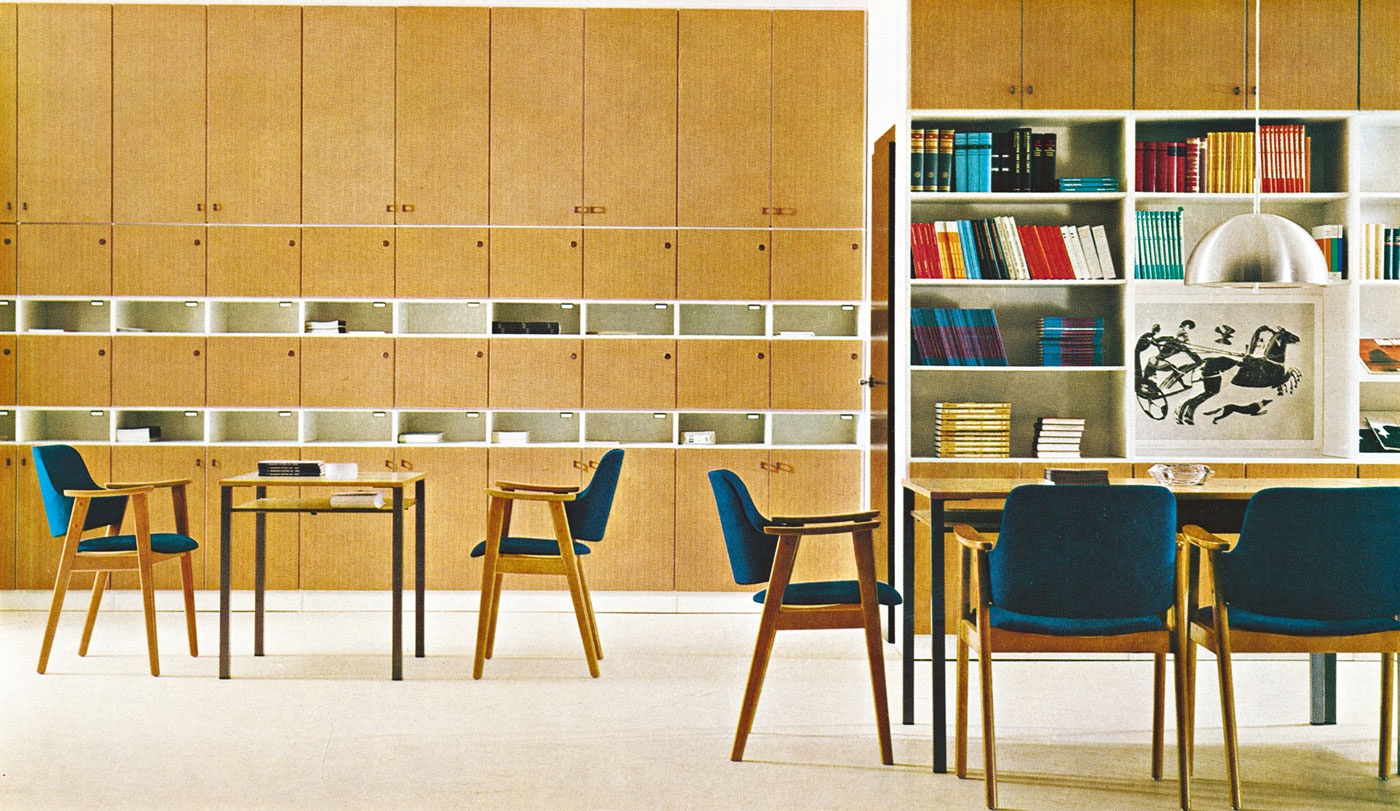
After 1973 an optimized version of Karl Nothhelfer’s skid chair was manufactured from oval steel tube. In comparison with the usual round steel tube it offered greater stability when under stress from tipping. Right from the year it was introduced, over 40 per cent of VS chairs were from this product line.
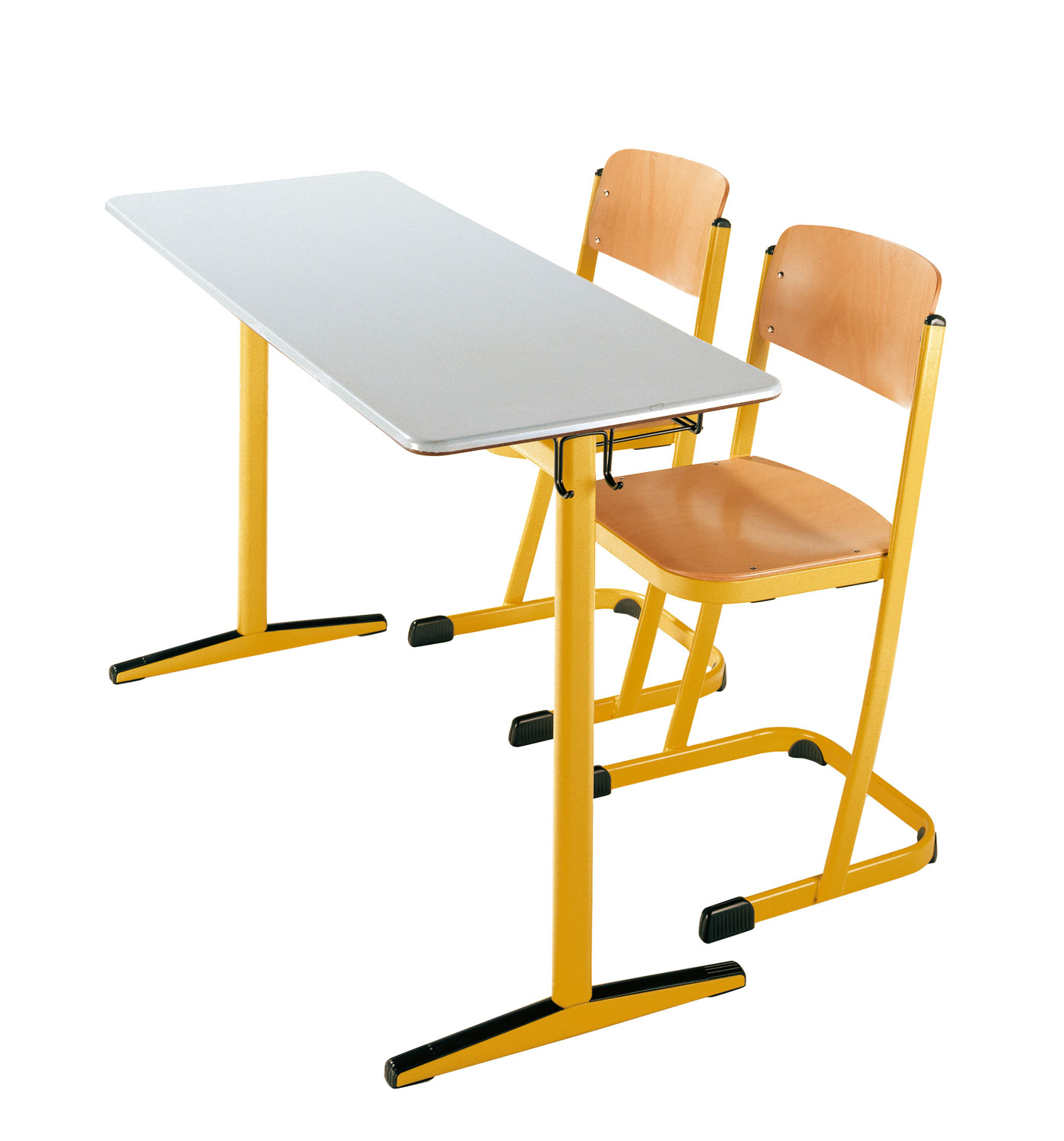
With its good stacking ability and practical piggyback design, the steel skid chair became standard in schools within a few years. After 1975, VS started to manufacture an optimized oval steel chair with seat and back made from recyclable, blown polypropylene. The synthetic material parts were double-walled and the seat had a comfortable air-cushion effect. VS was manufacturing the oval steel skid chairs at a rate of 400,000 per year.
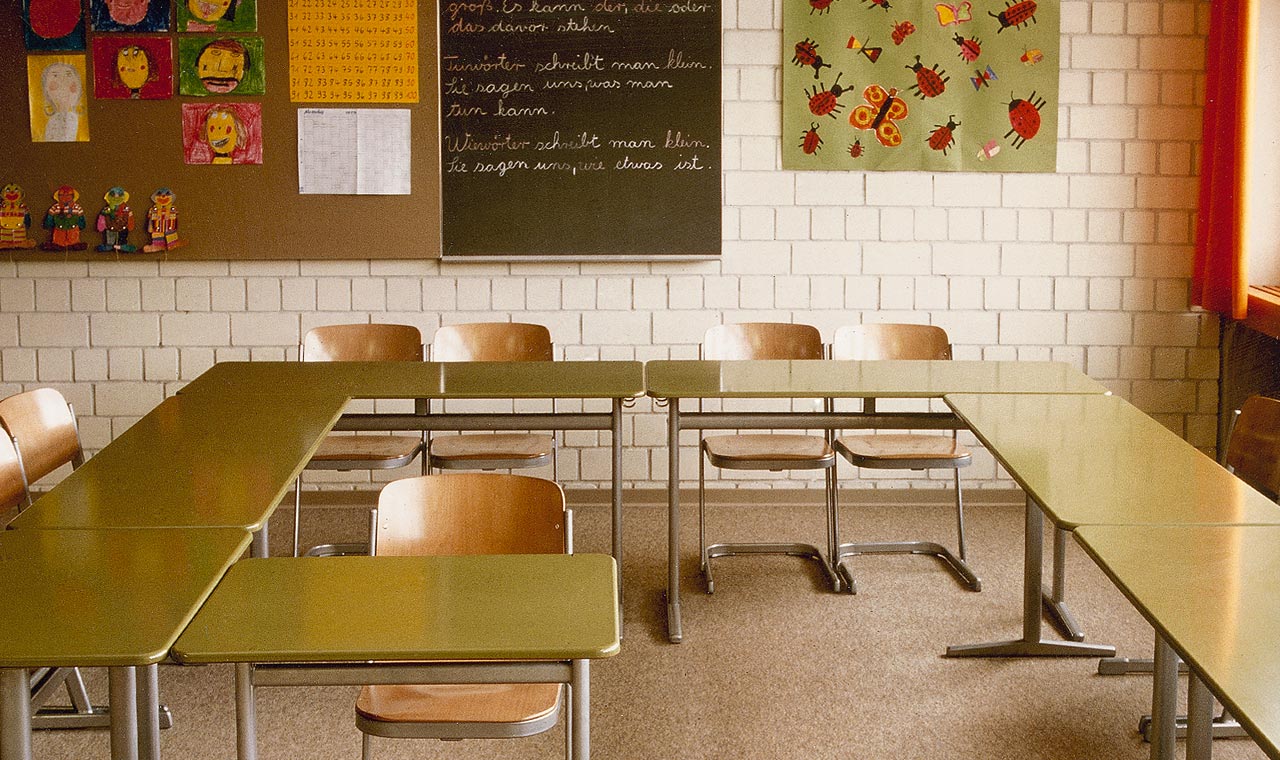
The “baby bust” meant a birthrate decline to 0.6 million from an annual 1.1 million in 1965. Till around 1985 pupil numbers decreased by up to 45 per cent; sales figures for school furniture fell back.
After switching to steel tube production, additional work needed to be found for VS’s large wood manufacturing capacity. This is the reason VS also became kitchen furniture suppliers.
School furniture market at an all-time low: Of the 25 companies who belonged to the trade association in the year 1970, only five were still making school furniture.
The VS steel skid chair on a grand stage: scene from Nigel Williams’s drama, “Class Enemy”, directed by Peter Stein, at the Schaubühne am Halleschen Ufer, Berlin.
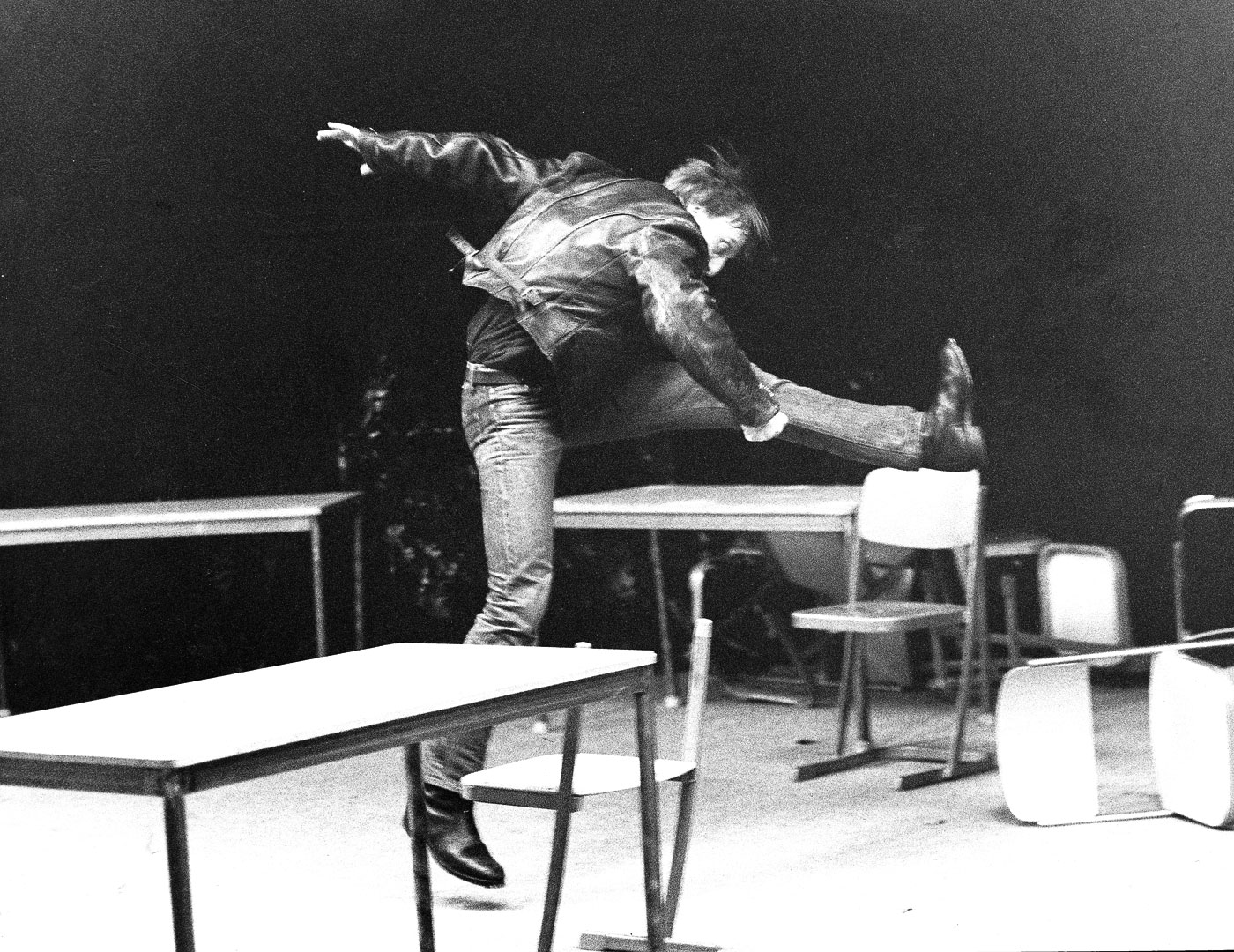
VS enlarged their range and integrated additional manufacturing sectors which were reflected in the new name: VS Vereinigte Spezialmöbelfabriken.
VS repositioned themselves: The entire production technology was switched to accommodate the latest developments. The focus was on the introduction of CNC technology in wood production, automation in steel tube manufacture and use of environmentally-friendly, water-based varnish. Metal parts were varnished with solvent-free powder coating. With the aid of such investment, sales up till 1995 tripled. In order to become less dependent on school furniture, VS also started to develop and manufacture office furniture.
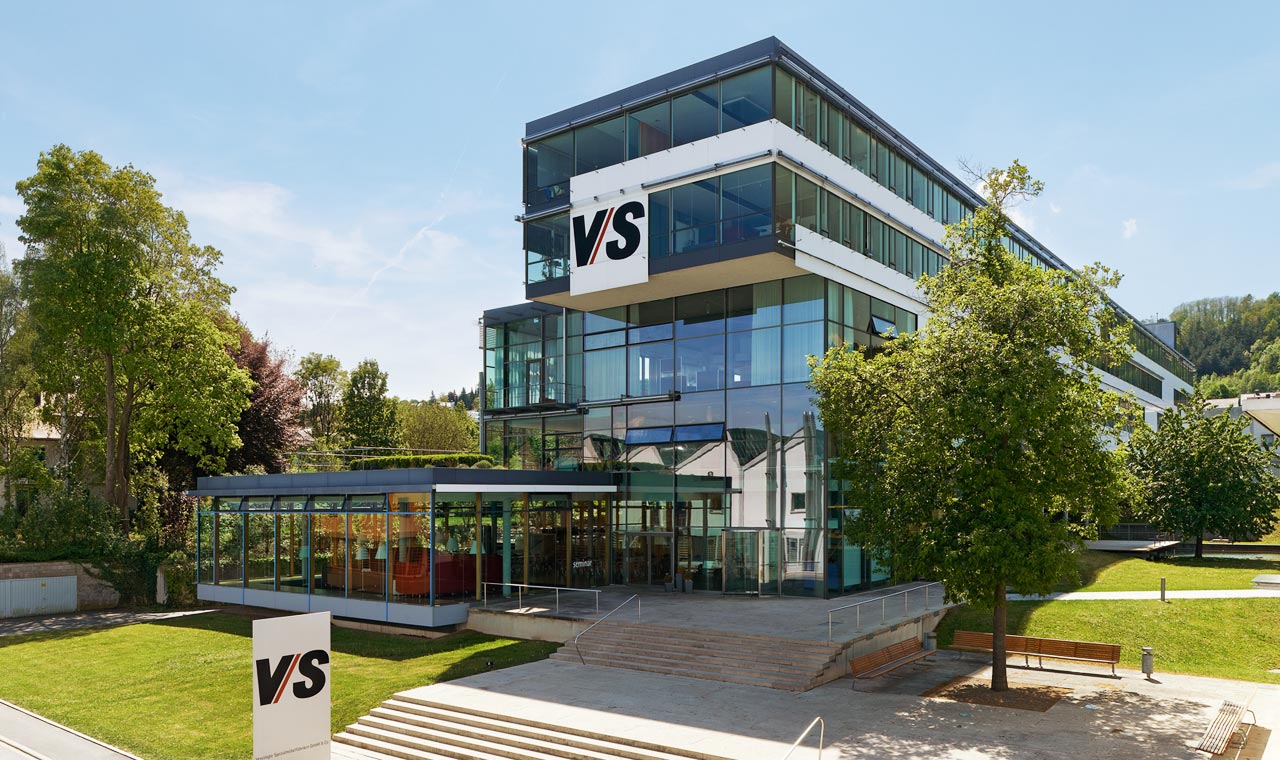
Architects Günter Behnisch and Hubertus Eilers designed single desk furniture with a characteristic free-form top for Leybold AG in Alzenau and developed it with VS.
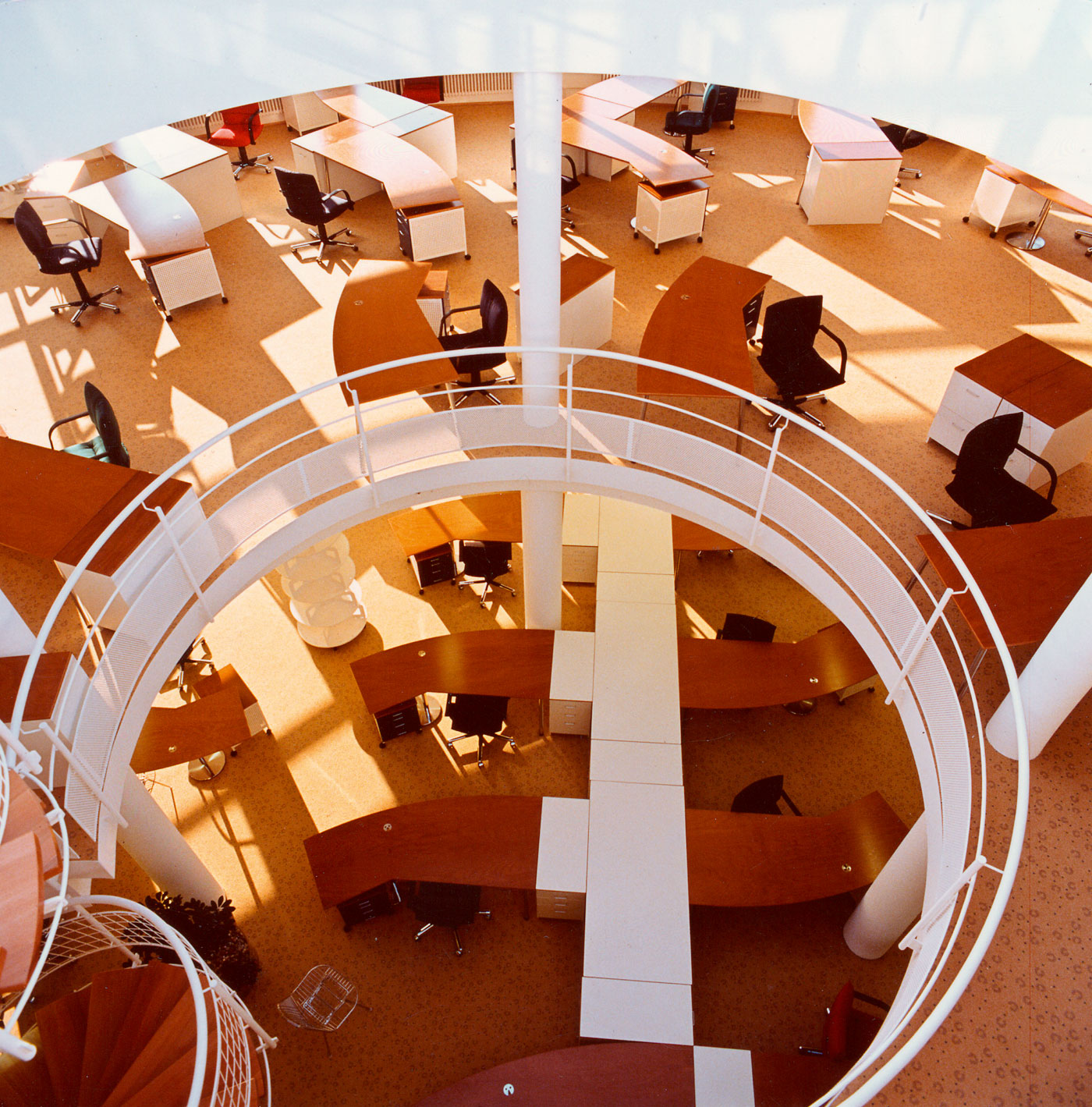
After Falk Müller’s death, his son Thomas Müller became VS’s managing director.
VS were represented for the first time at the Orgatec office furniture trade fair in Cologne. They won the design prize for their B&P 900 desk by Behnisch and Eilers.
After the Fall of the Wall, P. Johannes Müller & Co extended their business into the new federal states. In the same year, it was fully integrated into VS by Thomas Müller.
VS took over the Ewald Sauer schools blackboard factory and this business was further developed in Rottendorf and Tauberbischofsheim.
With their Series 700 carcass program and Series 900 workplace system by Günter Behnisch and Hubertus Eilers VS became a powerful player in the office furniture field.
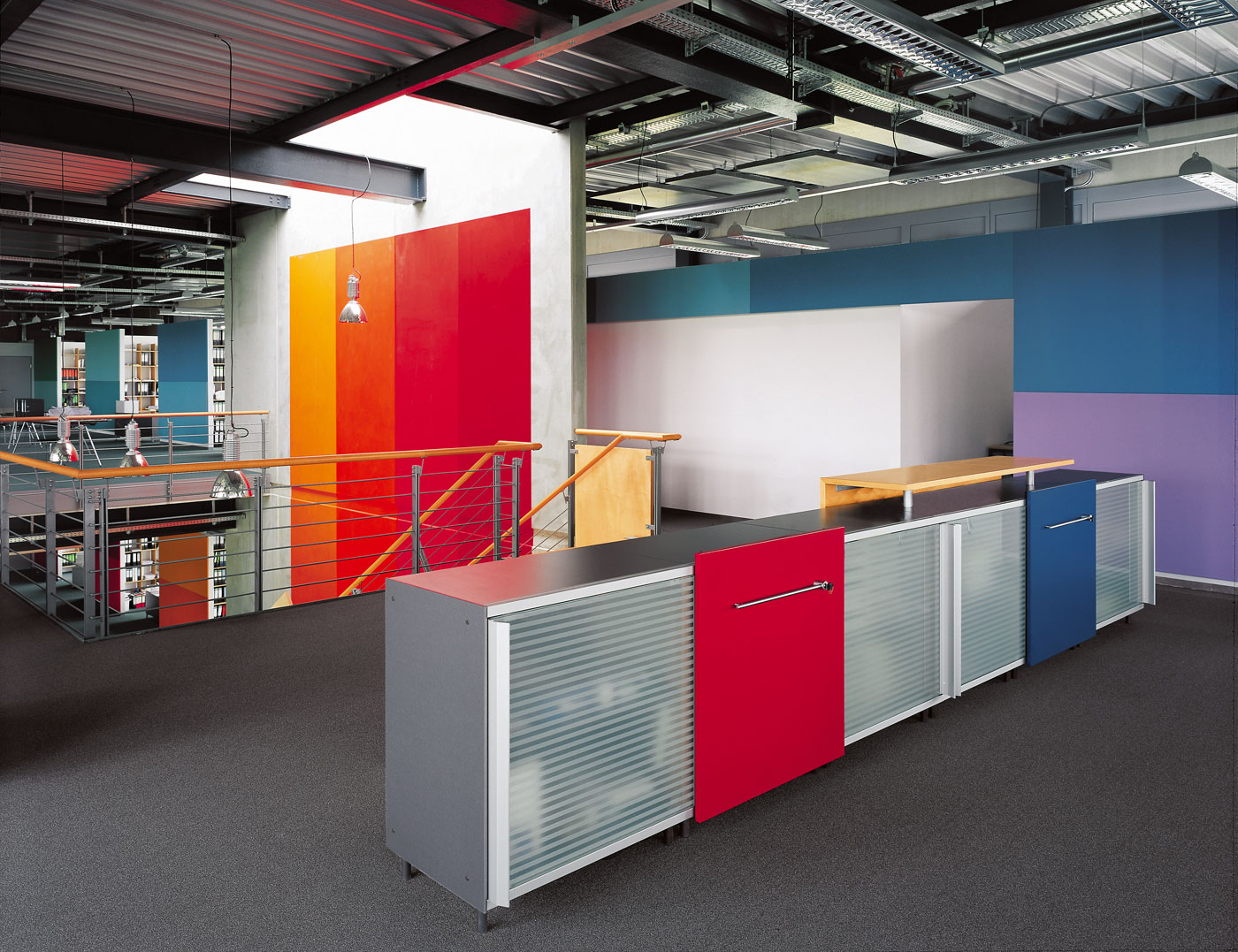
After three development years the ErgoSynchron pupil’s chair and ErgoSynchron table arrived on the market – creating new ergonomic standards in the school.
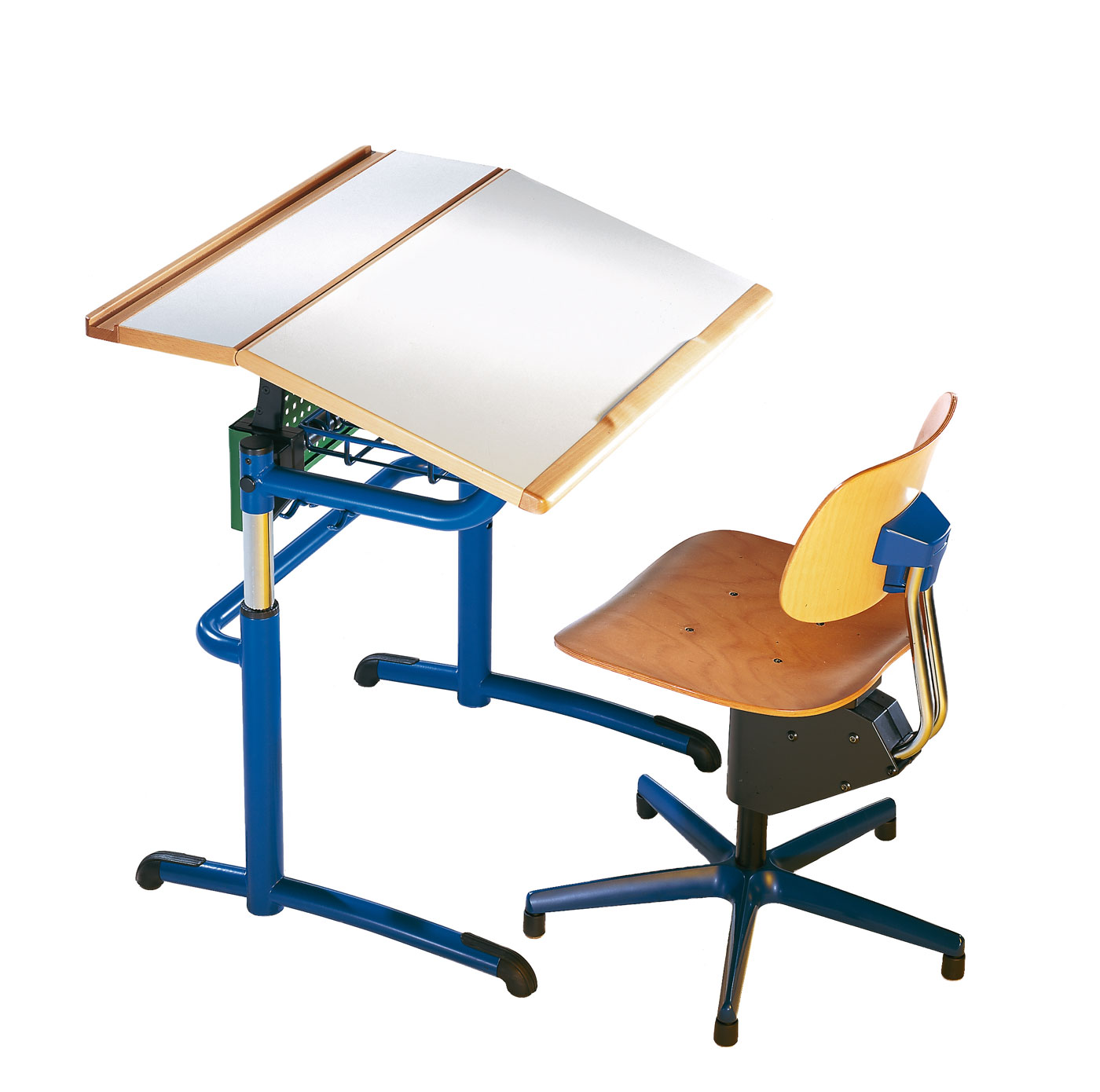
The start of the company’s collaboration with design legend, Verner Panton. The results included the cantilever PantoSwing and pupil’s swivel chair PantoMove with dynamic seat shell.
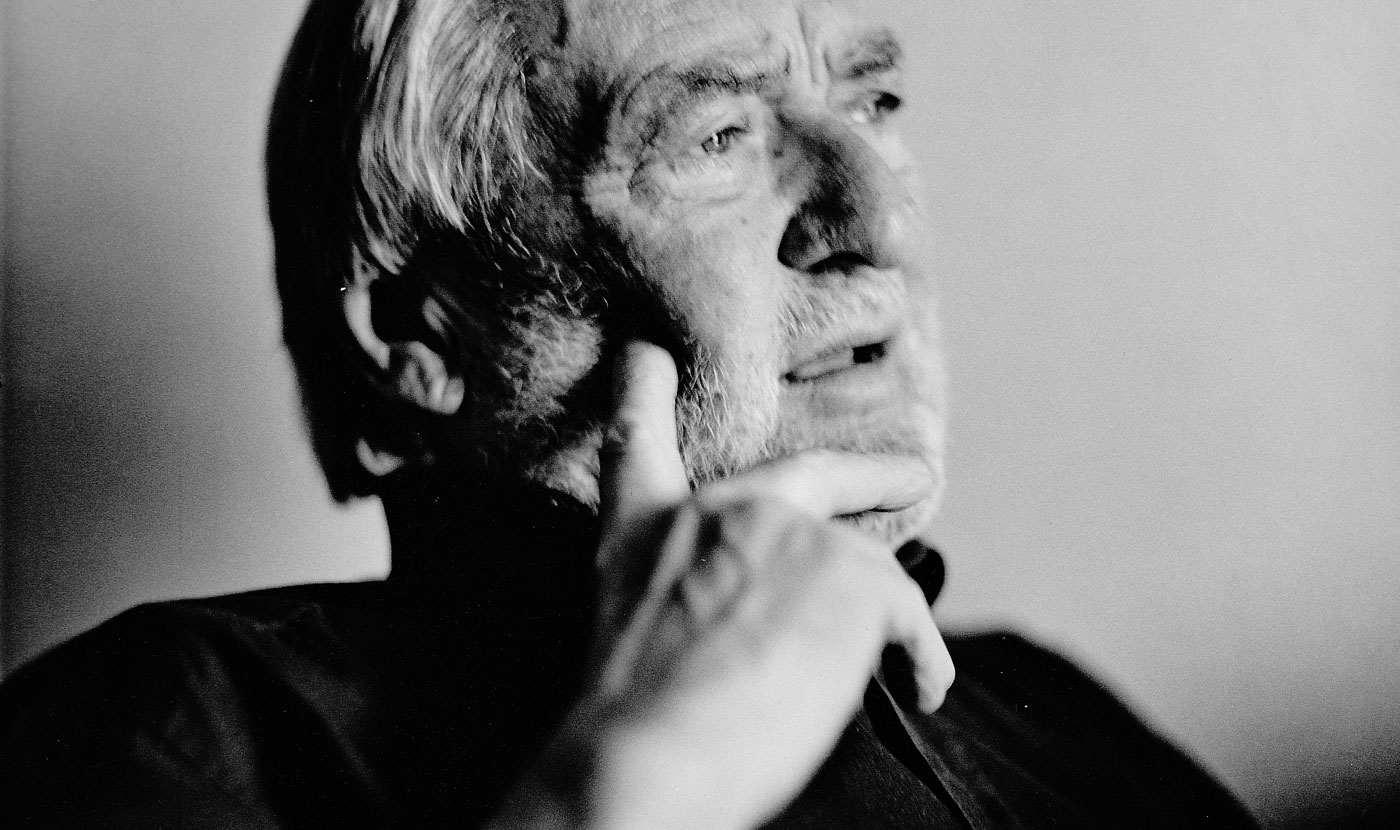
Extension of production areas: Works area IV completed. (Architects: KSP Engel and Zimmermann, Frankfurt)
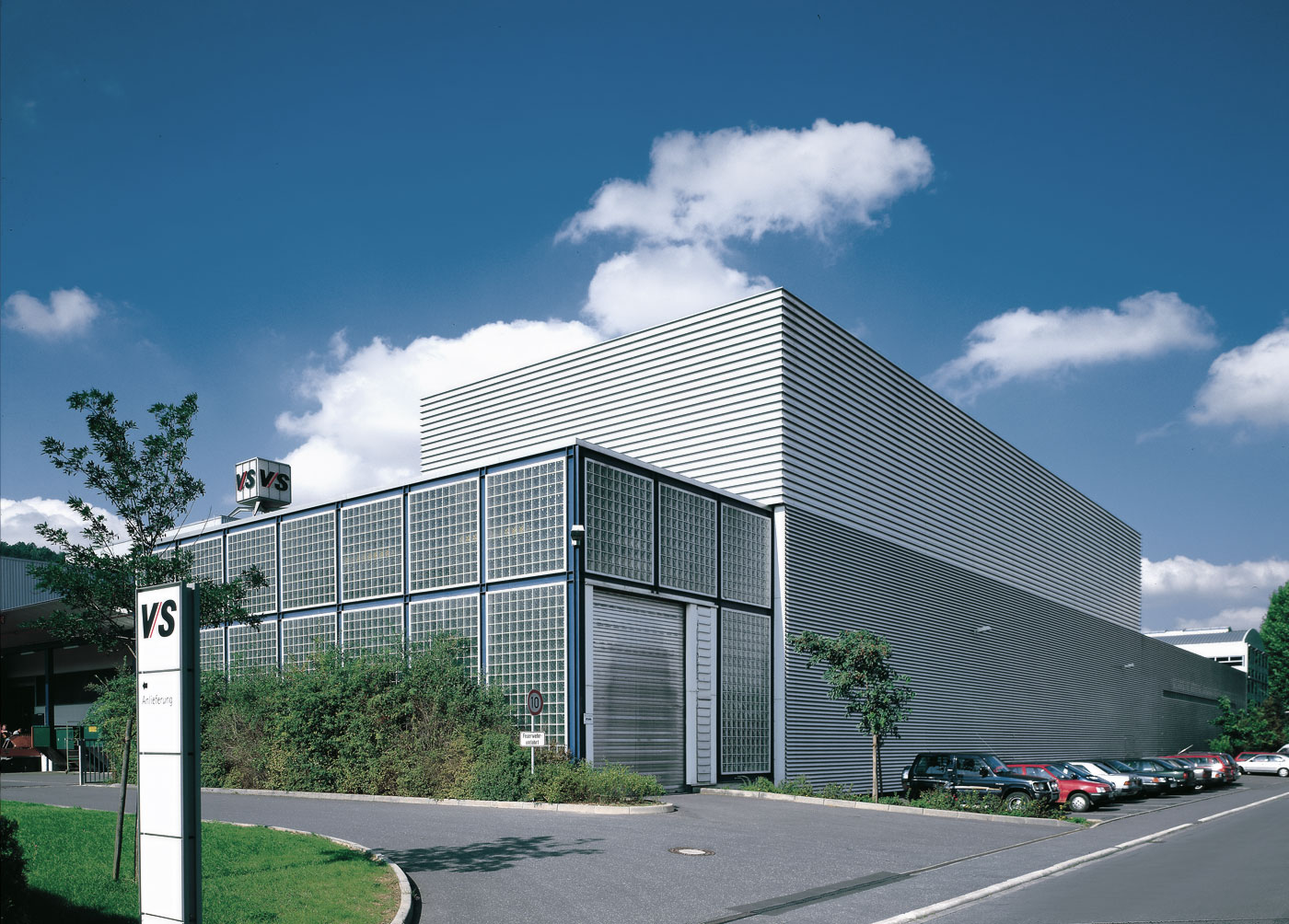
VS started the development of its Axis 360° desk program with design partners Jürgen Greubel and Frank Ziegler.
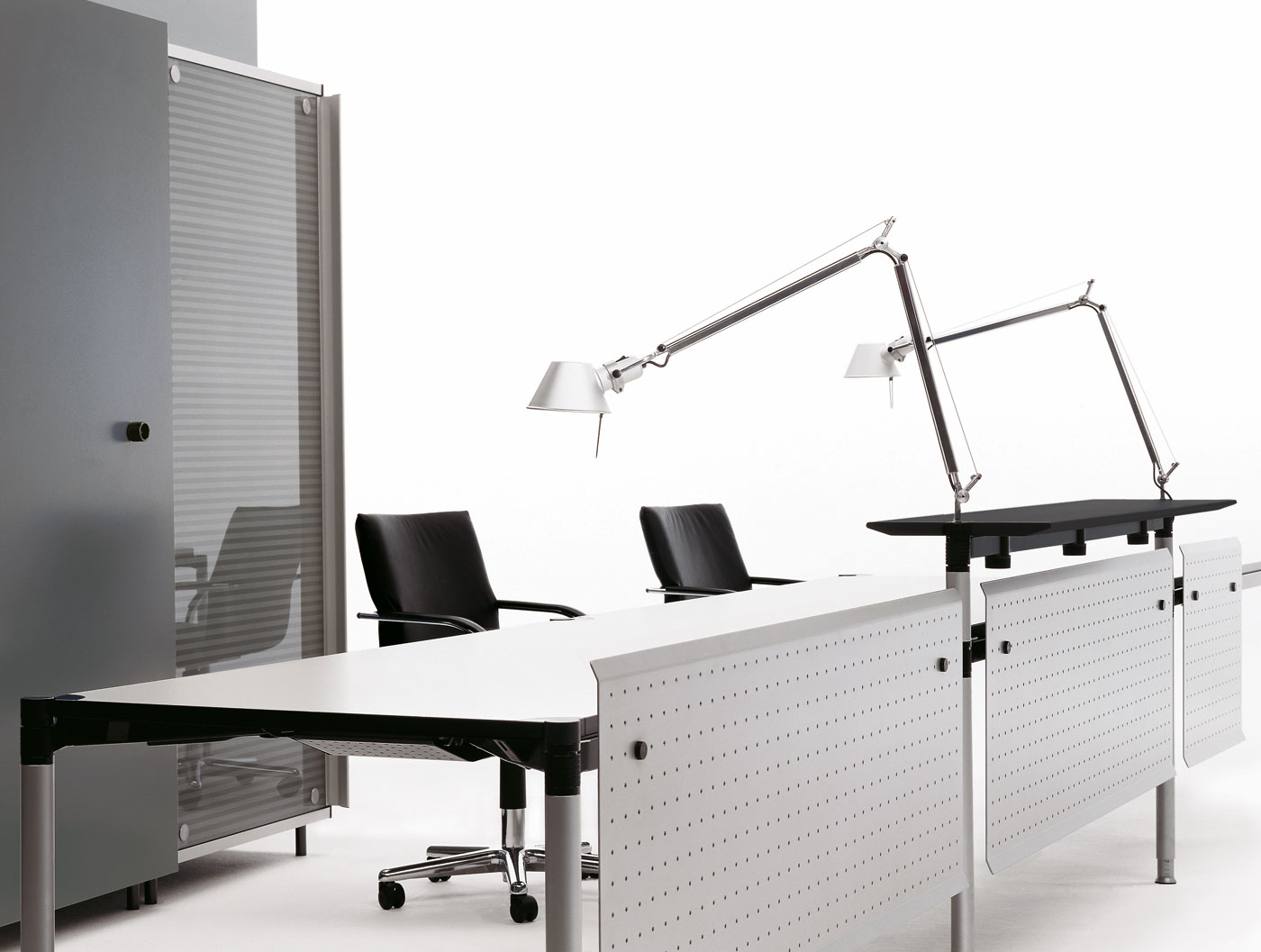
The single table by Behnisch and Eilers was developed to become an extensive and efficient office furniture system – the Series 900.
VS successively developed a comprehensive range of furniture for integrated fitting out of offices. This included the NetWork table system and Series 2000 privacy screen and screen system.
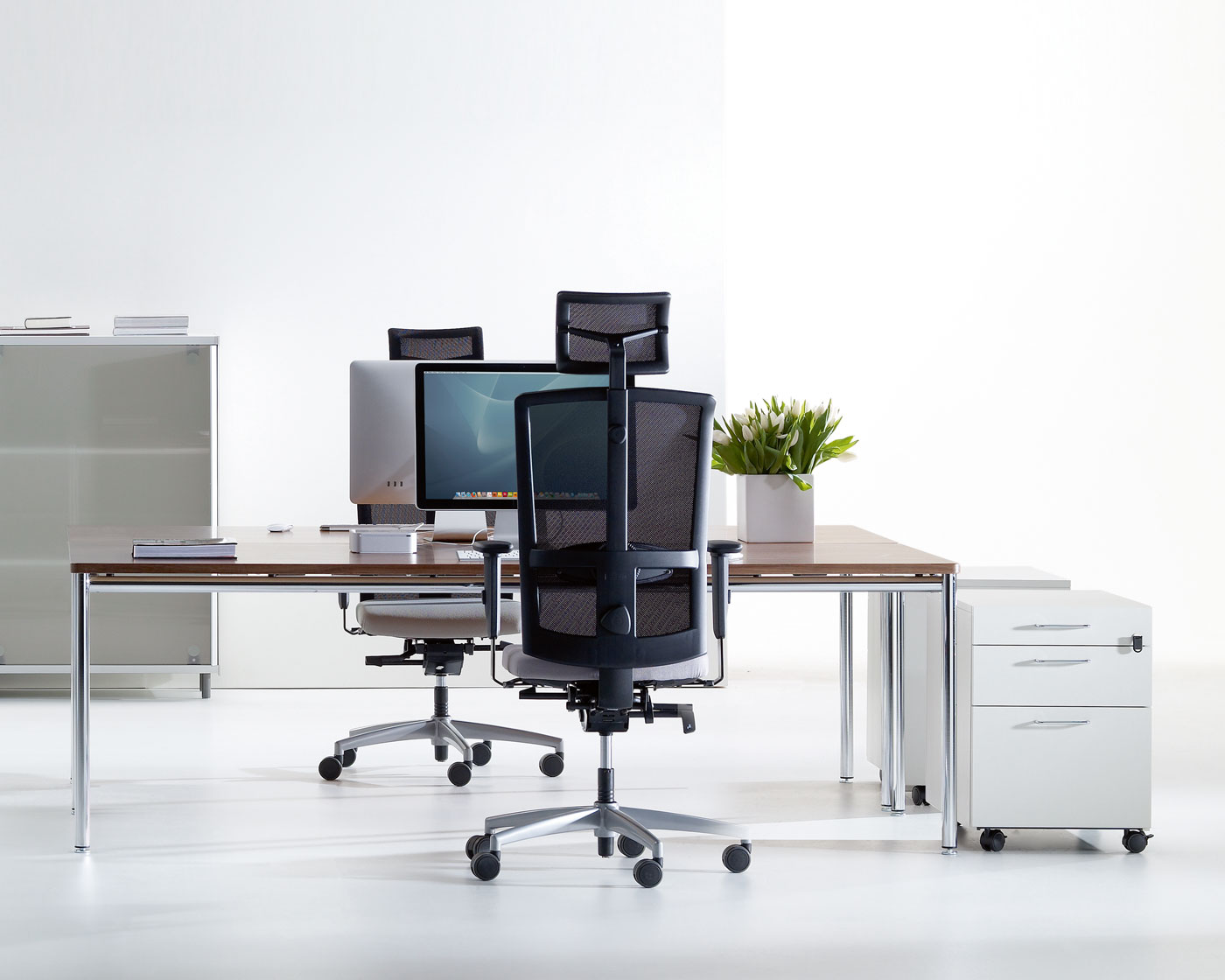
The permanent Exhibition: “The classroom. School furniture from the end of the 19th century till today” was opened in the VS School Museum in Tauberbischofsheim.
1898-1998: VS celebrated their one hundred-year company anniversary. They moved into their new administration and exhibition building erected by Günter Behnisch.
A VS strength: integrated furniture and fittings and well thought-out furniture systems for offices, schools and educational institutions. In comparison with other companies, VS has the range of products to cover the entire spectrum of requirements for a modern information and knowledge society with intelligent, functional furniture solutions – from kindergarten to schools, and from universities to offices, right up to the executive suite. The diversity of applications, our high quality levels and an array of products that meet the demand for individualization are the drivers for our success.
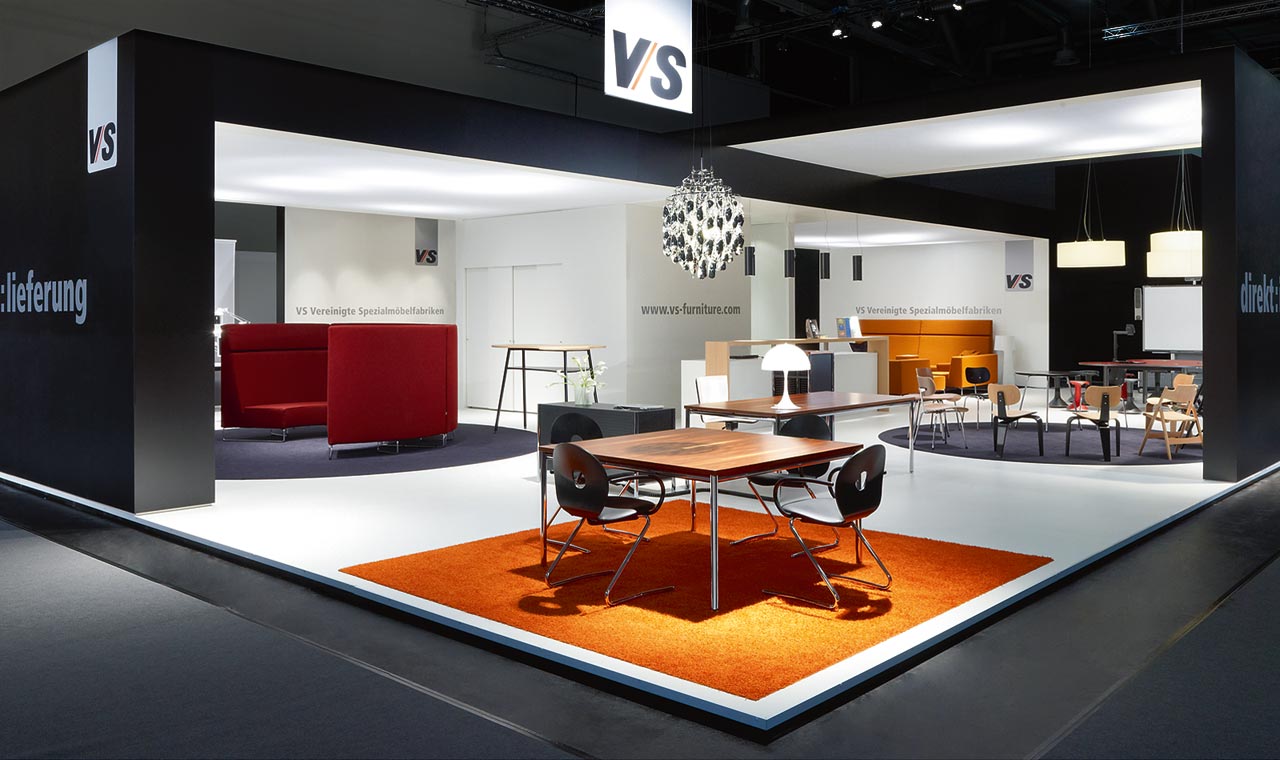
The Series 900 table system by Günter Behnisch and Hubertus Eilers received an award from the Nordrhein-Westfalen Design Zentrum.
All administrative work stations for the new German Bundestag in Berlin (Jakob-Kaiser-Haus and Paul-Löbe-Haus) were fitted out with Series 900 furniture.
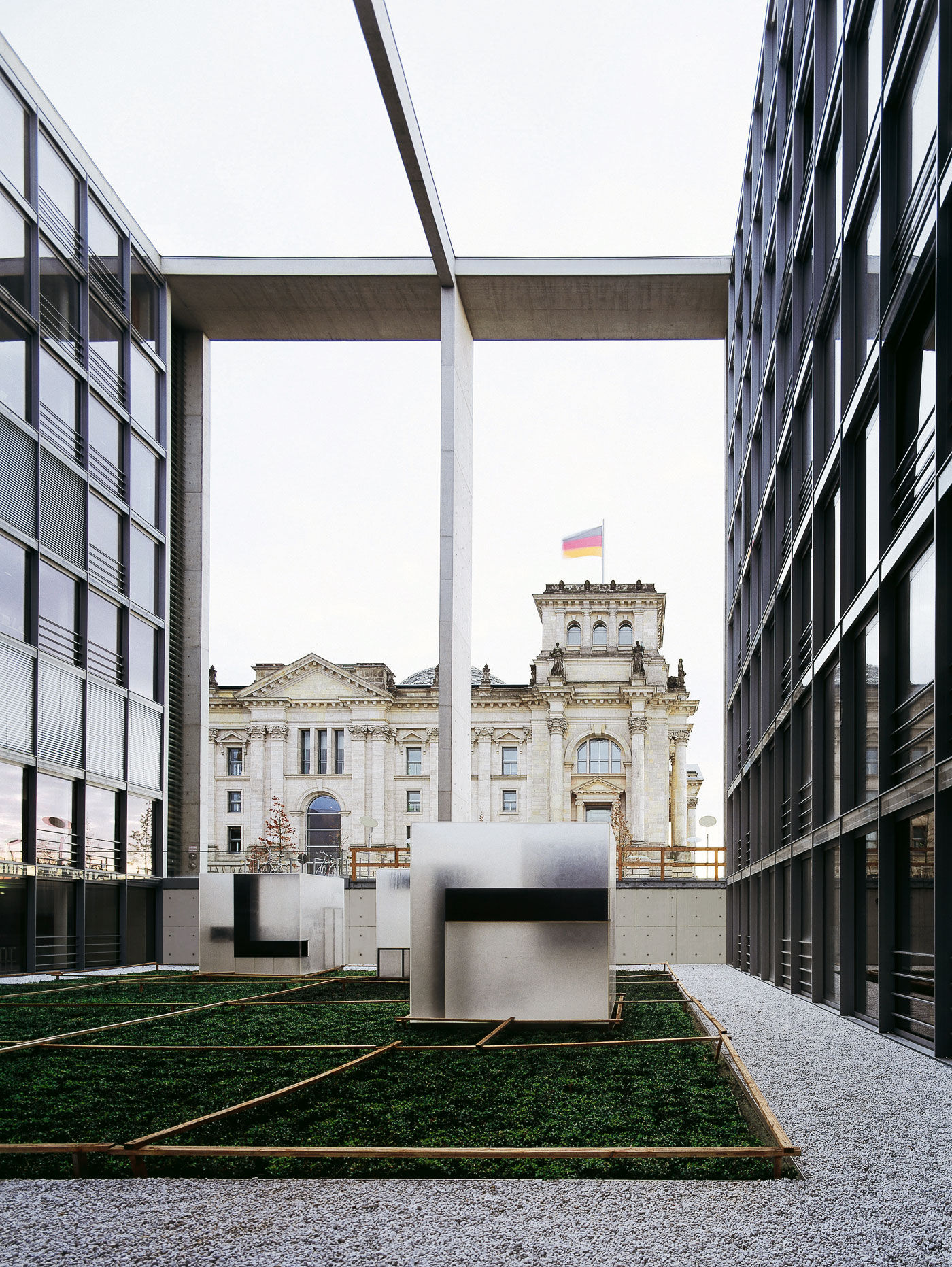
Franco Fontana, whose works are to be found in significant museums worldwide, set his photographs of VS Panton chairs into his central landscape subject.
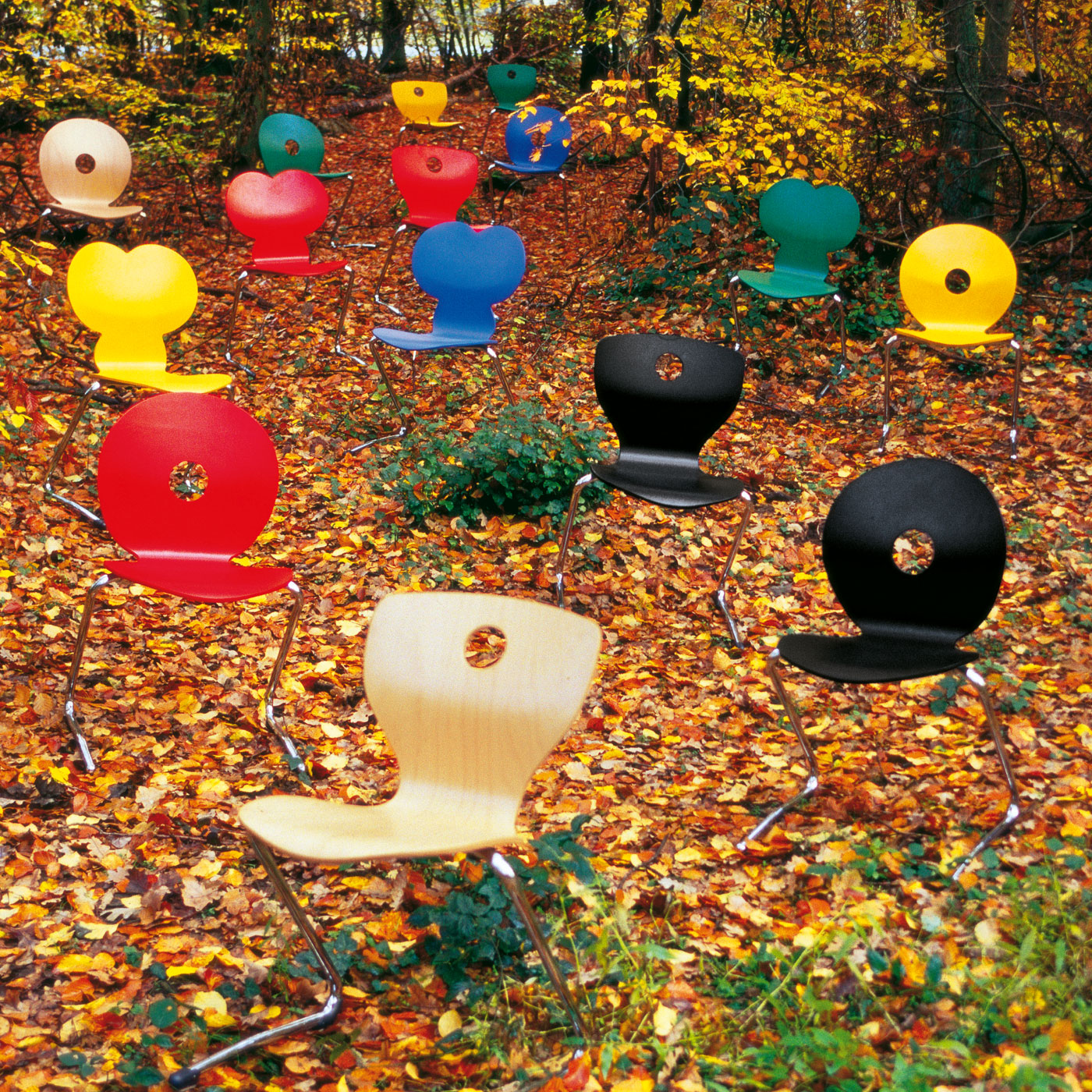
On the 50th anniversary of the death of Maria Montessori, teaching materials from the estate of the Berlin VS founding company, P. Johannes Müller & Co were presented in the Berlin Bauhaus Archive, Museum of Design.
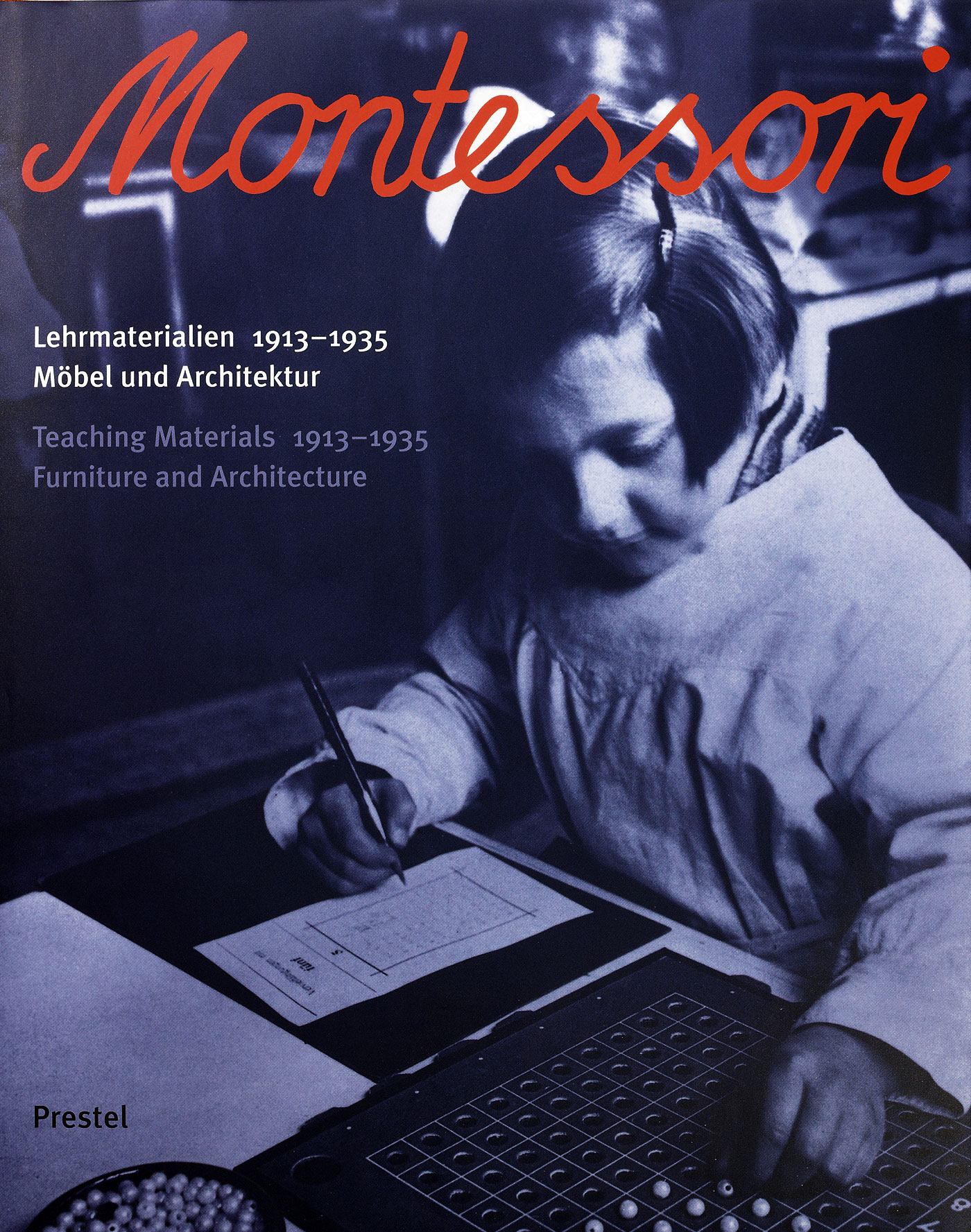
VS workplace systems are convincing in both design and performance levels. This is reflected in their deployment by major customers from many different areas such as the automobile industry, banks, insurance firms and management consultancies.
VS manufacture highly flexible furniture for all-day school. This includes the Series 600 racks and storage space furniture and RondoLift mobile teacher’s table with infinite height adjustment.
Upholstered furniture for quiet zones in the all-day school: The VS Series Lounge offers flexible combinable upholstered elements.
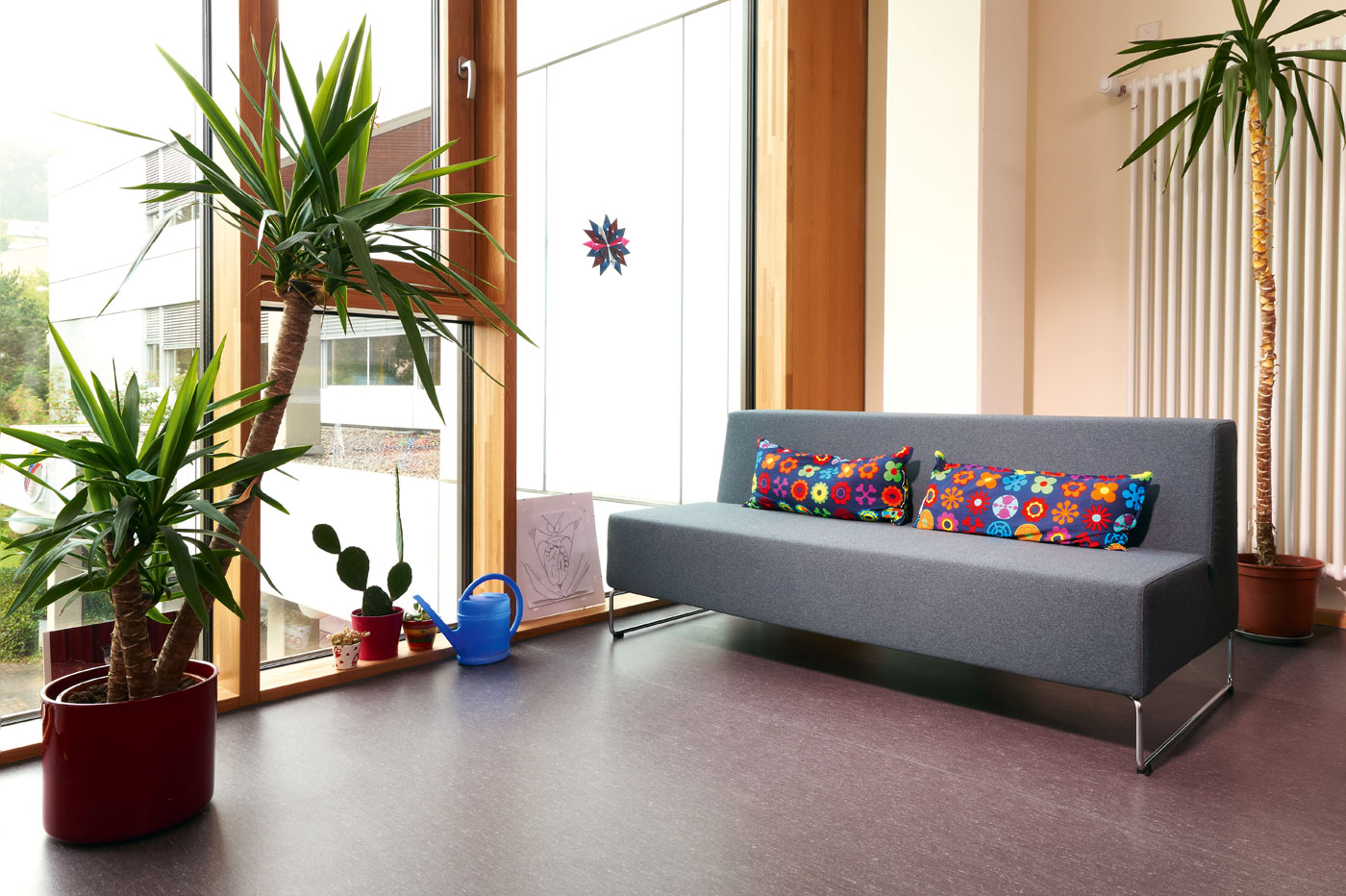
Interactive learning: The ActiveBoard makes interactive lessons possible. VS developed complete solutions with integrated close-range projector.
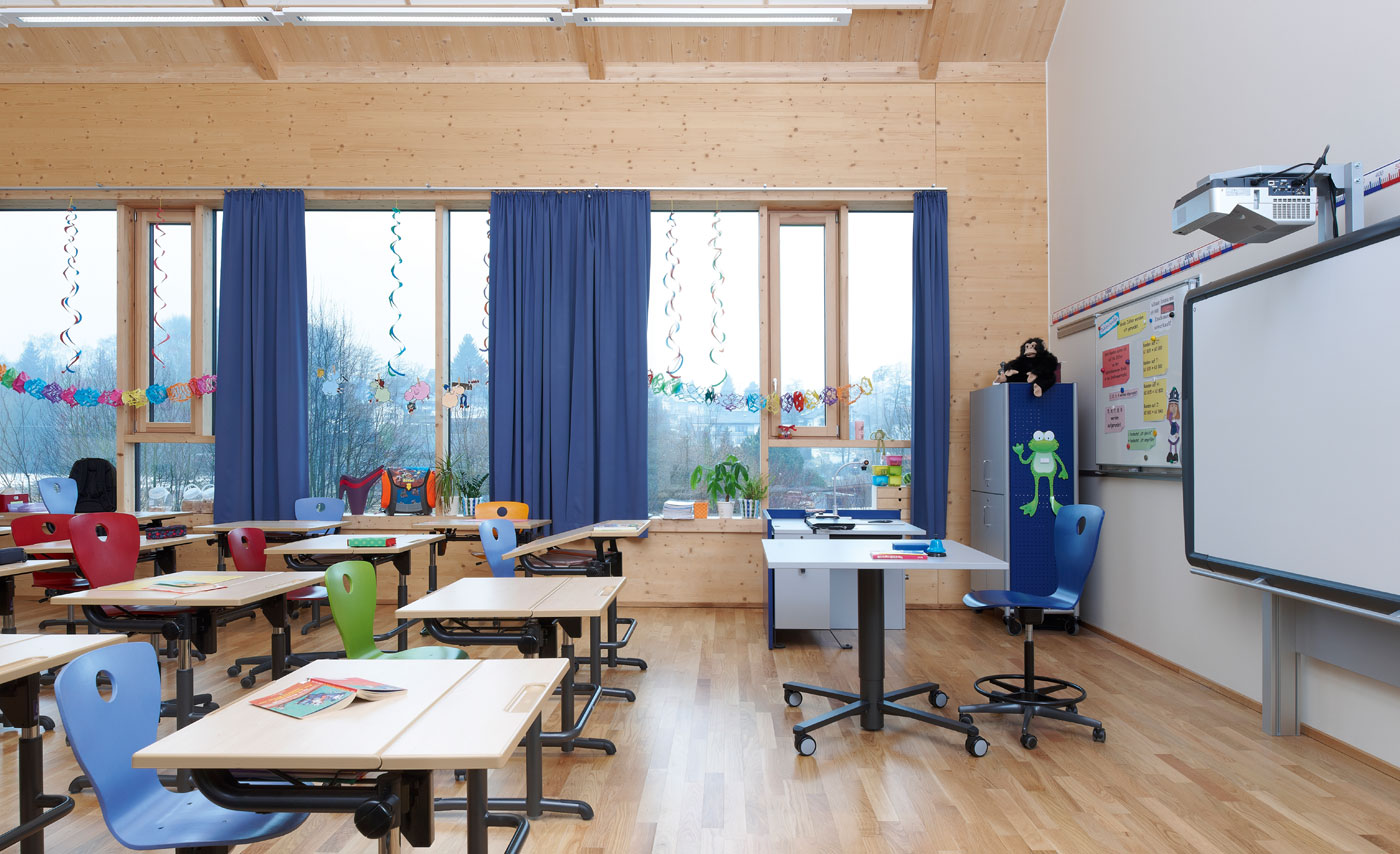
As a complete supplier VS is in a position to develop and organize learning and school living areas in all its diversity. Such open-learning landscapes allow for flexible differentiation within the learning environment.
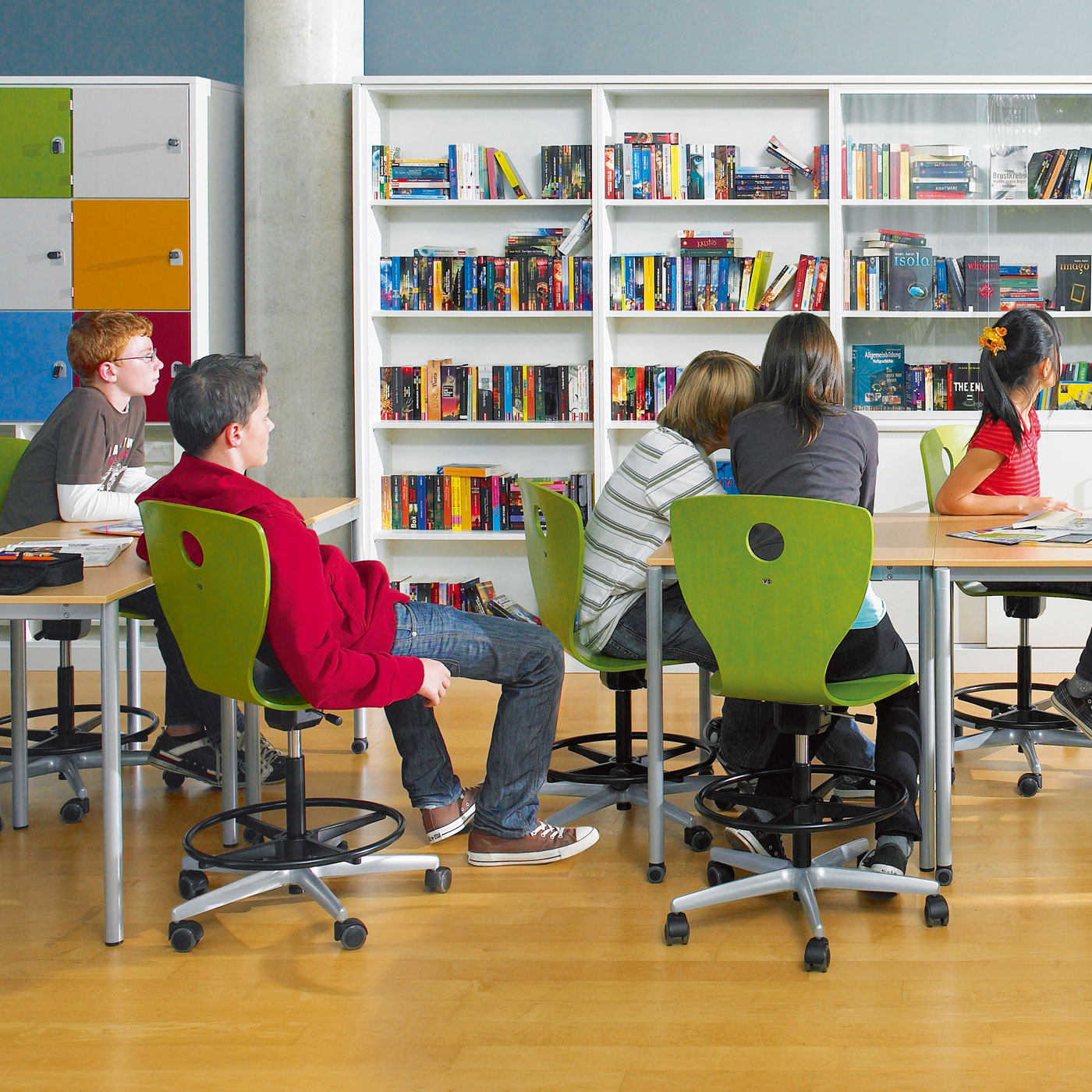
On January 1st, 2016, Philipp Müller took over as Chairman of the Management Board (CEO). Since May 2019 Mr. Müller is sole managing director. The company is therefore now family-run for the fourth generation.